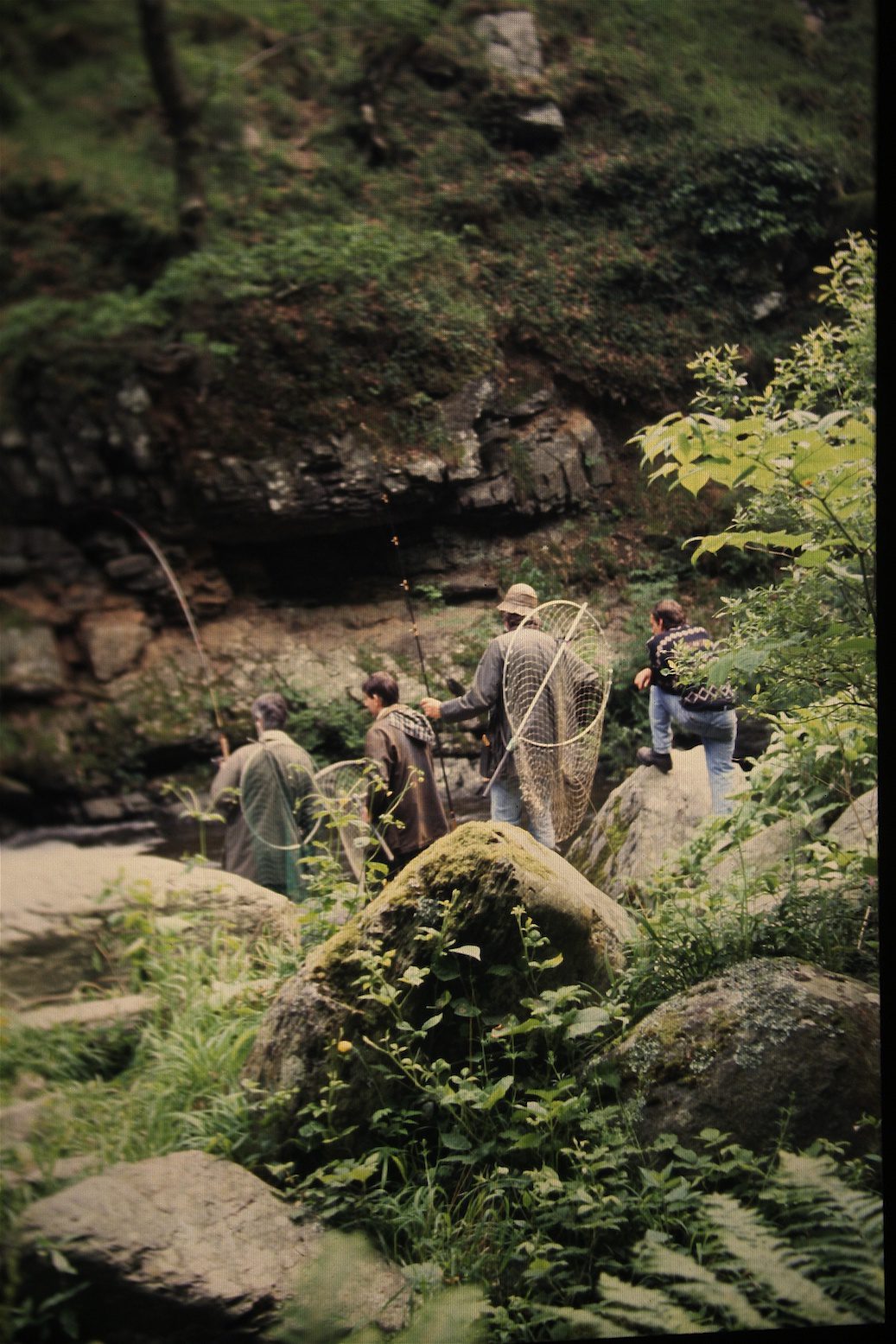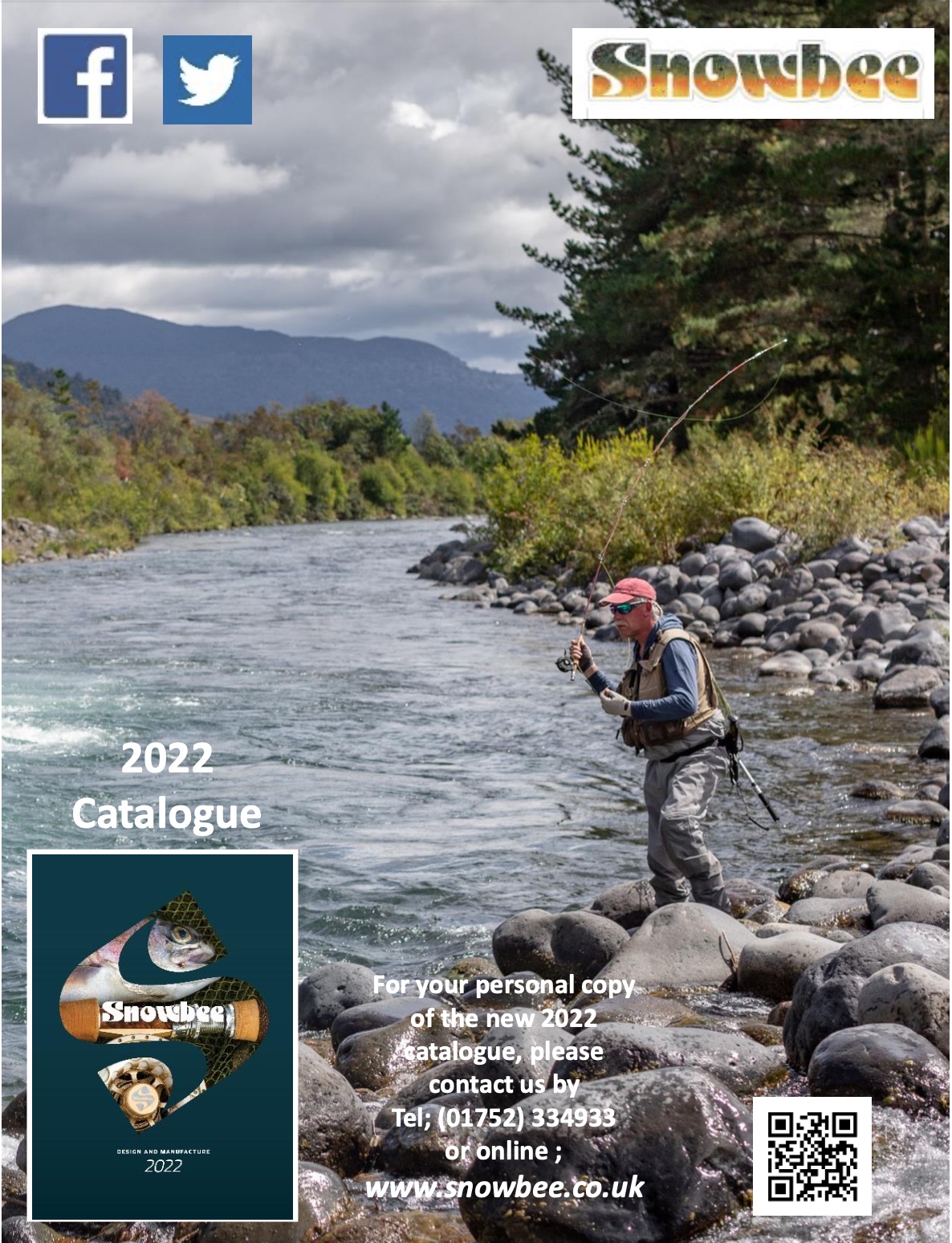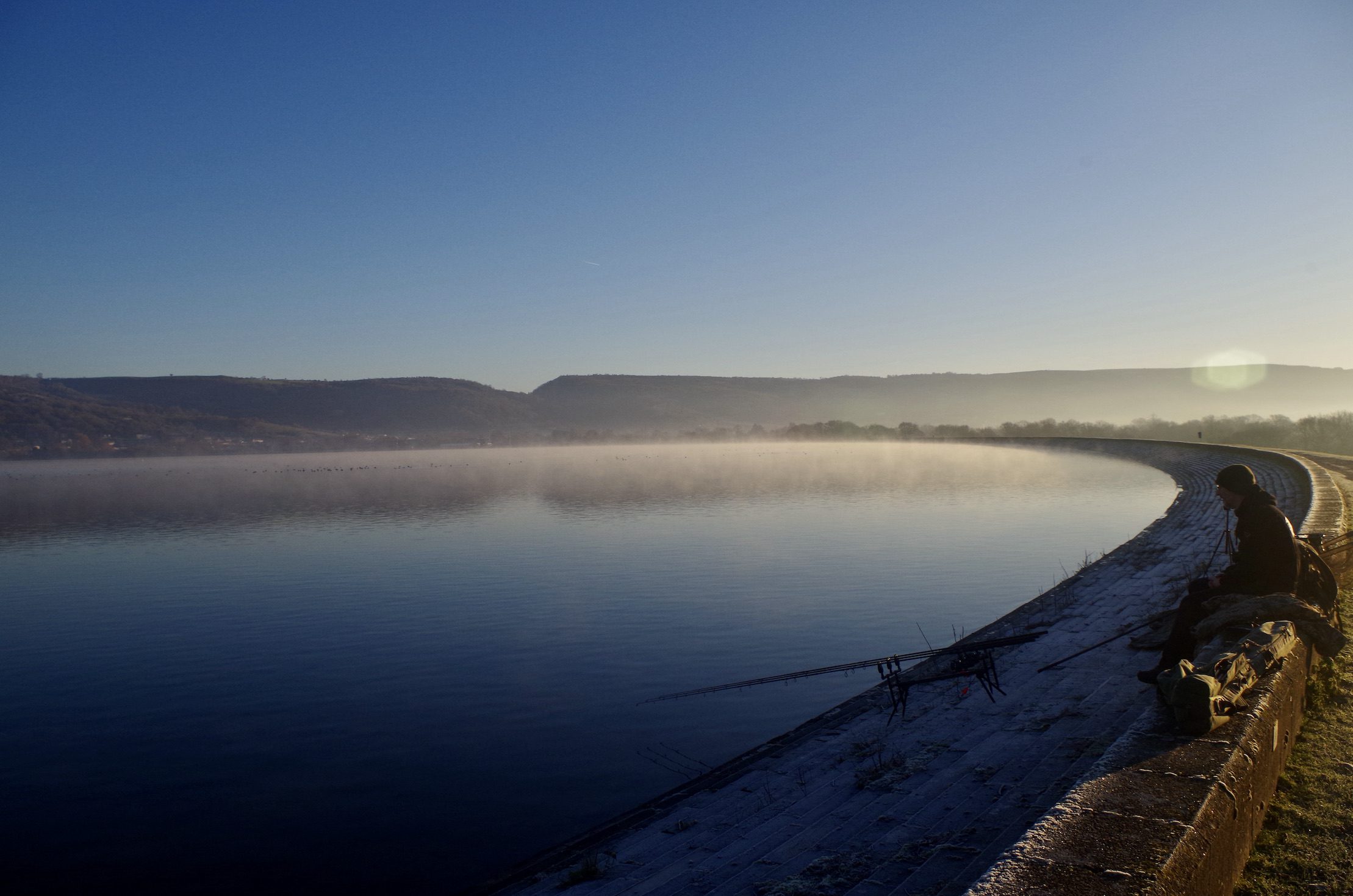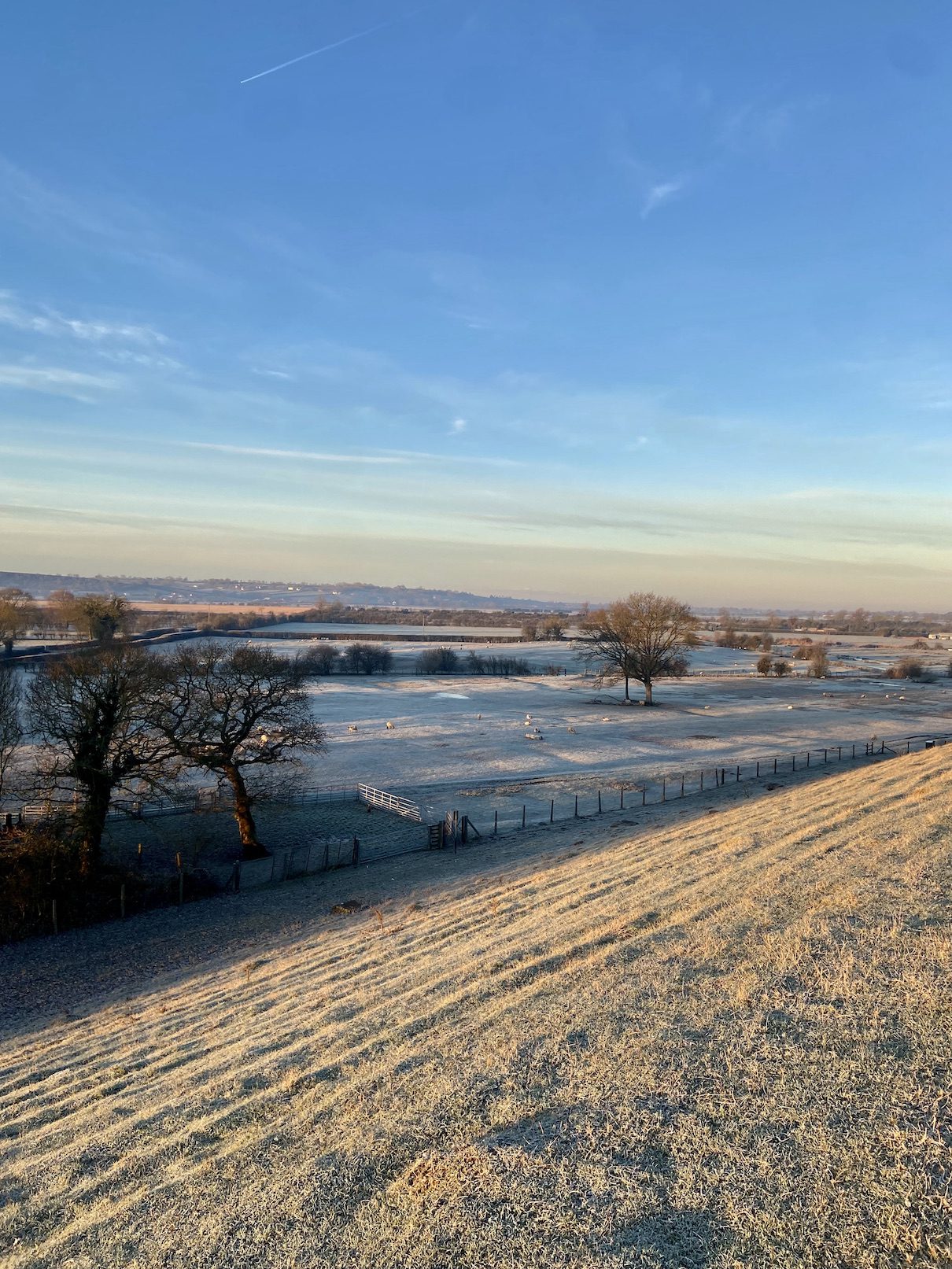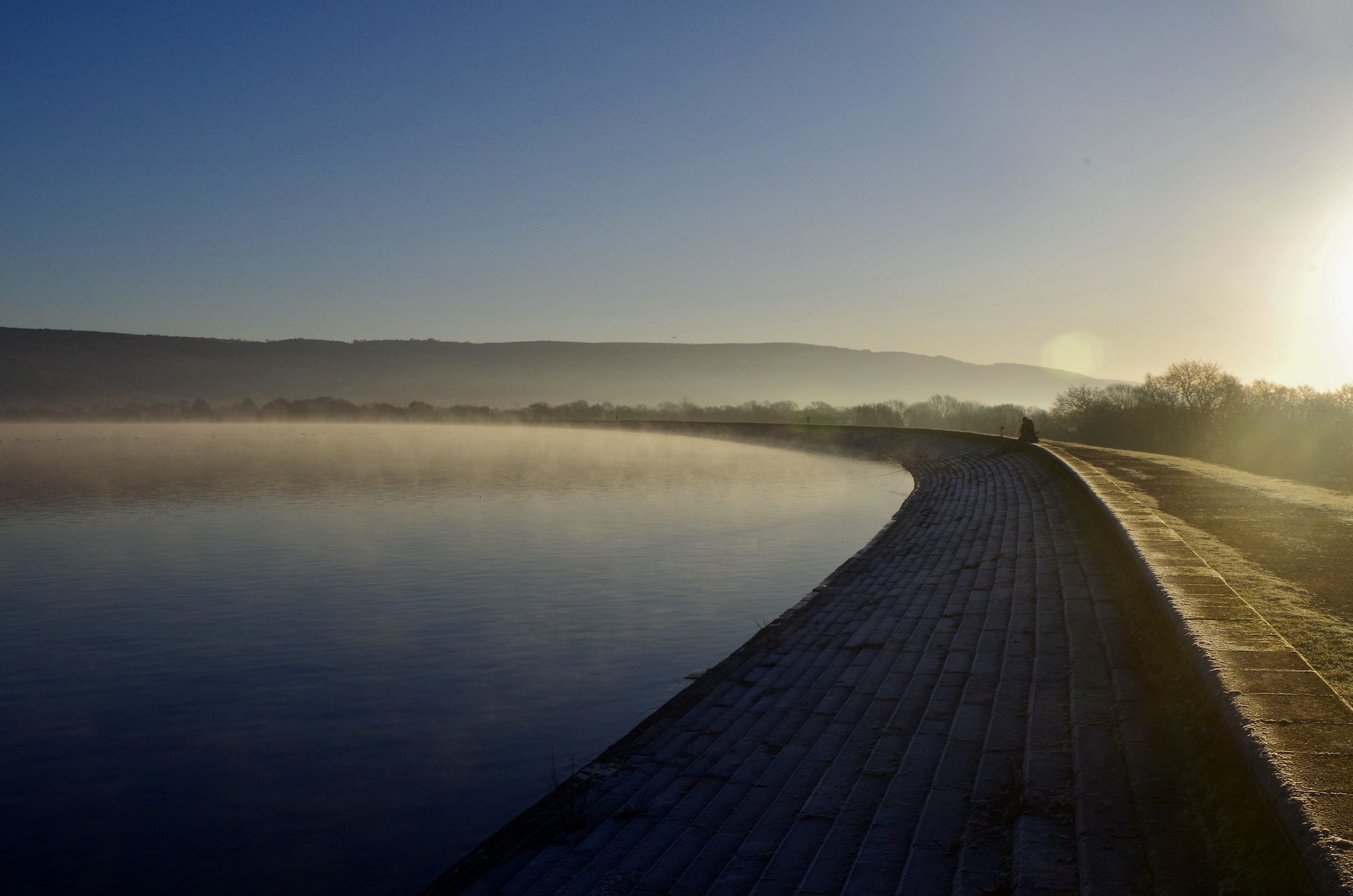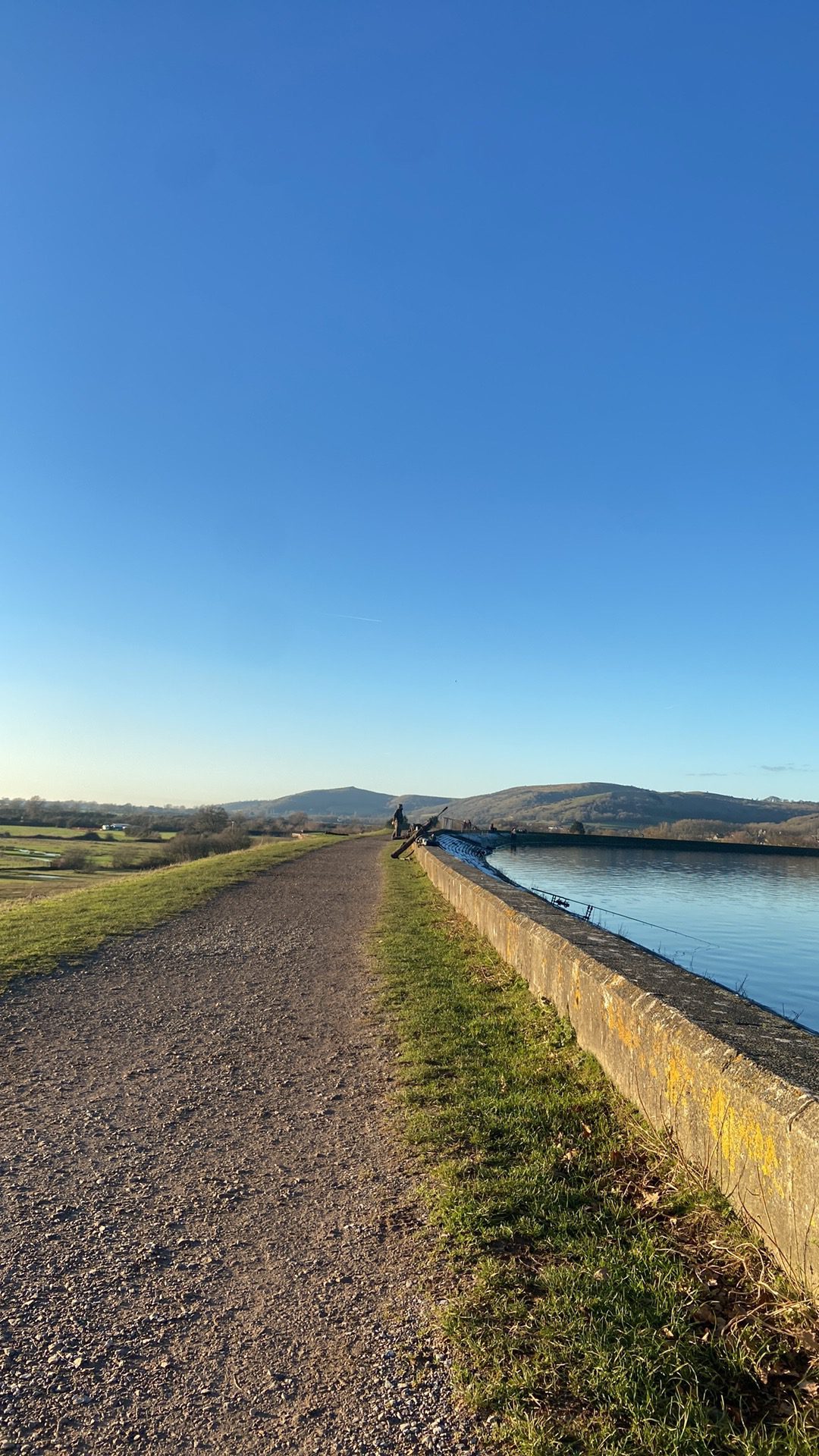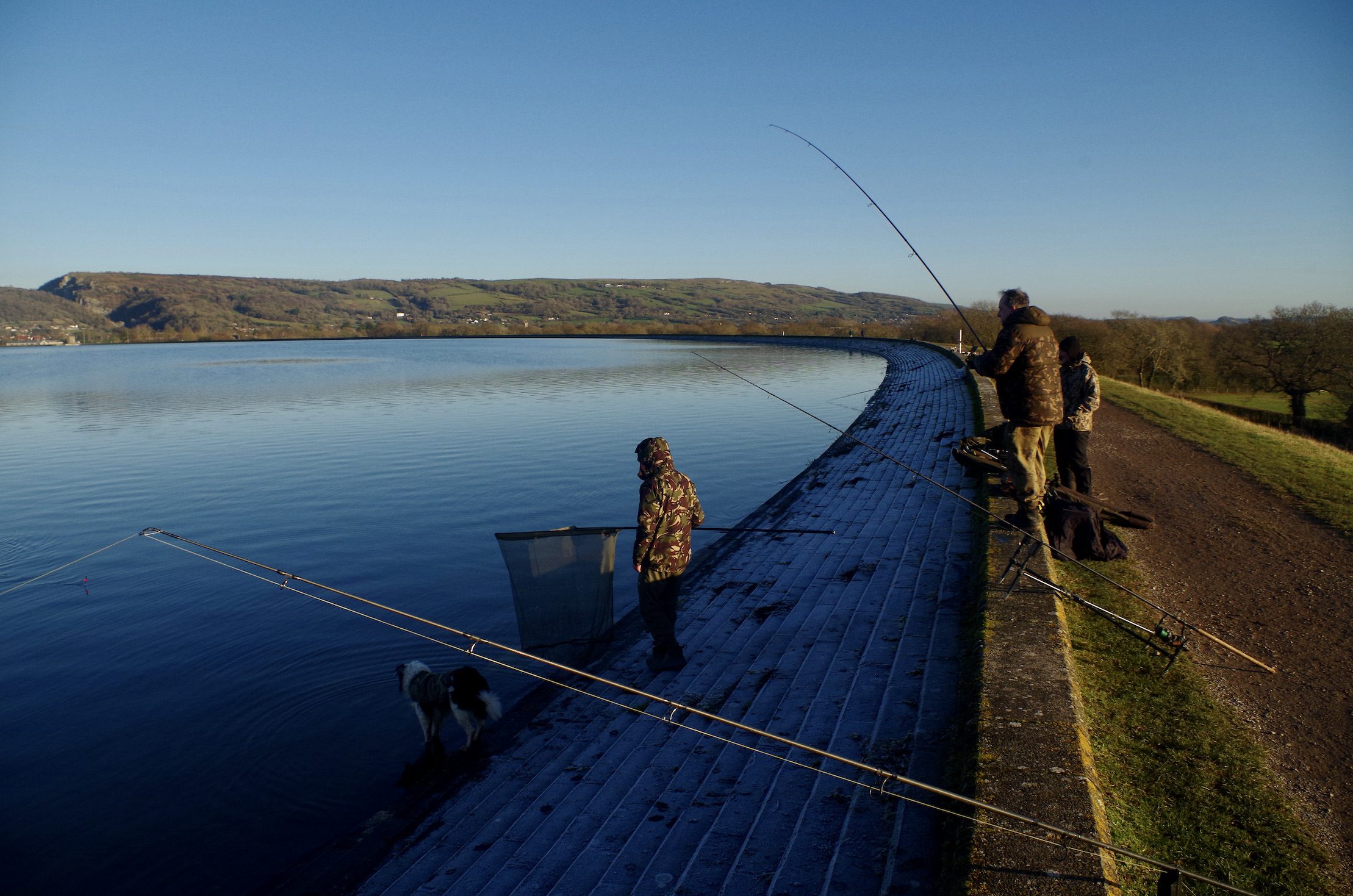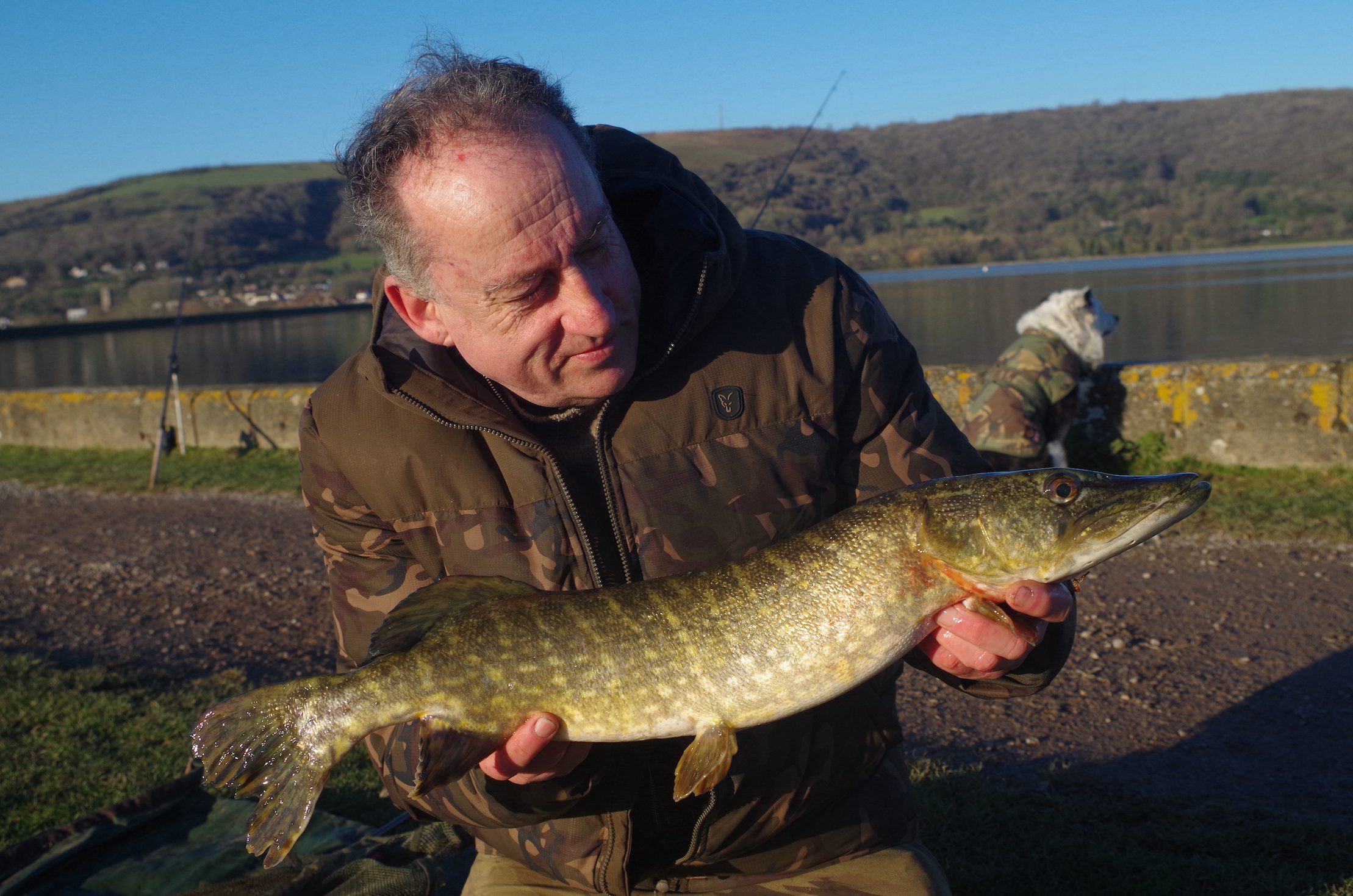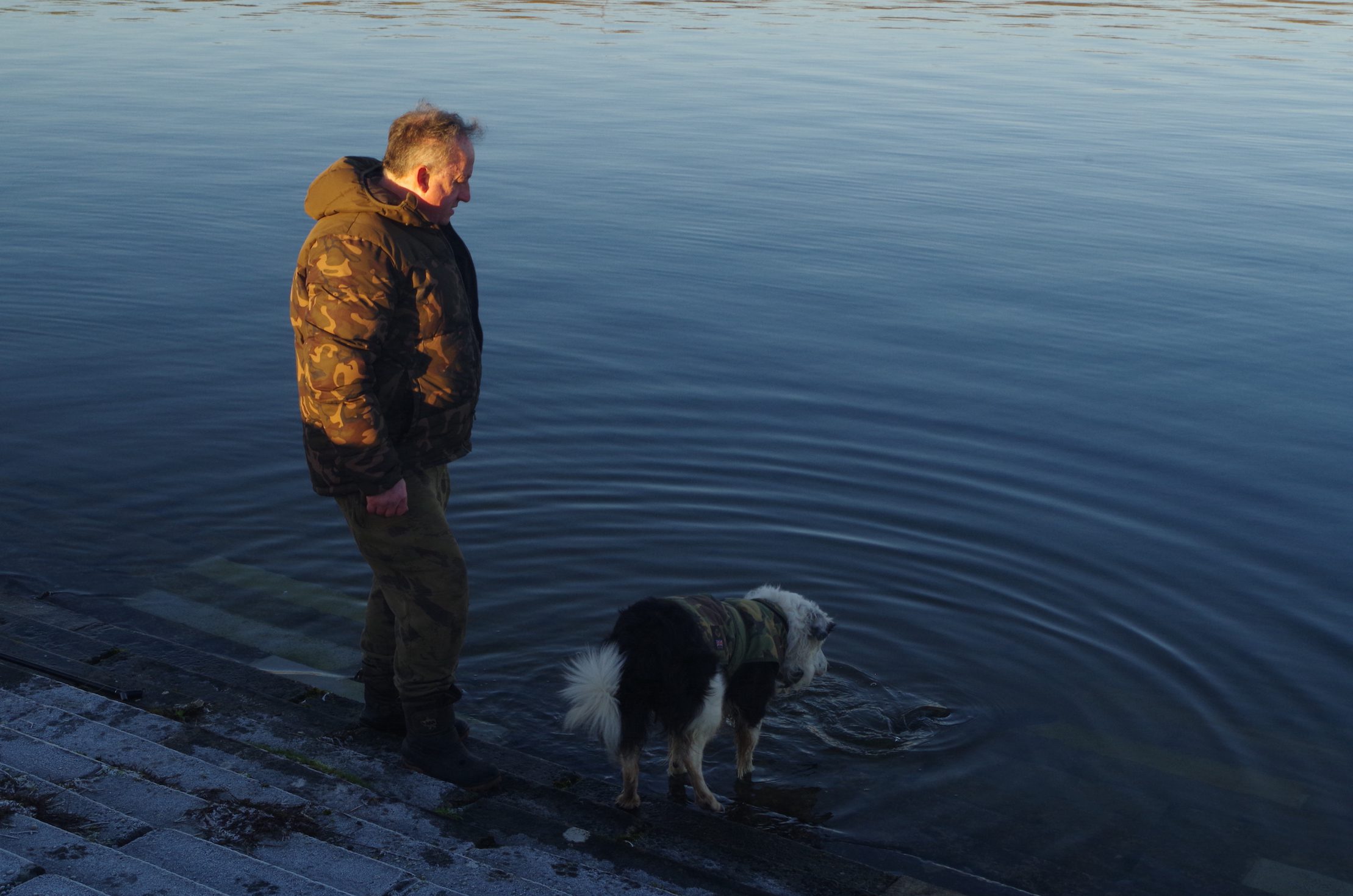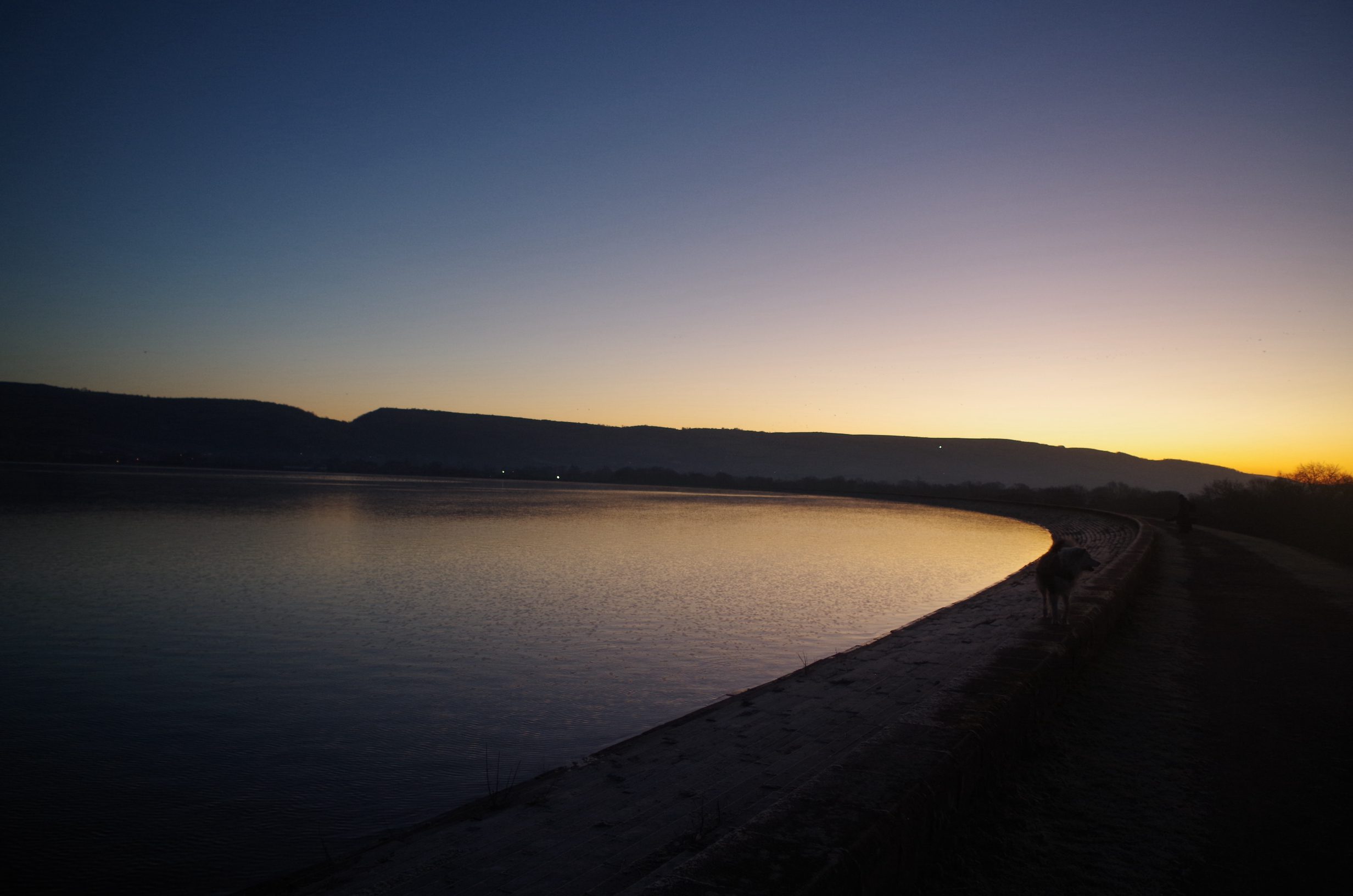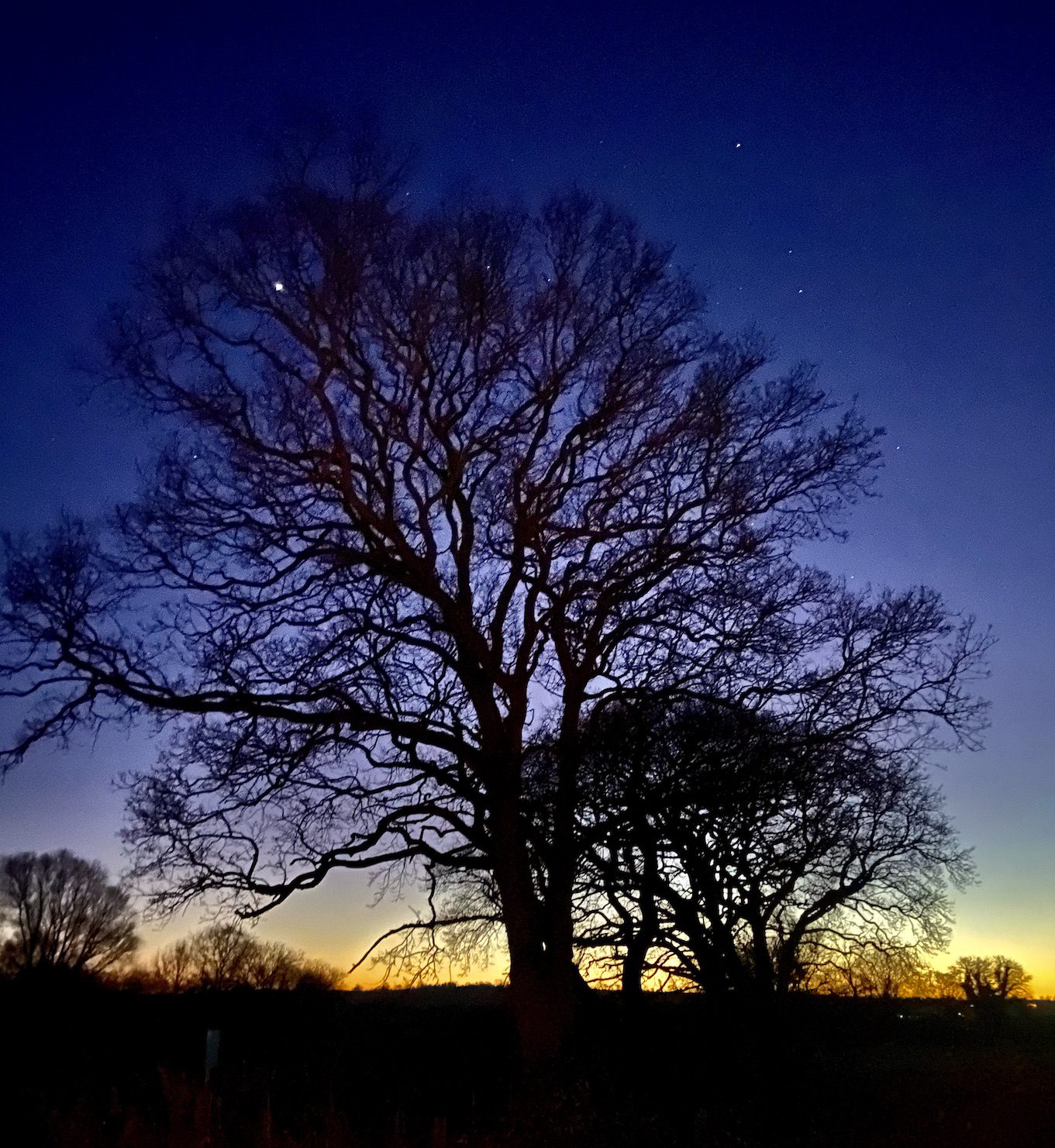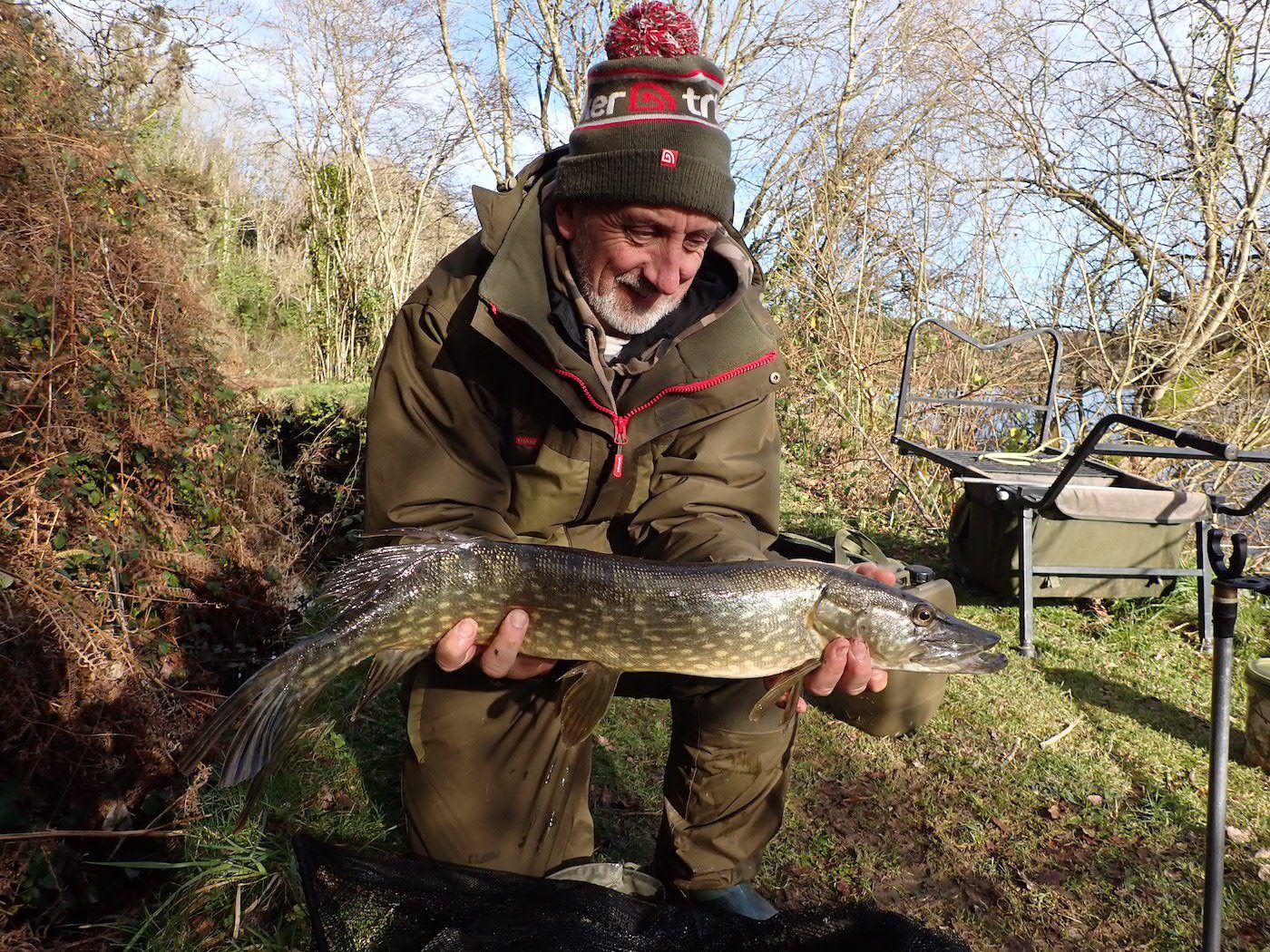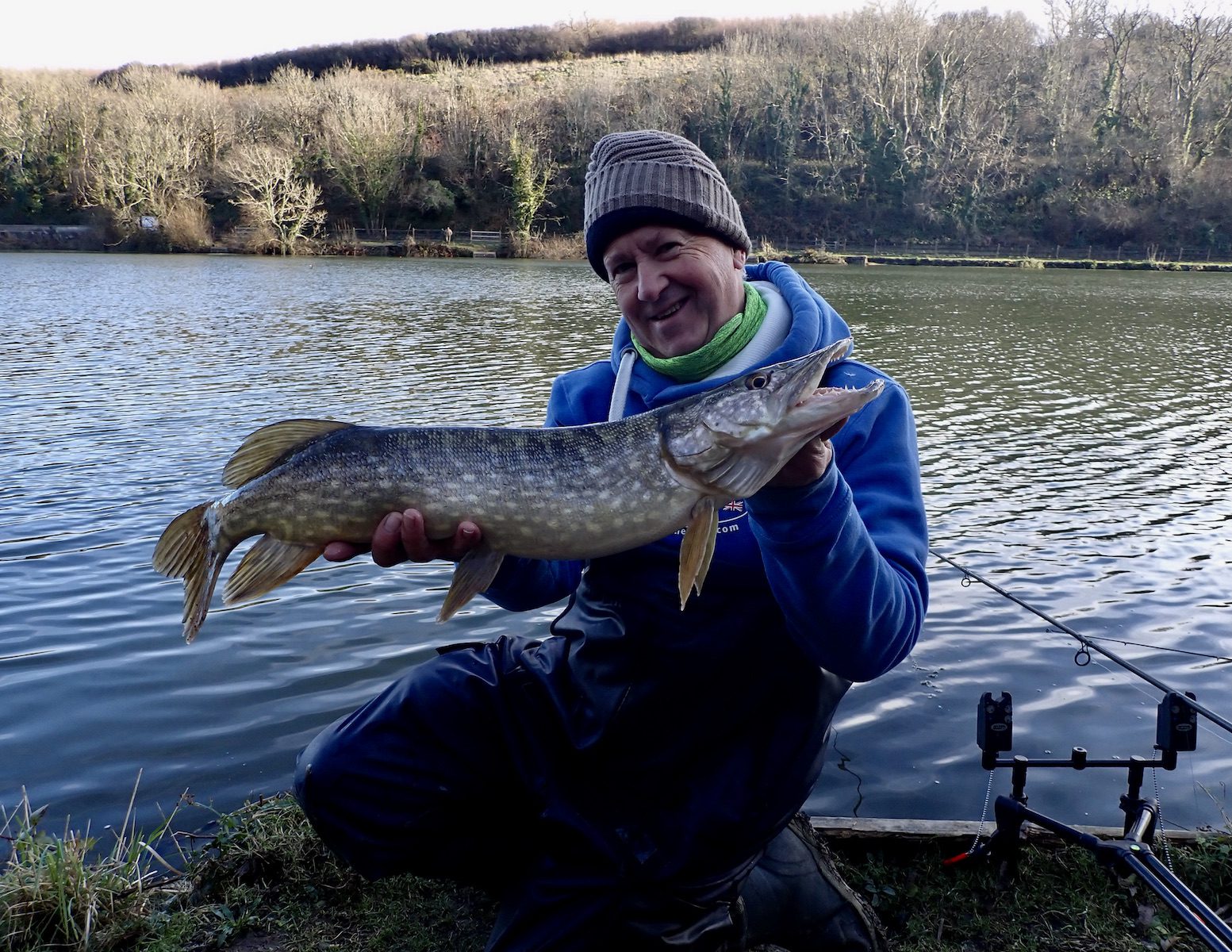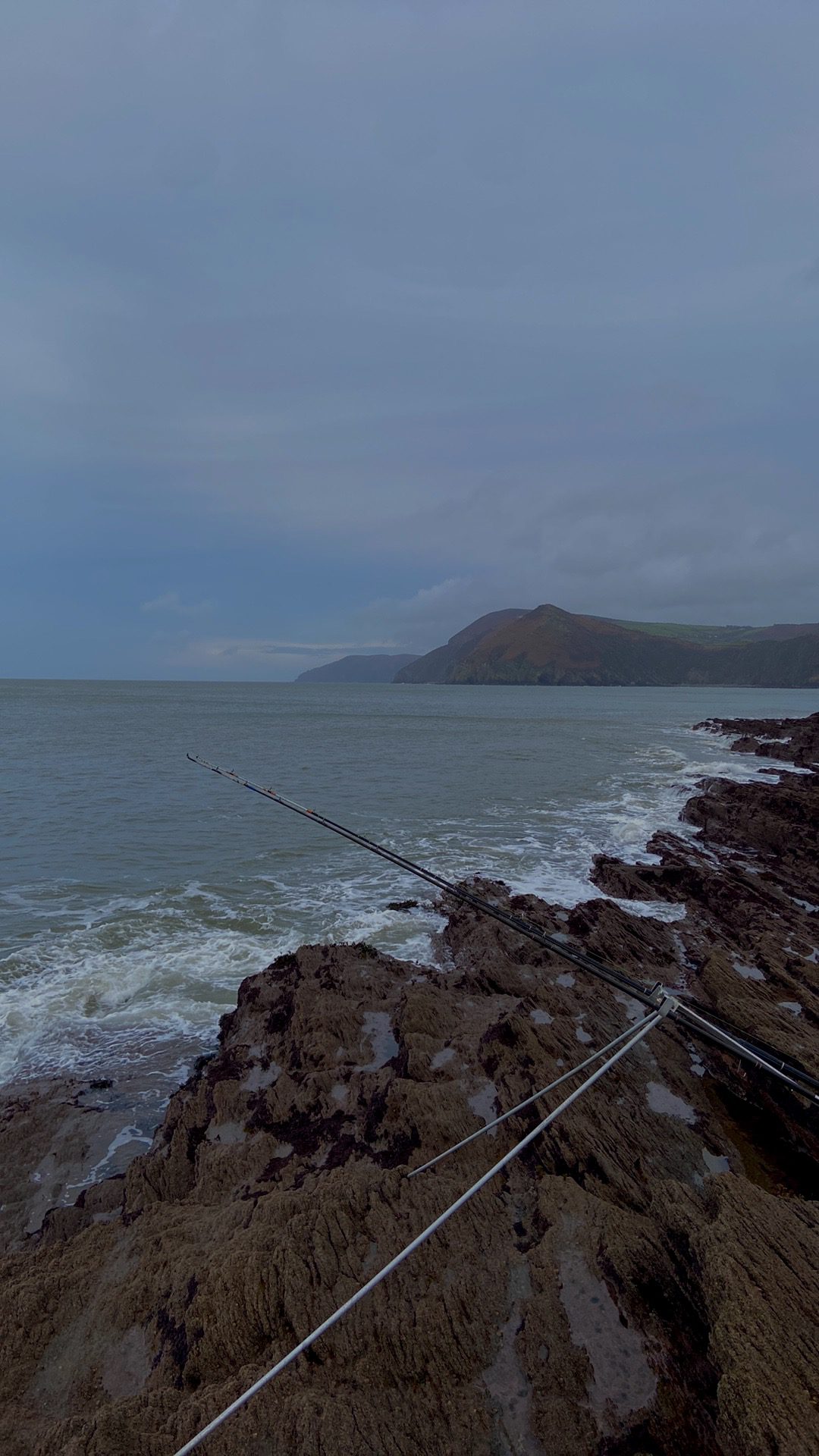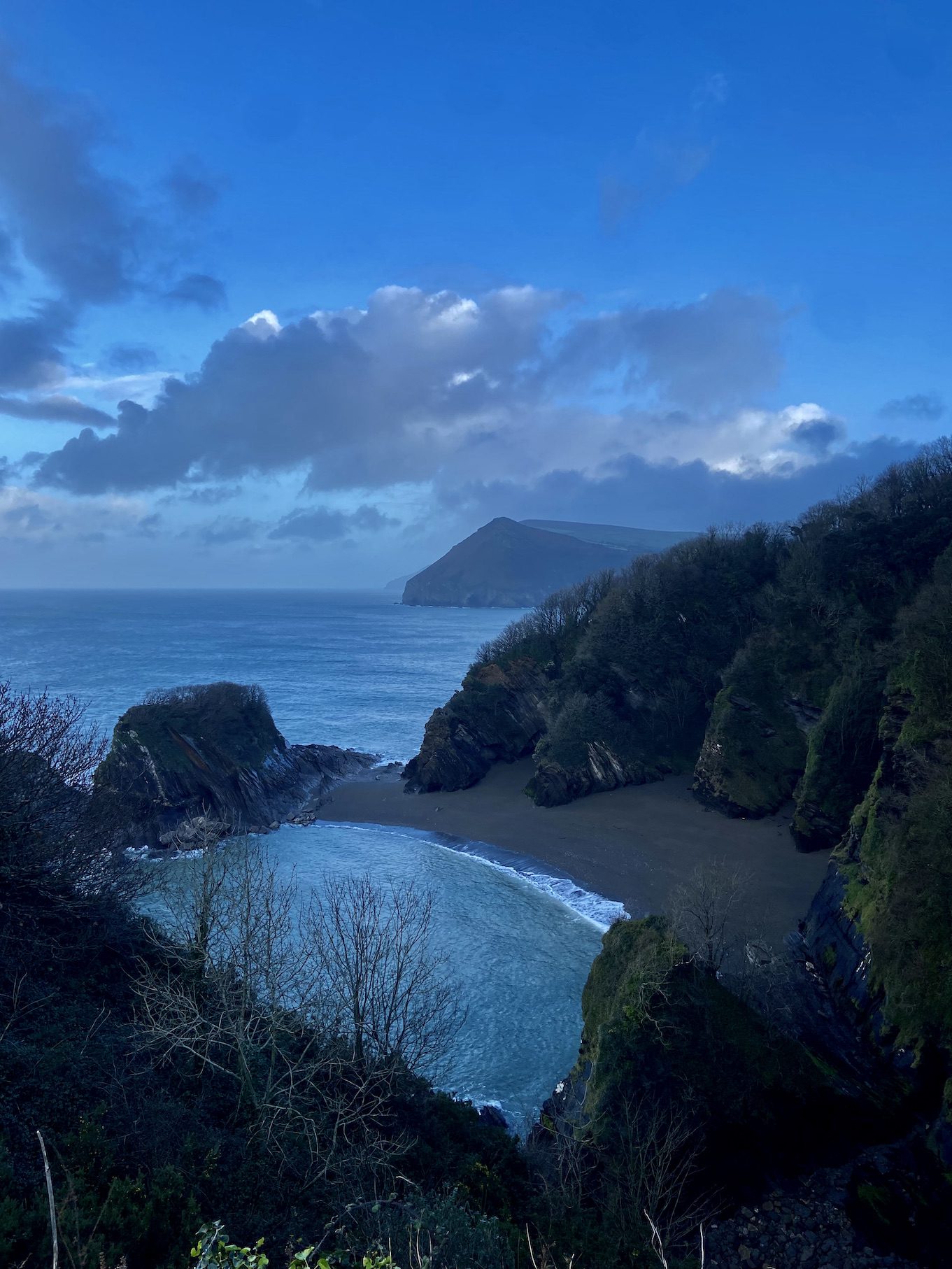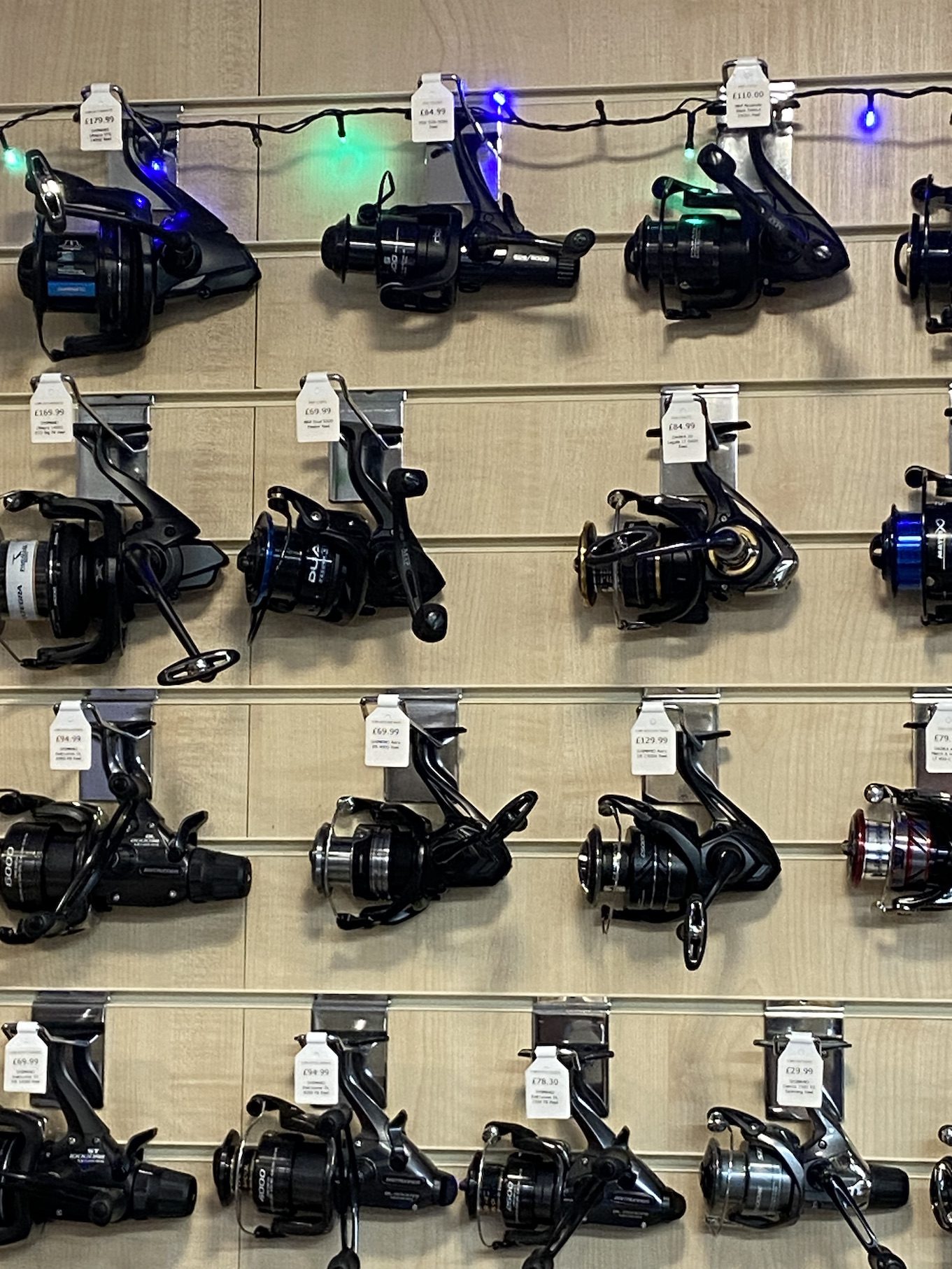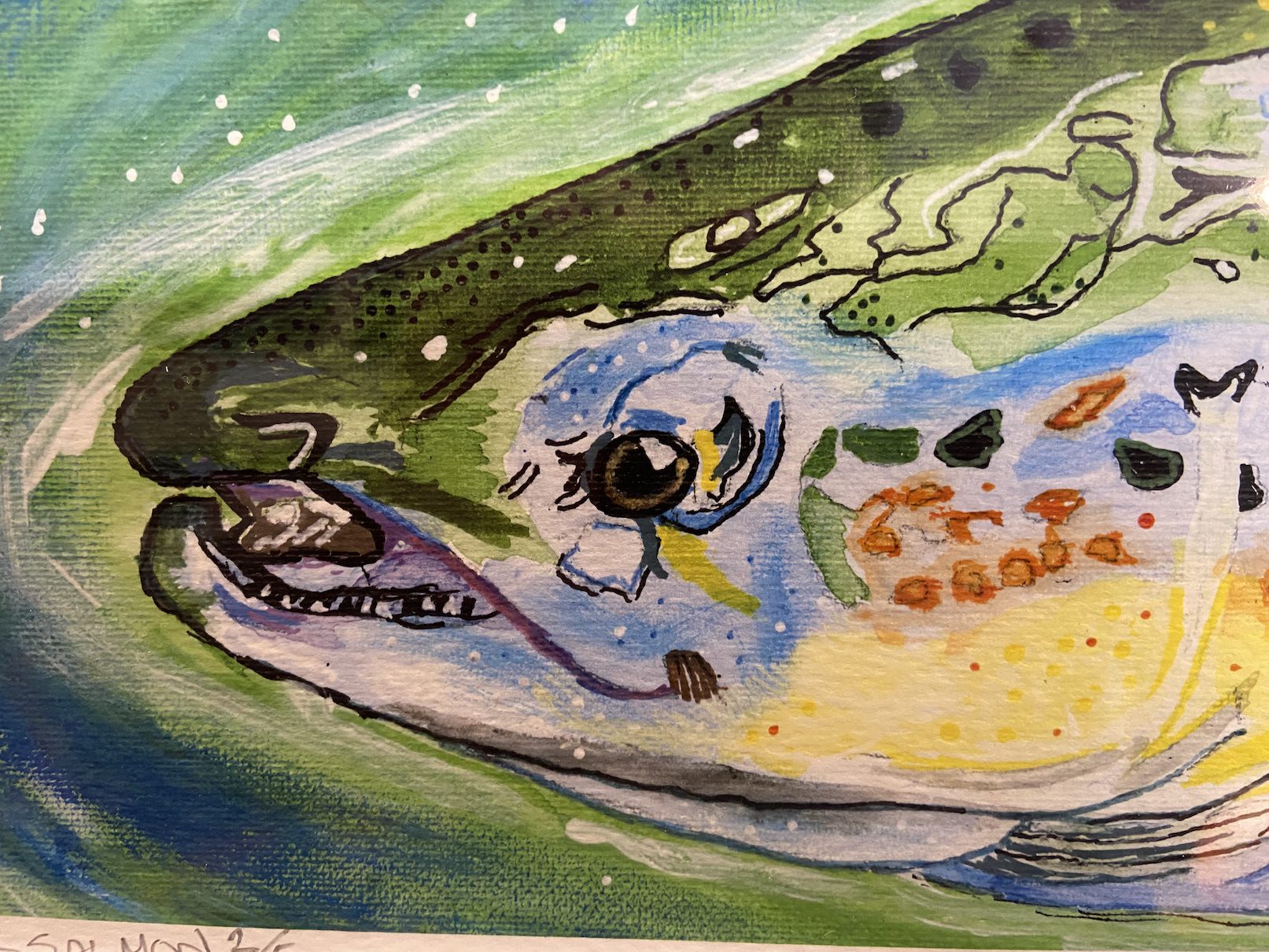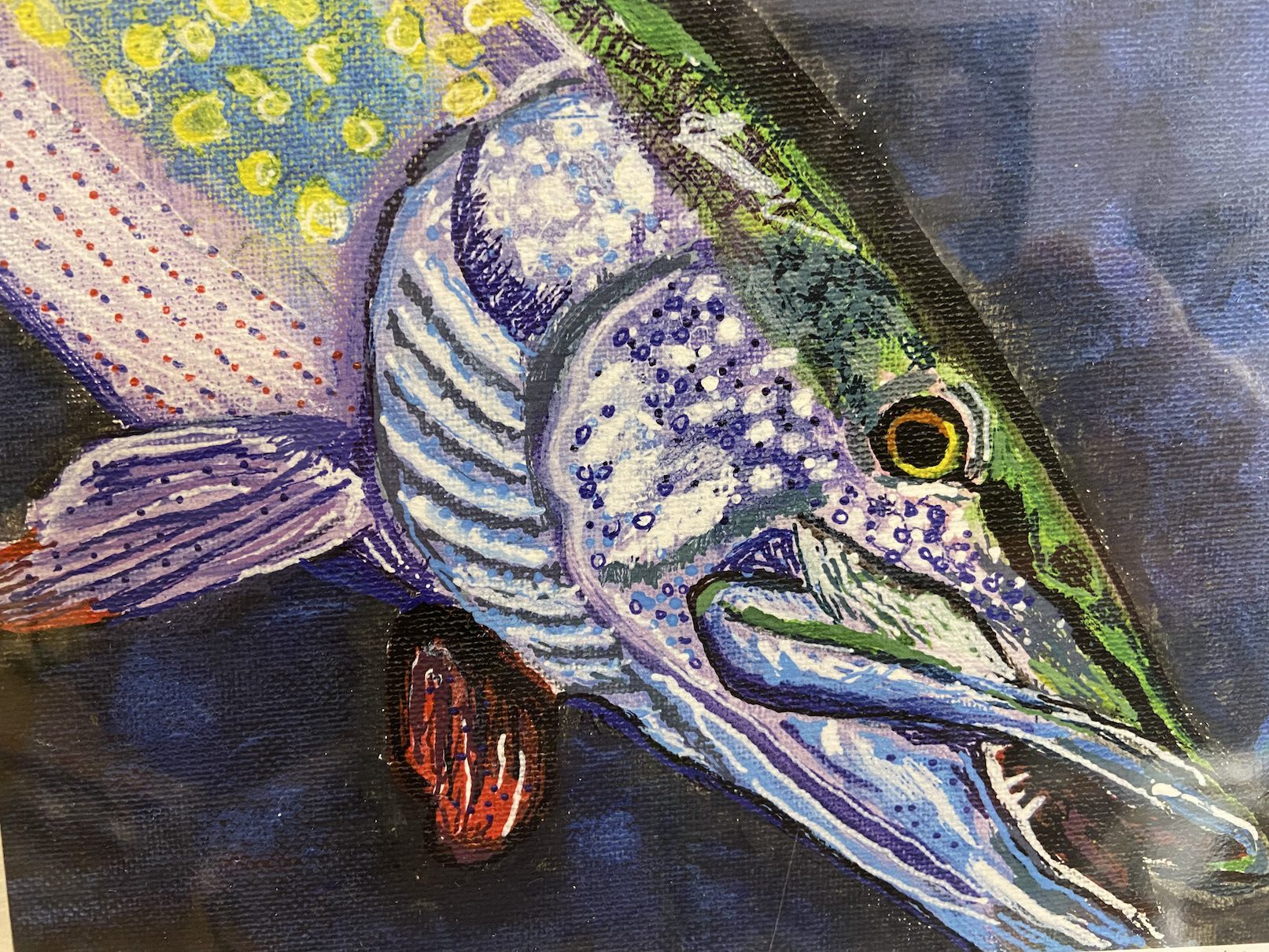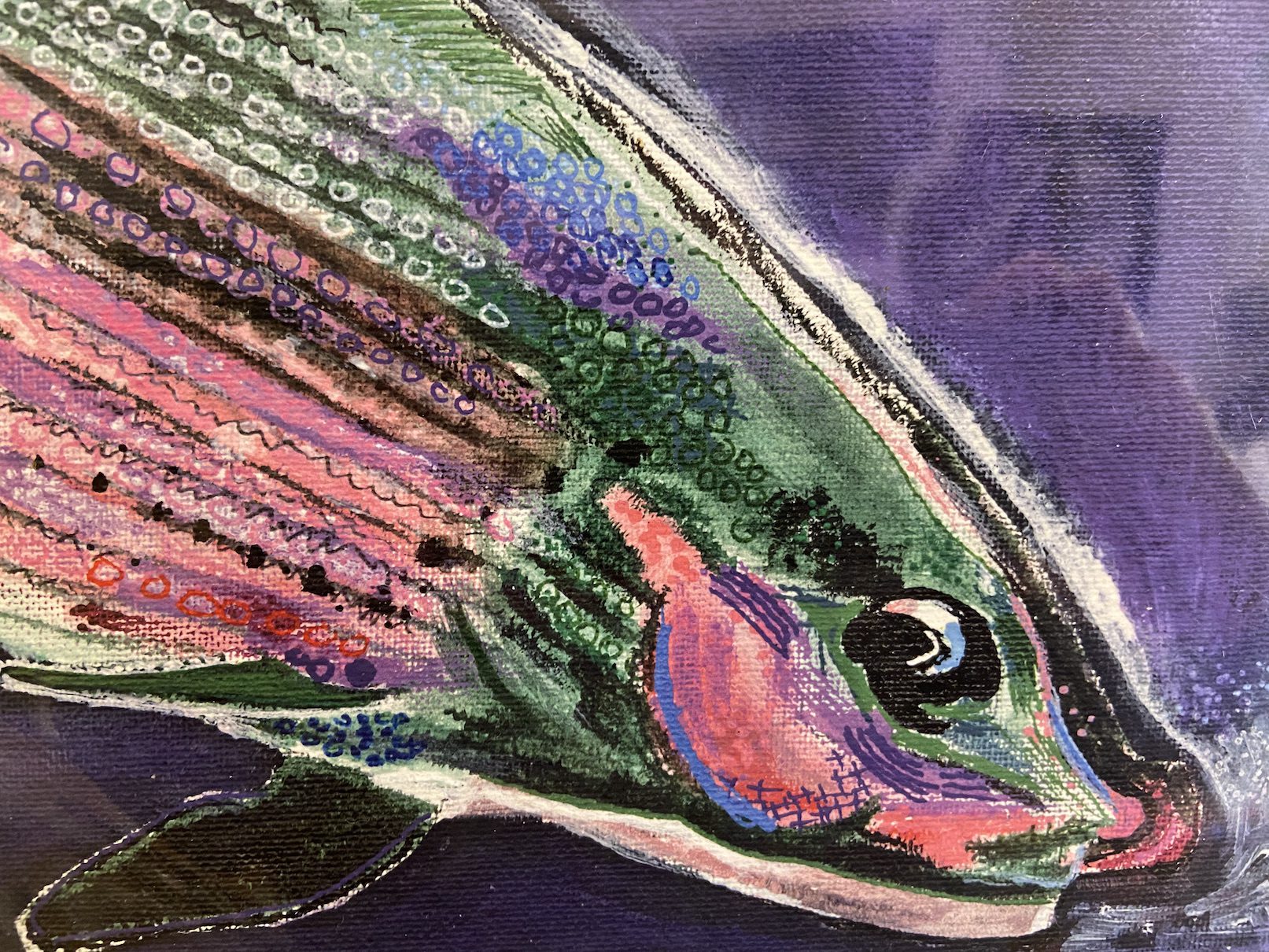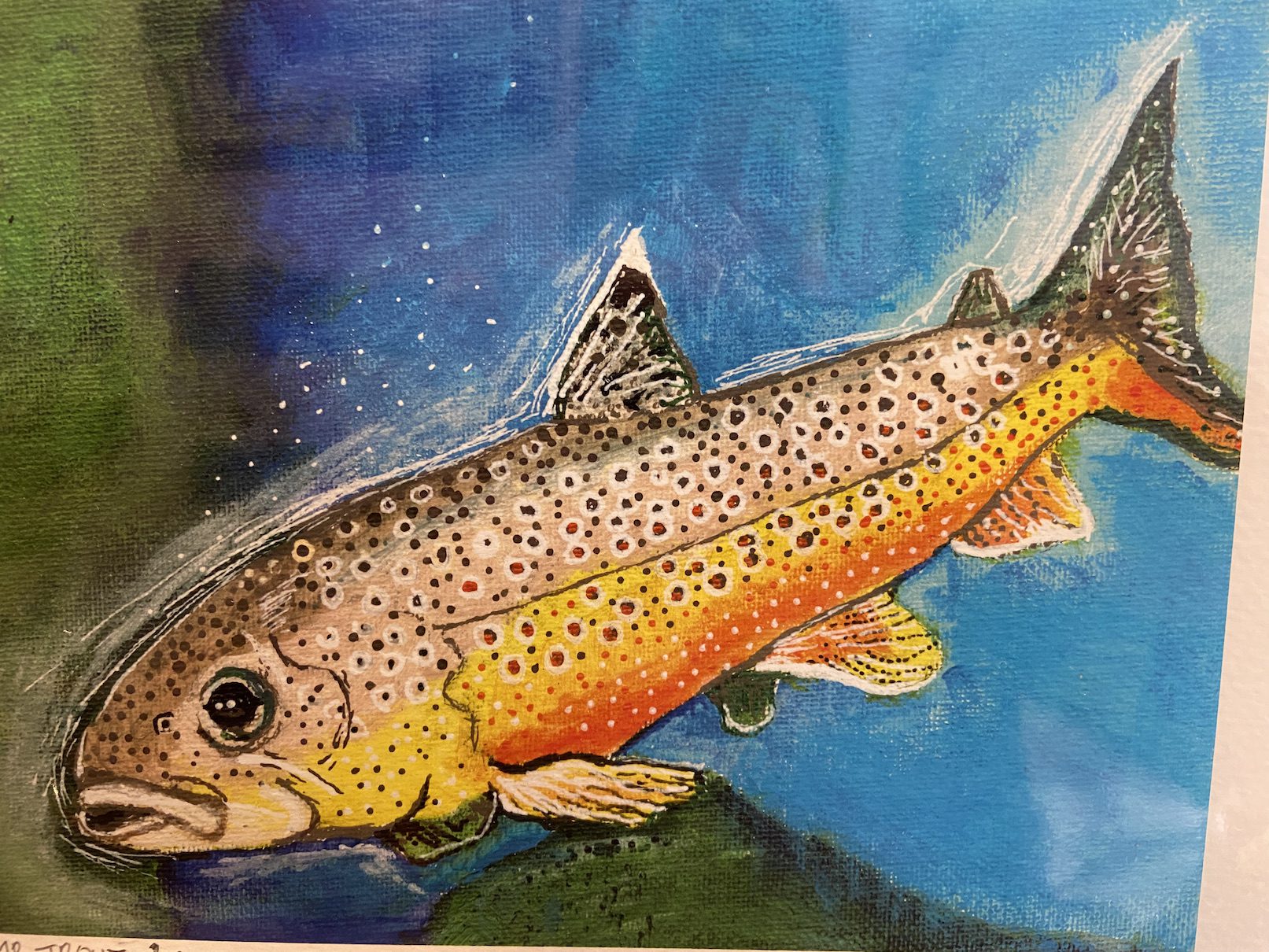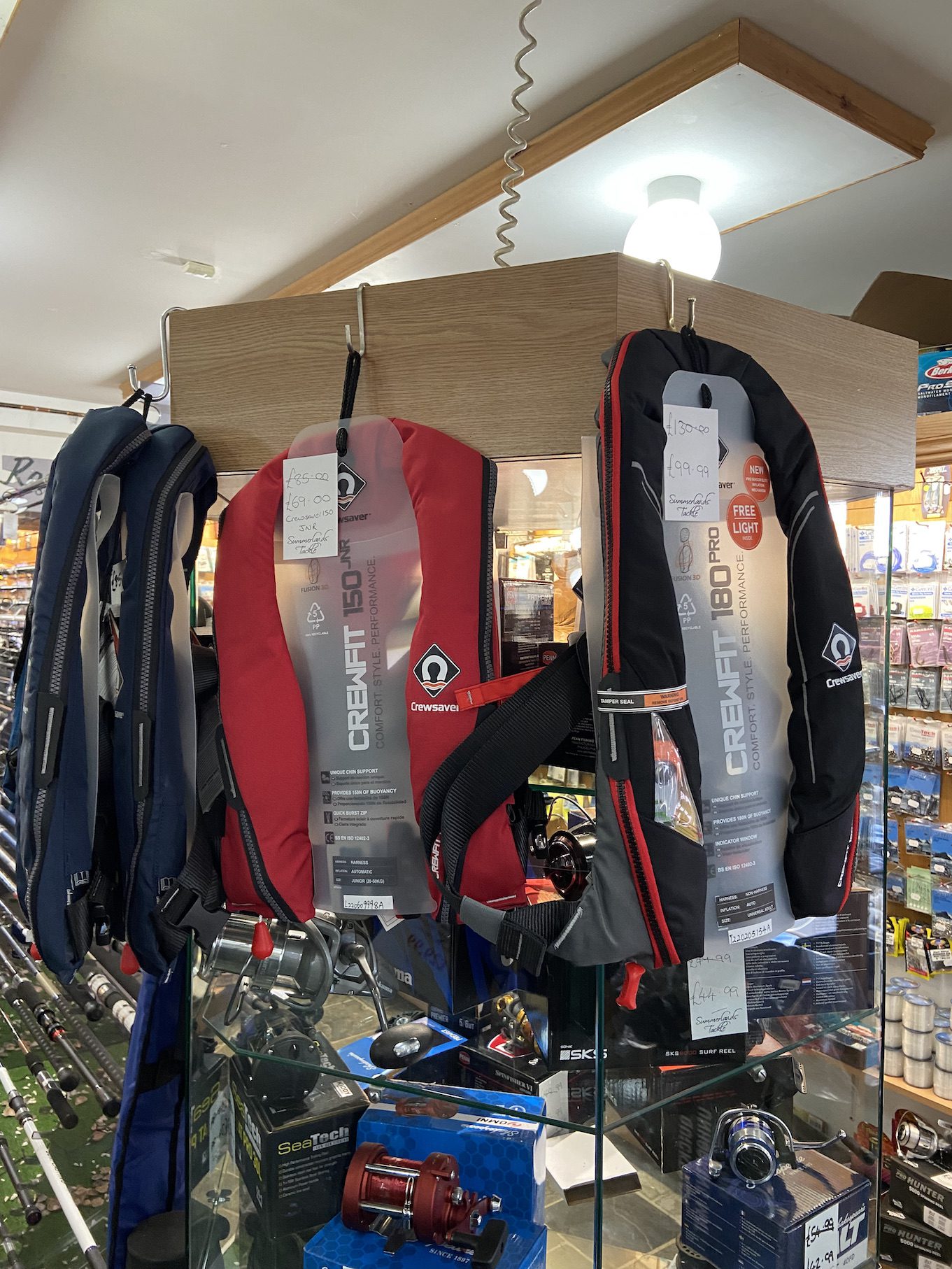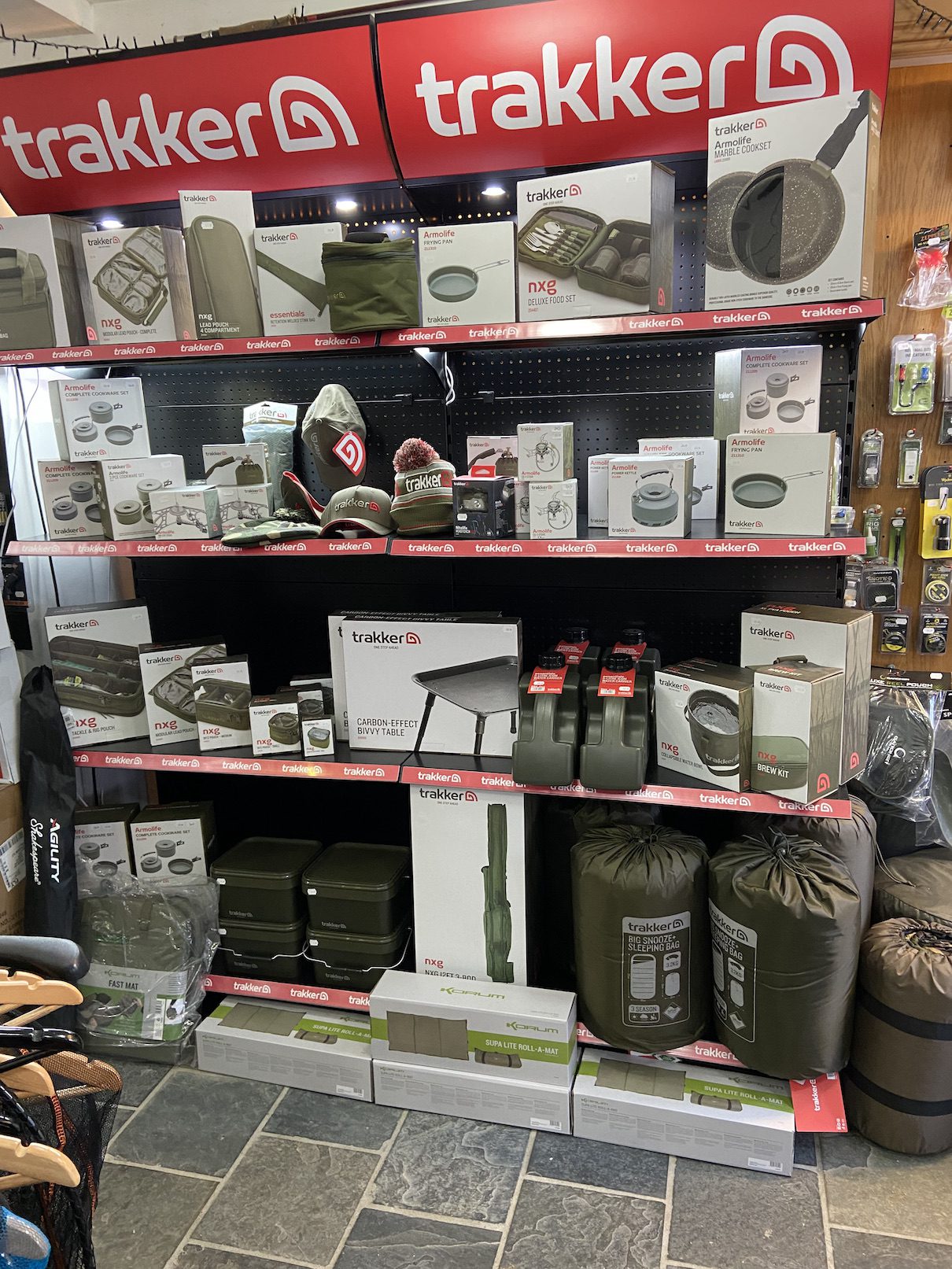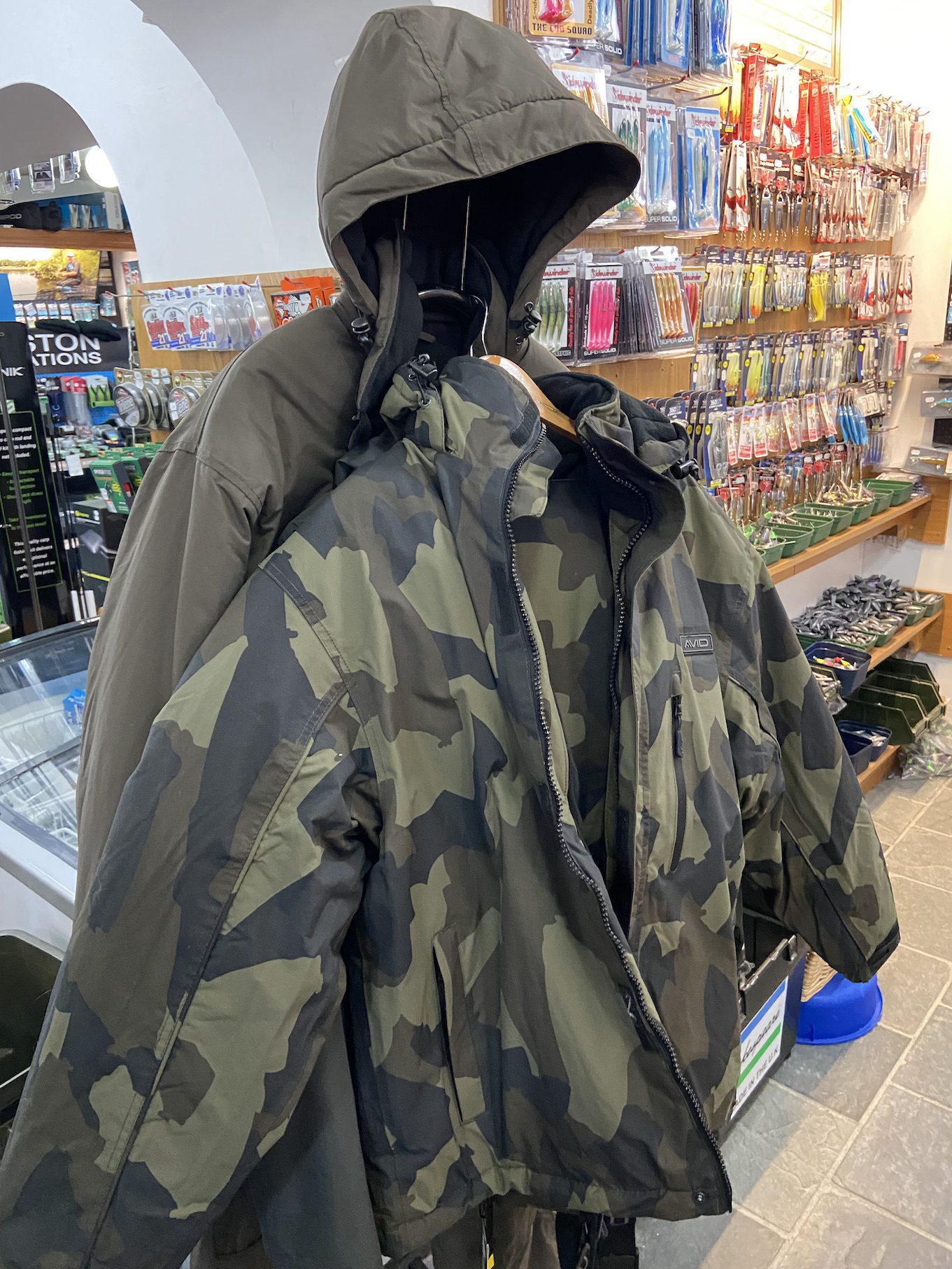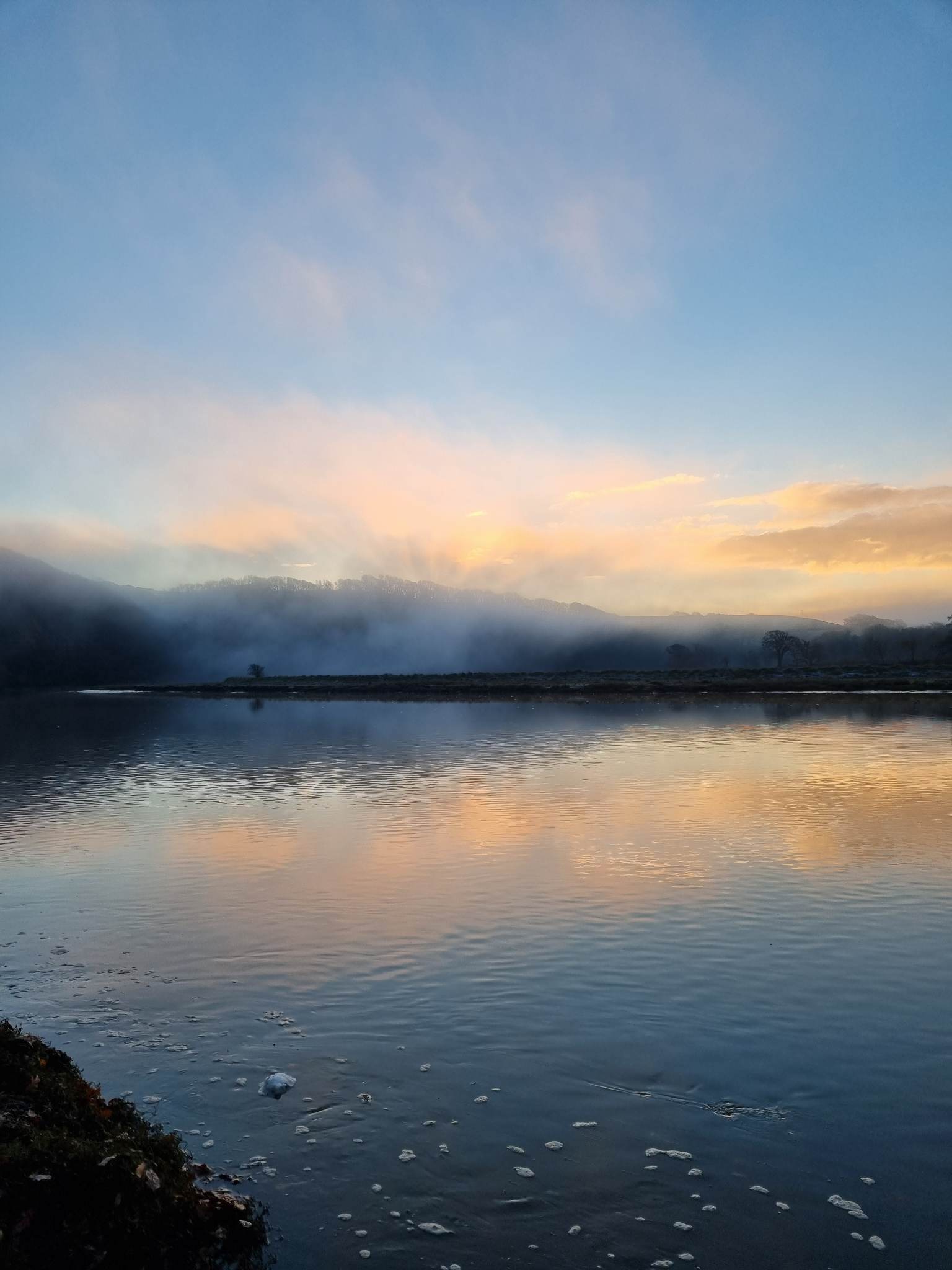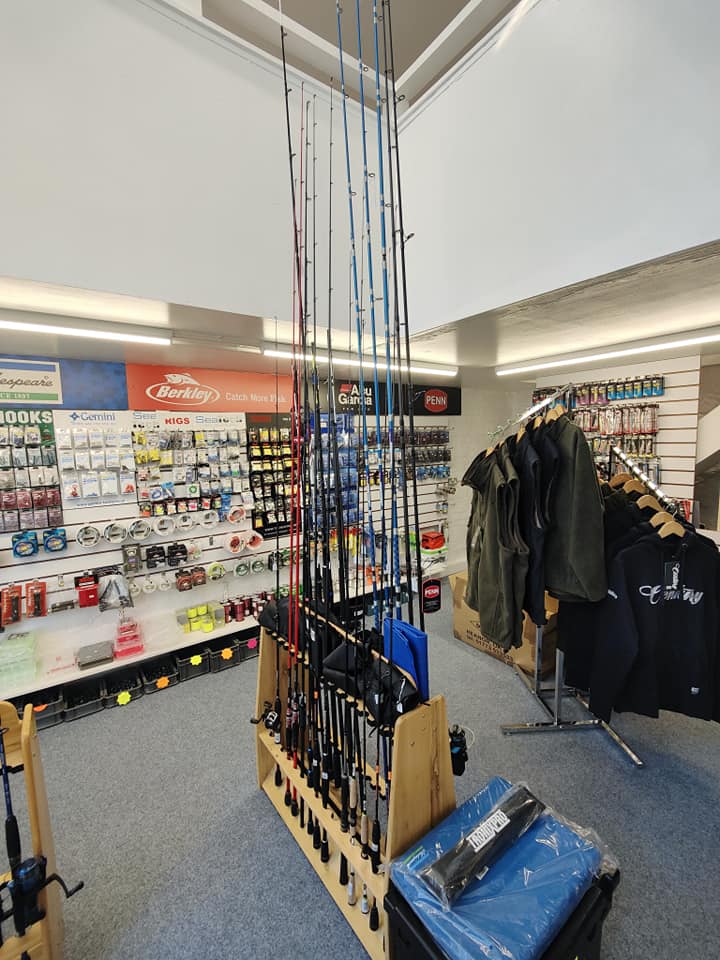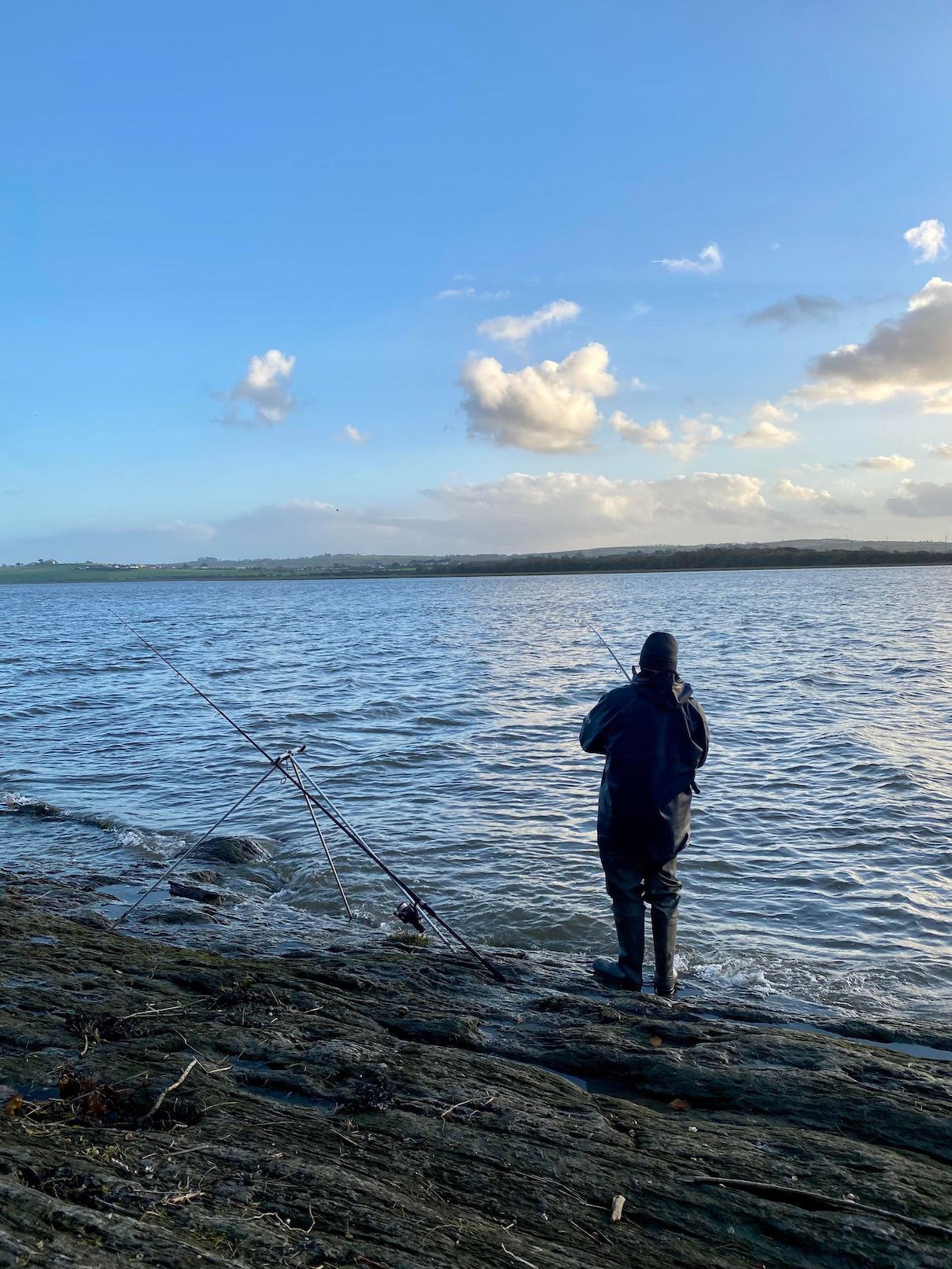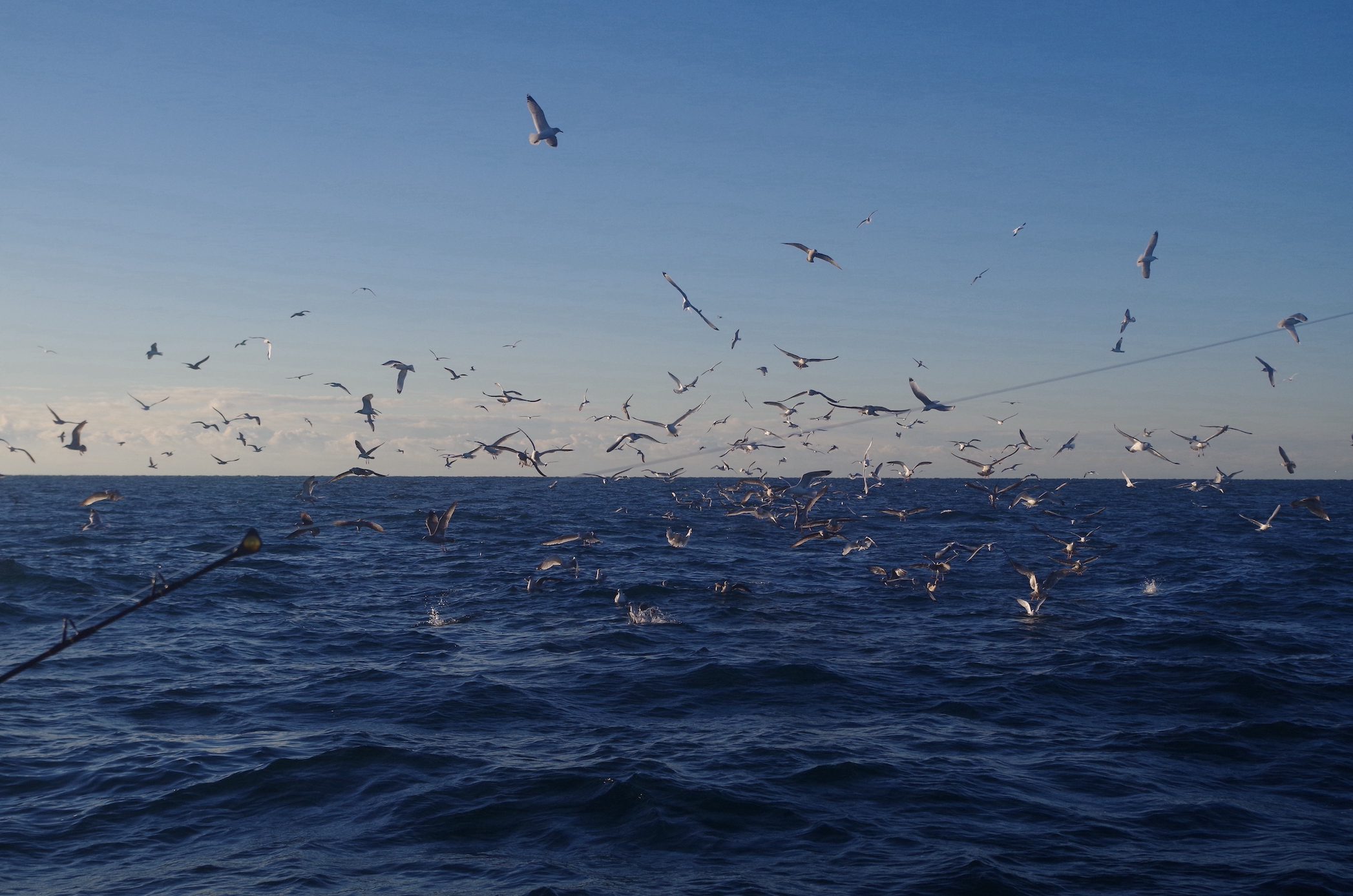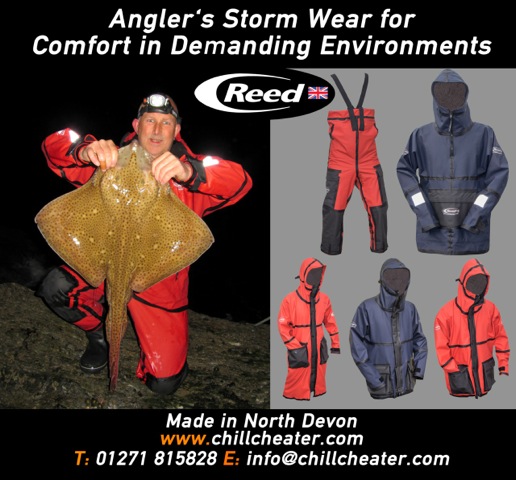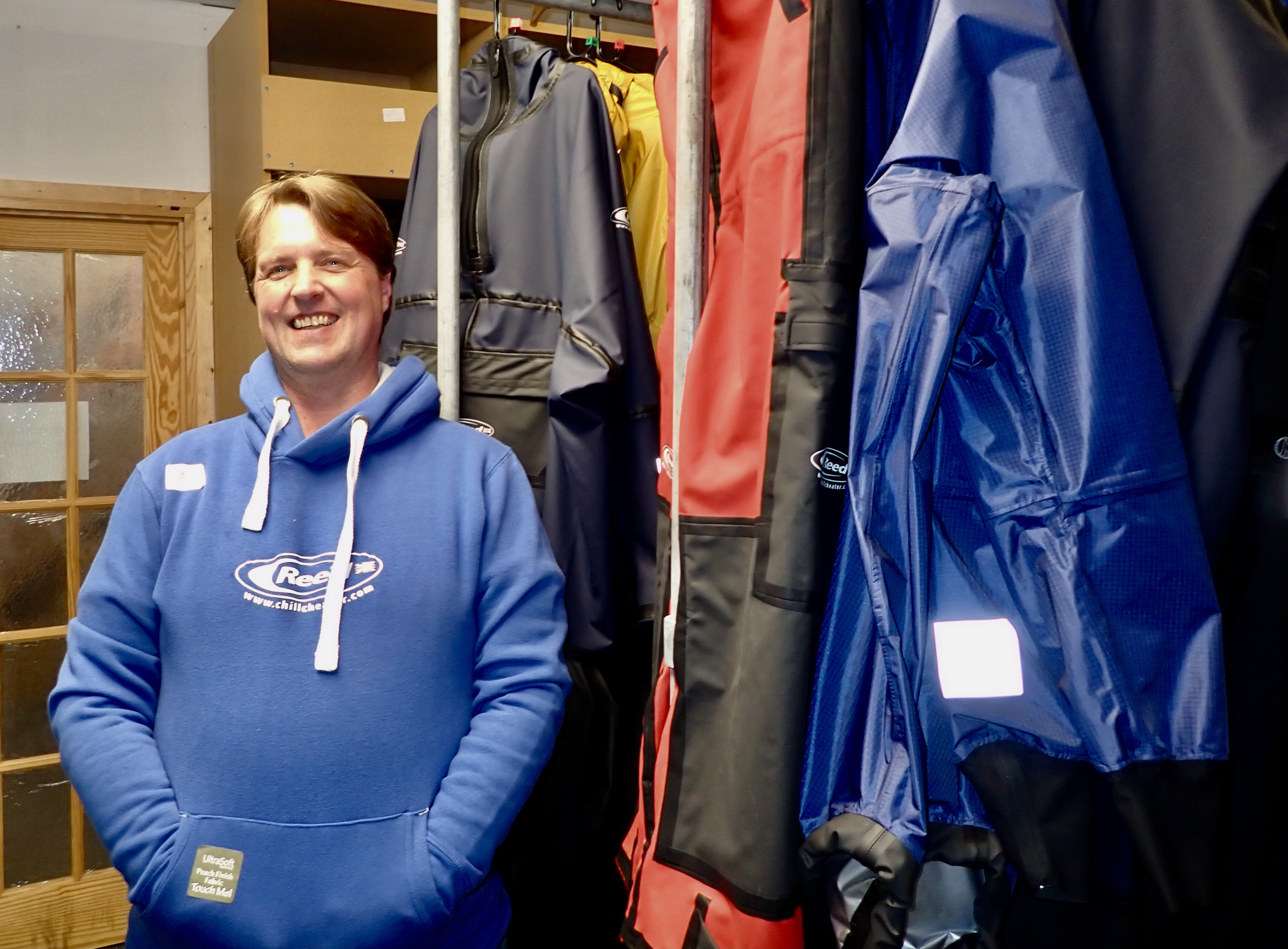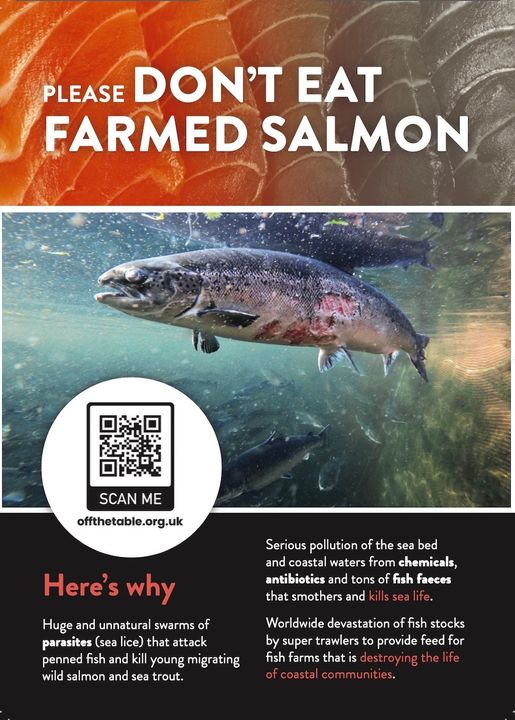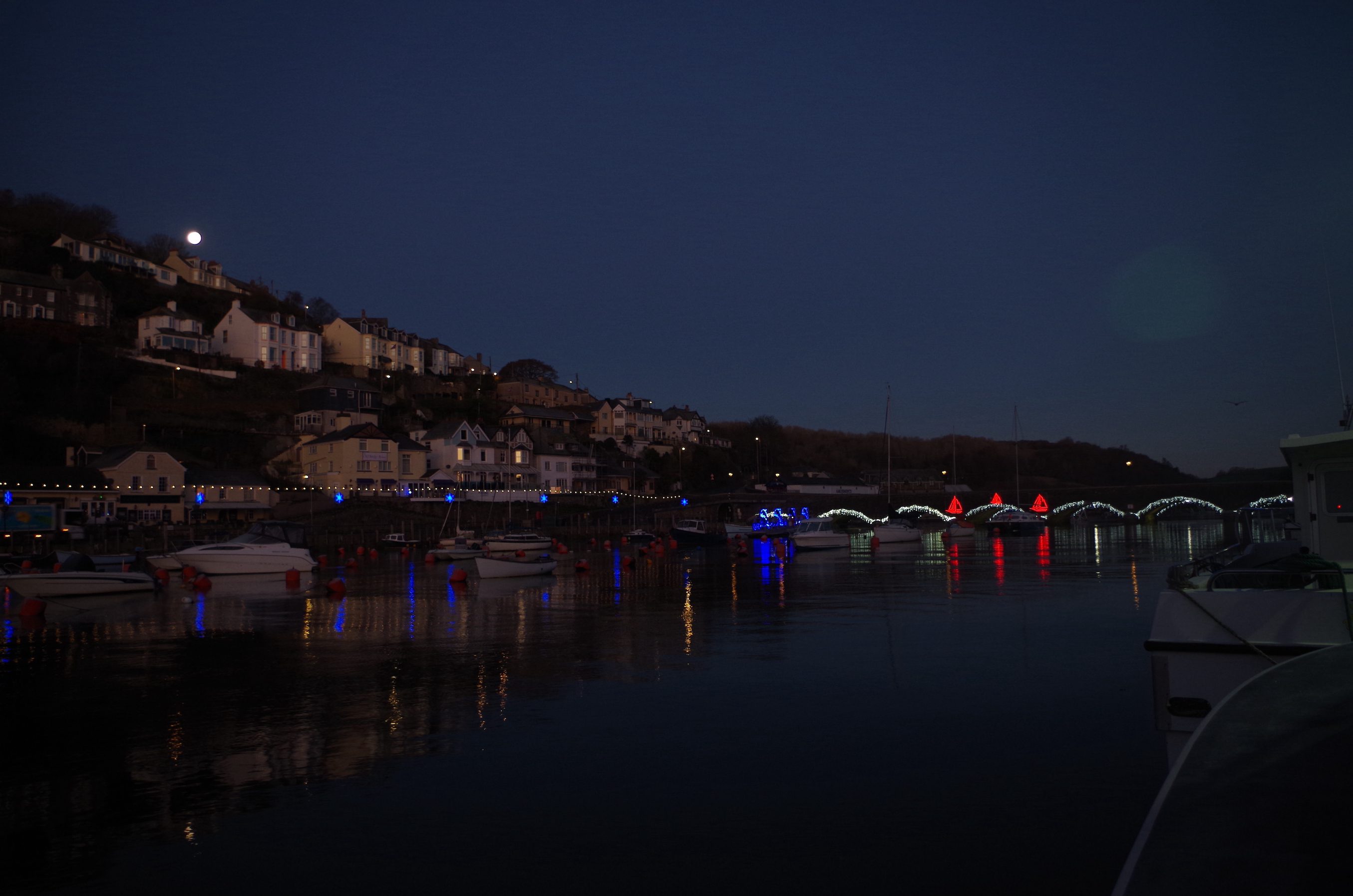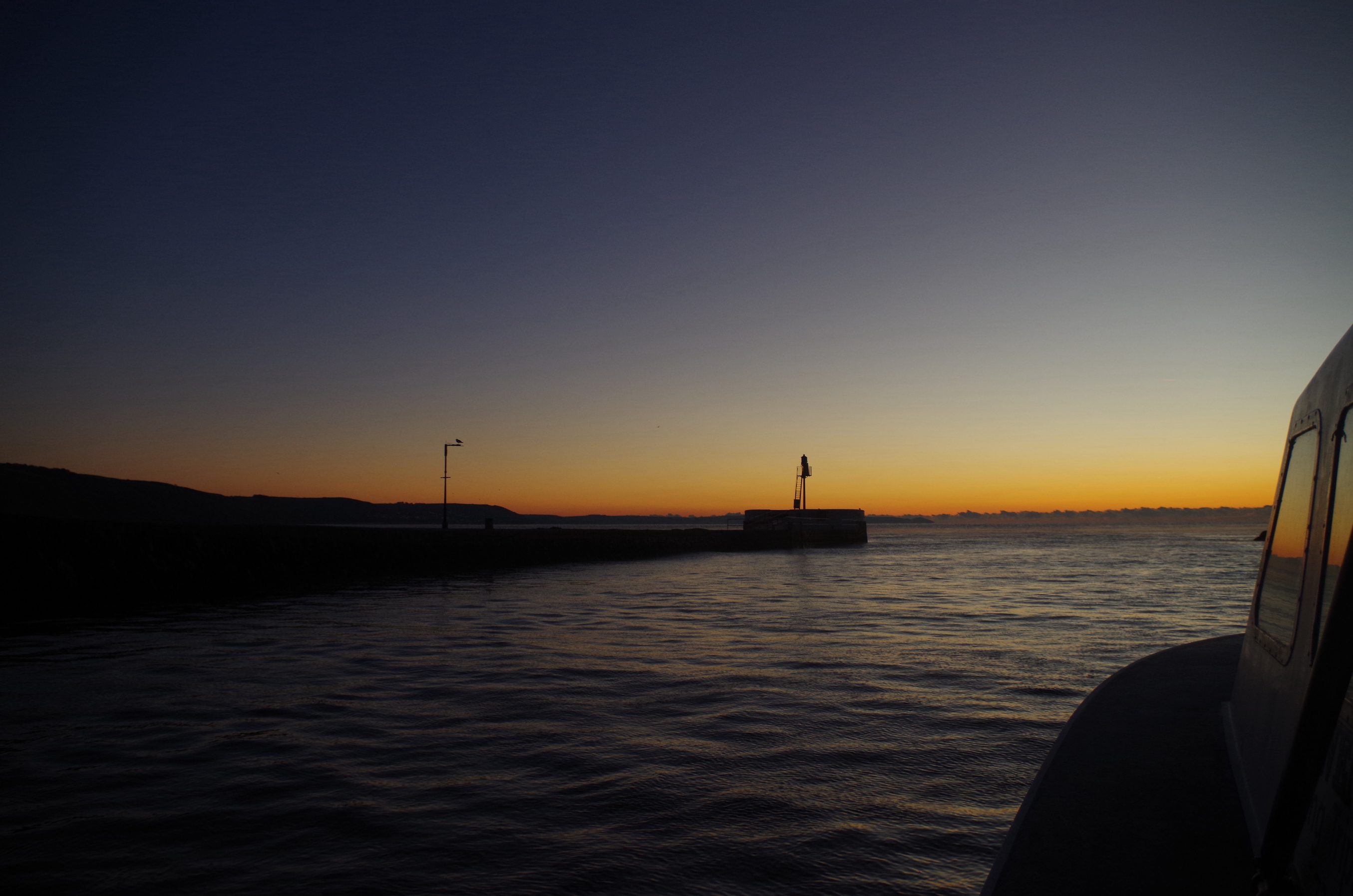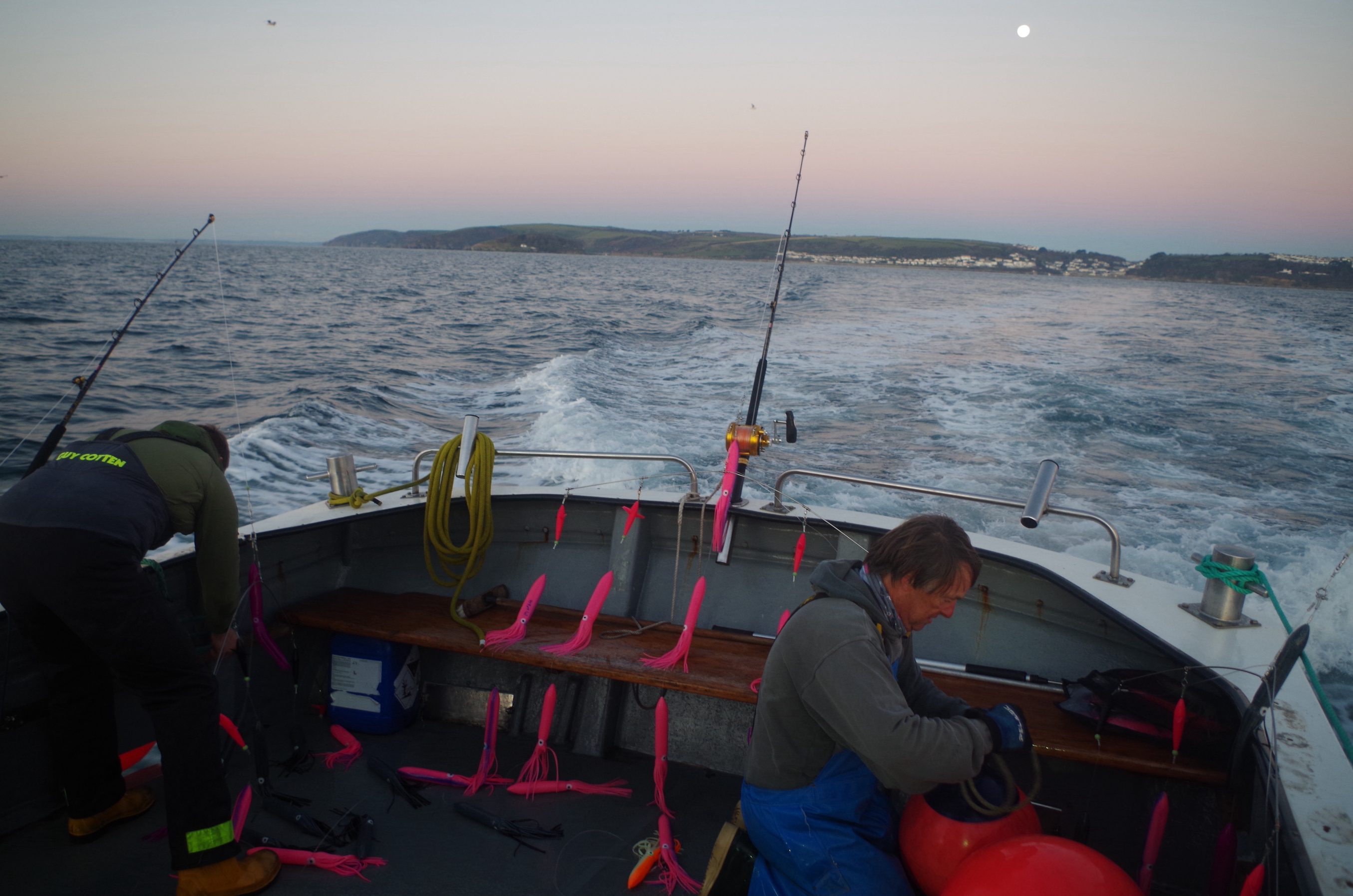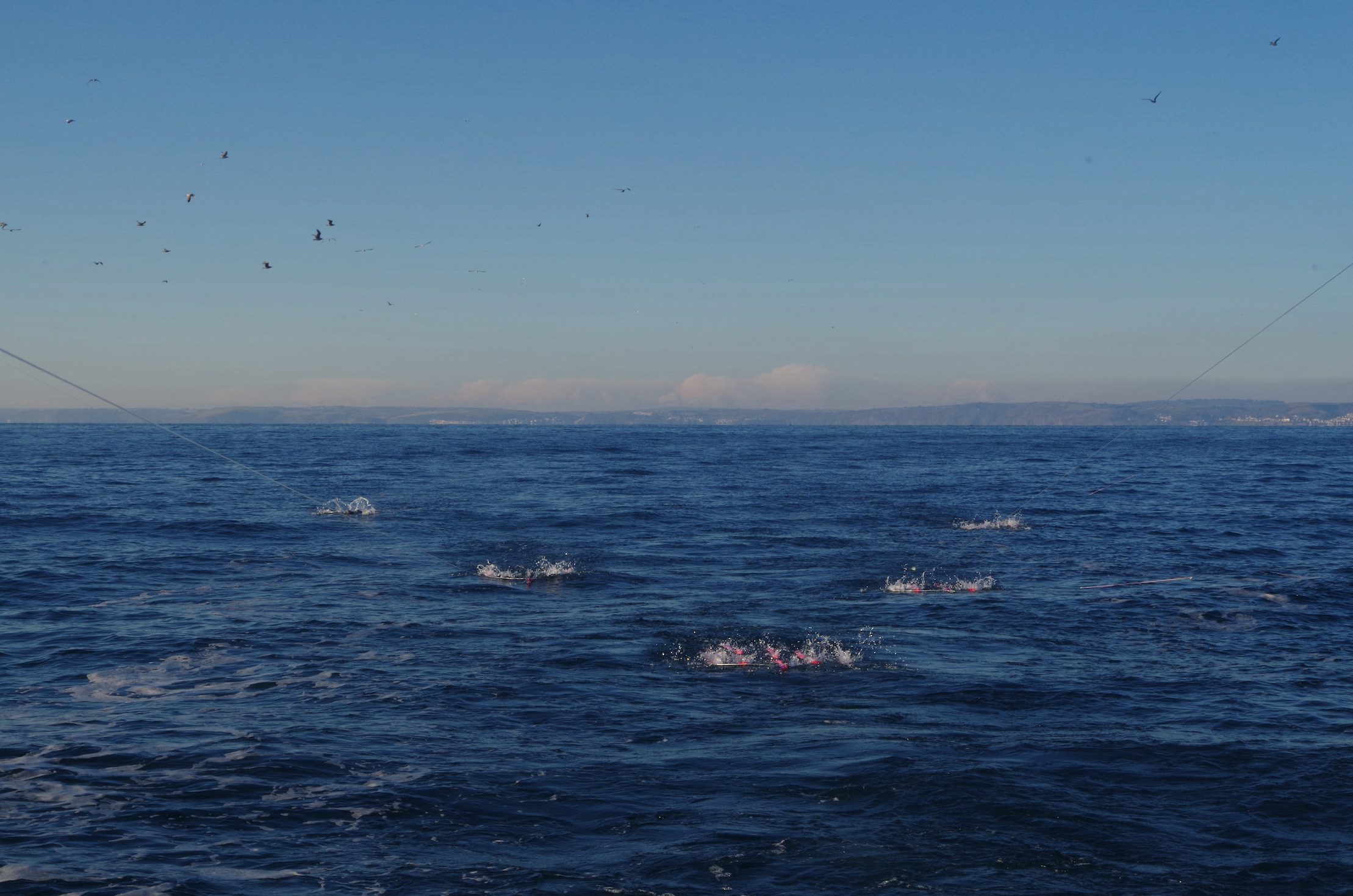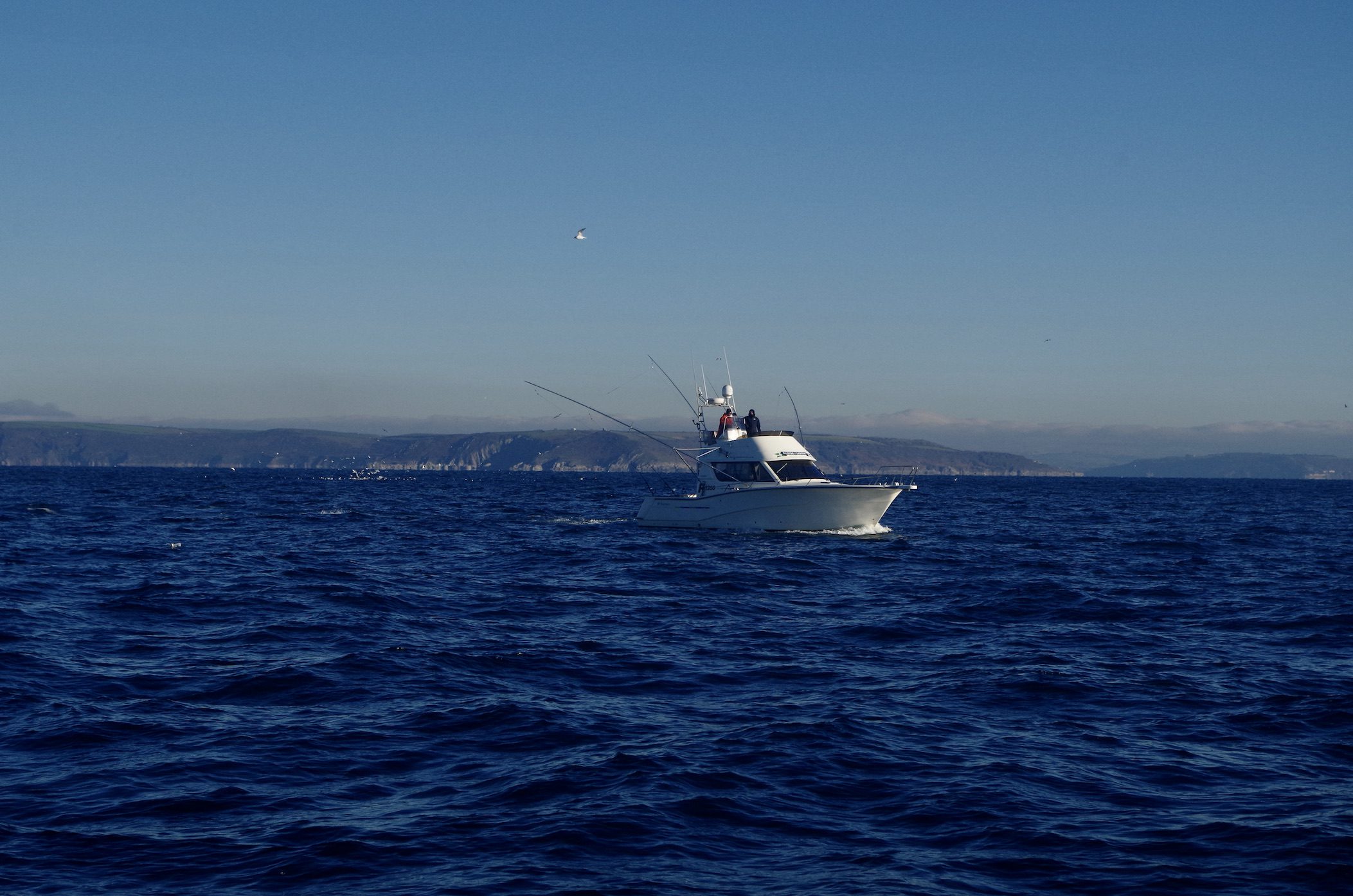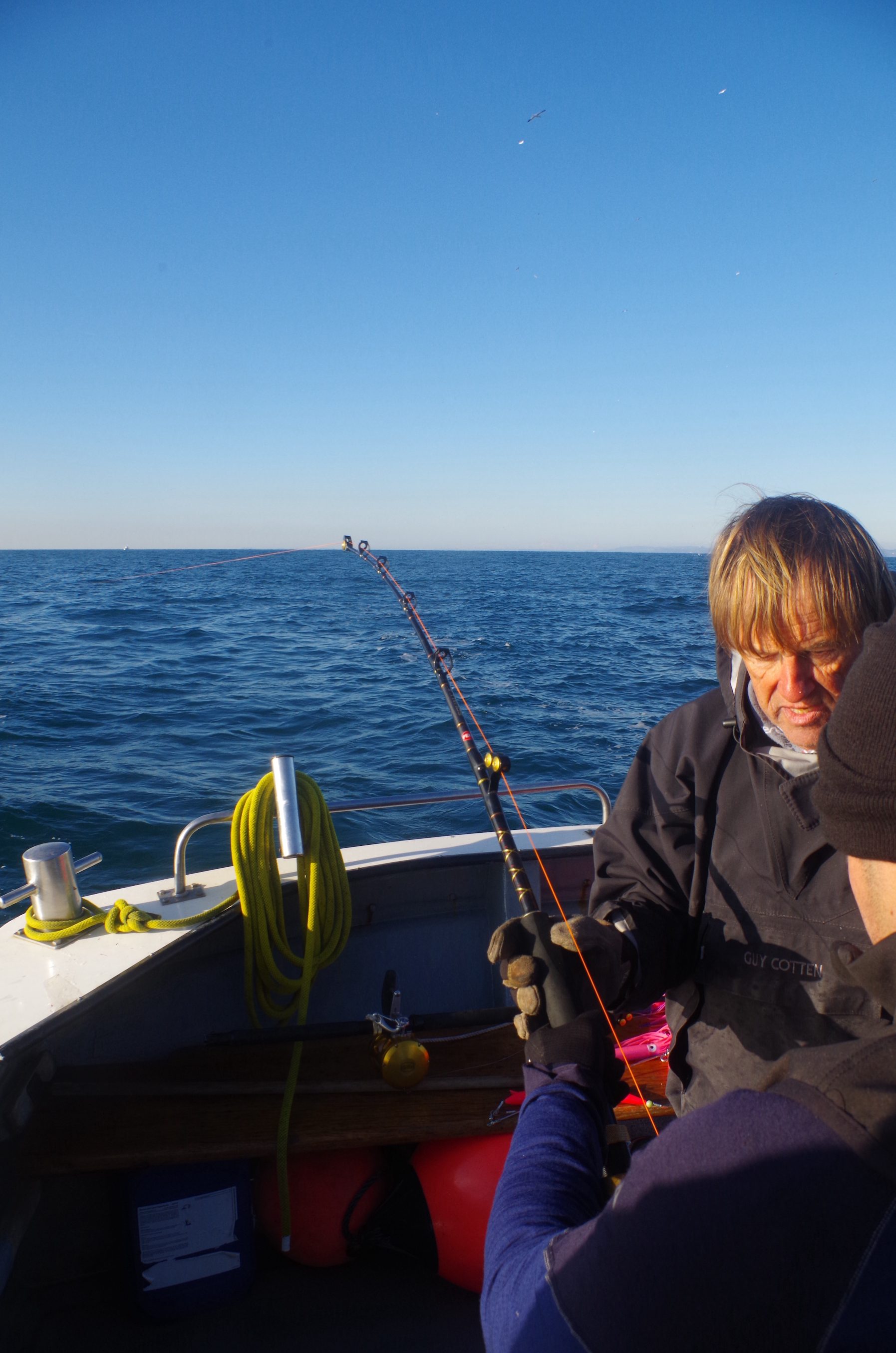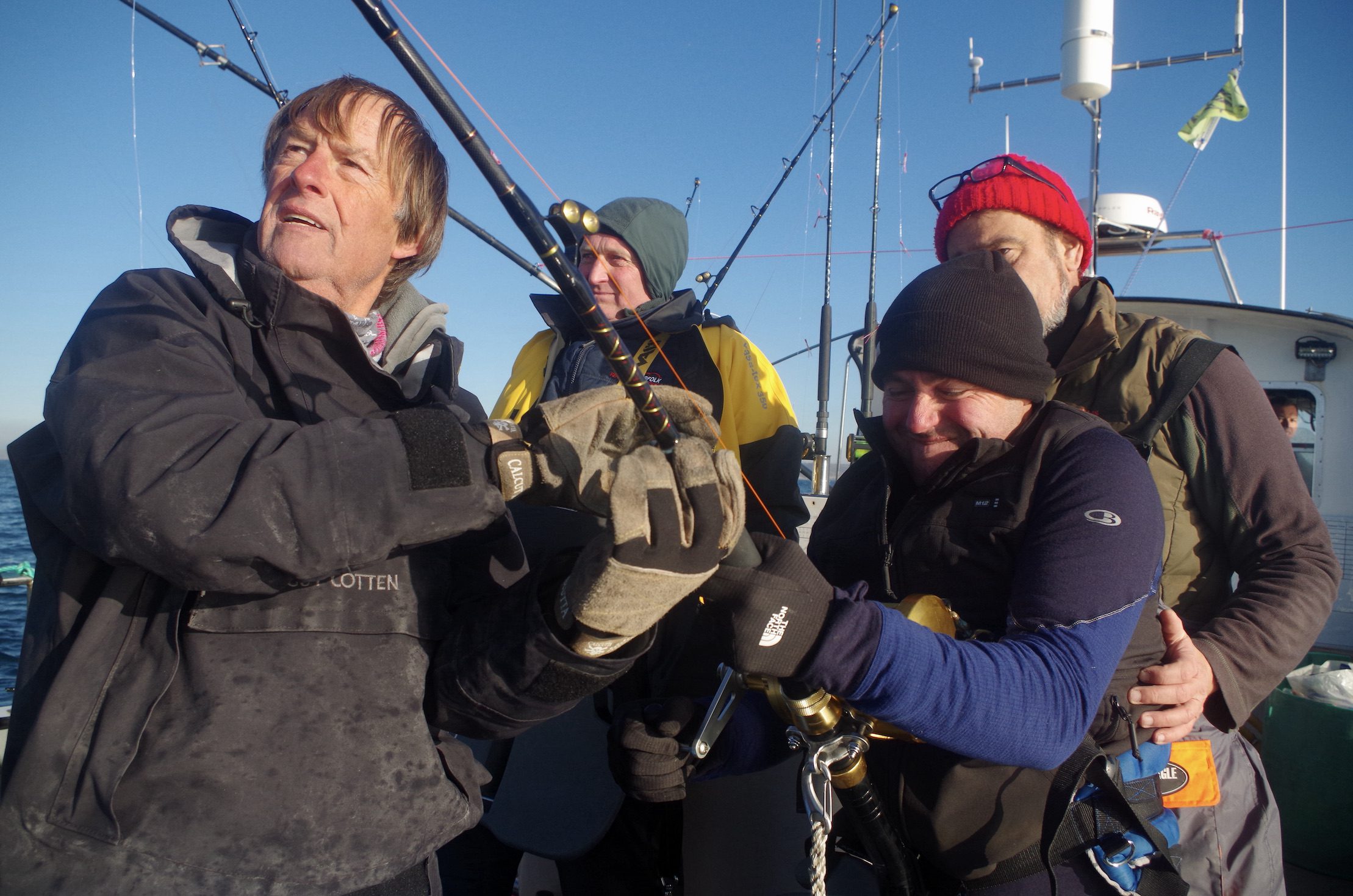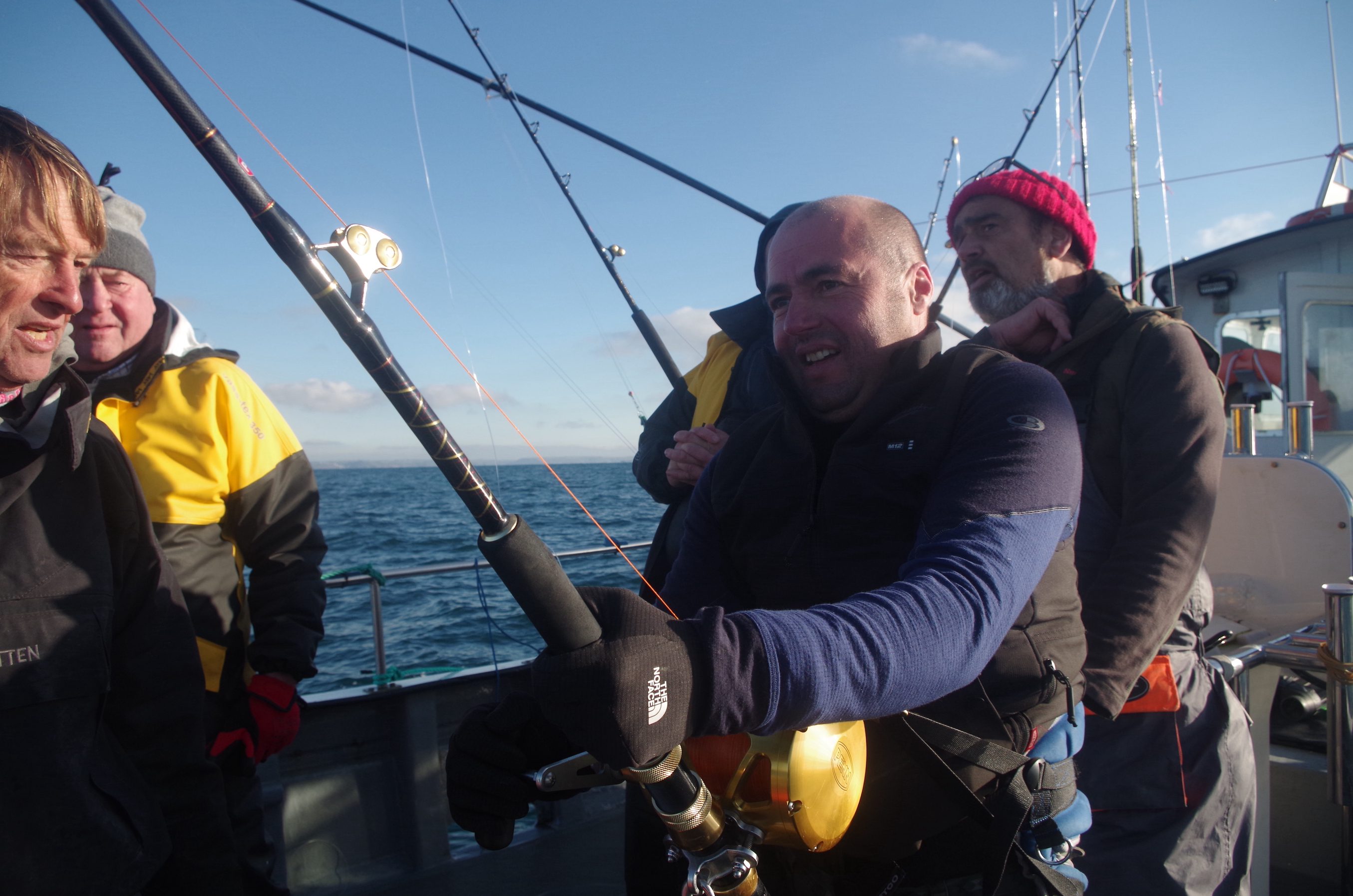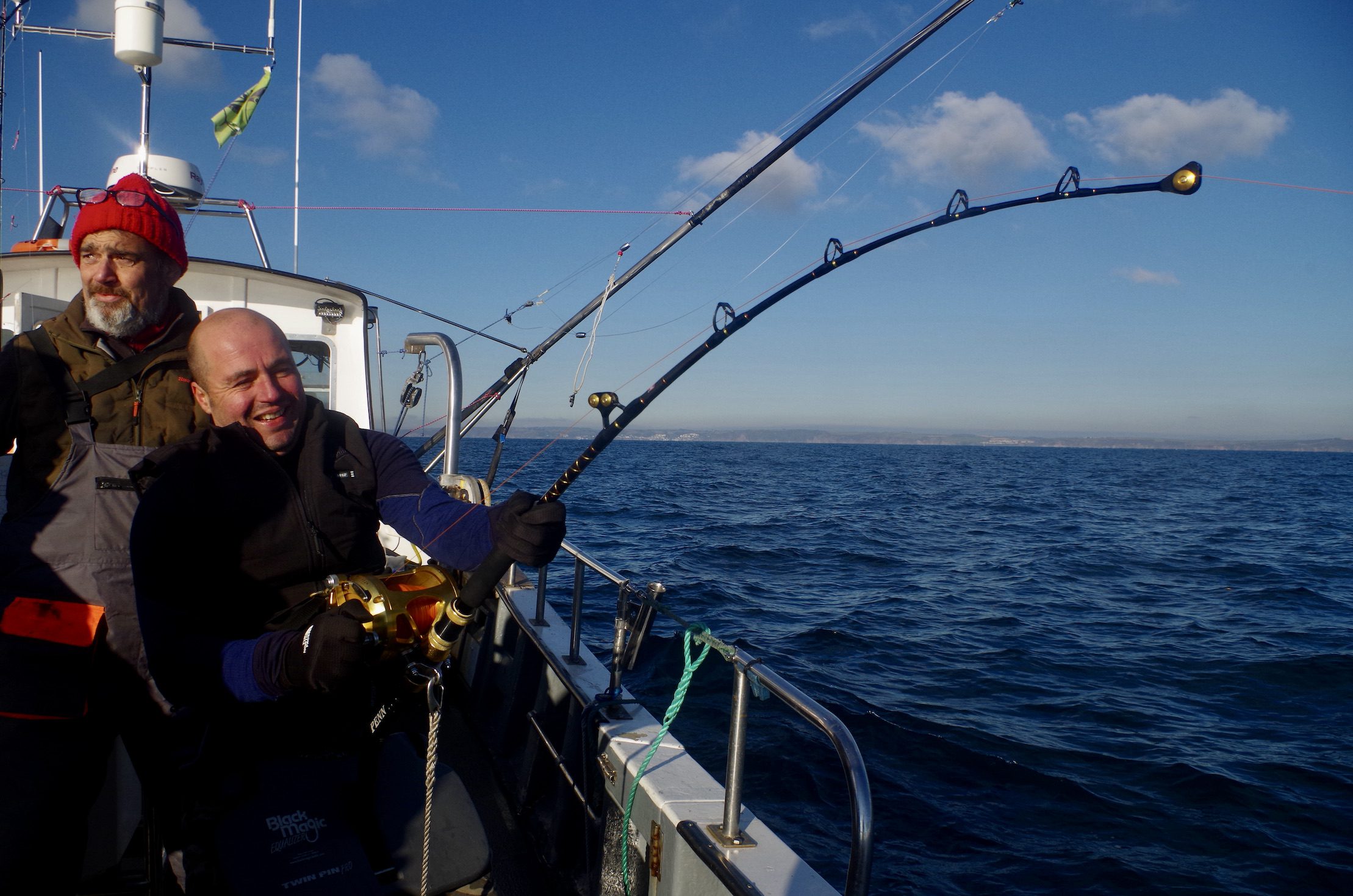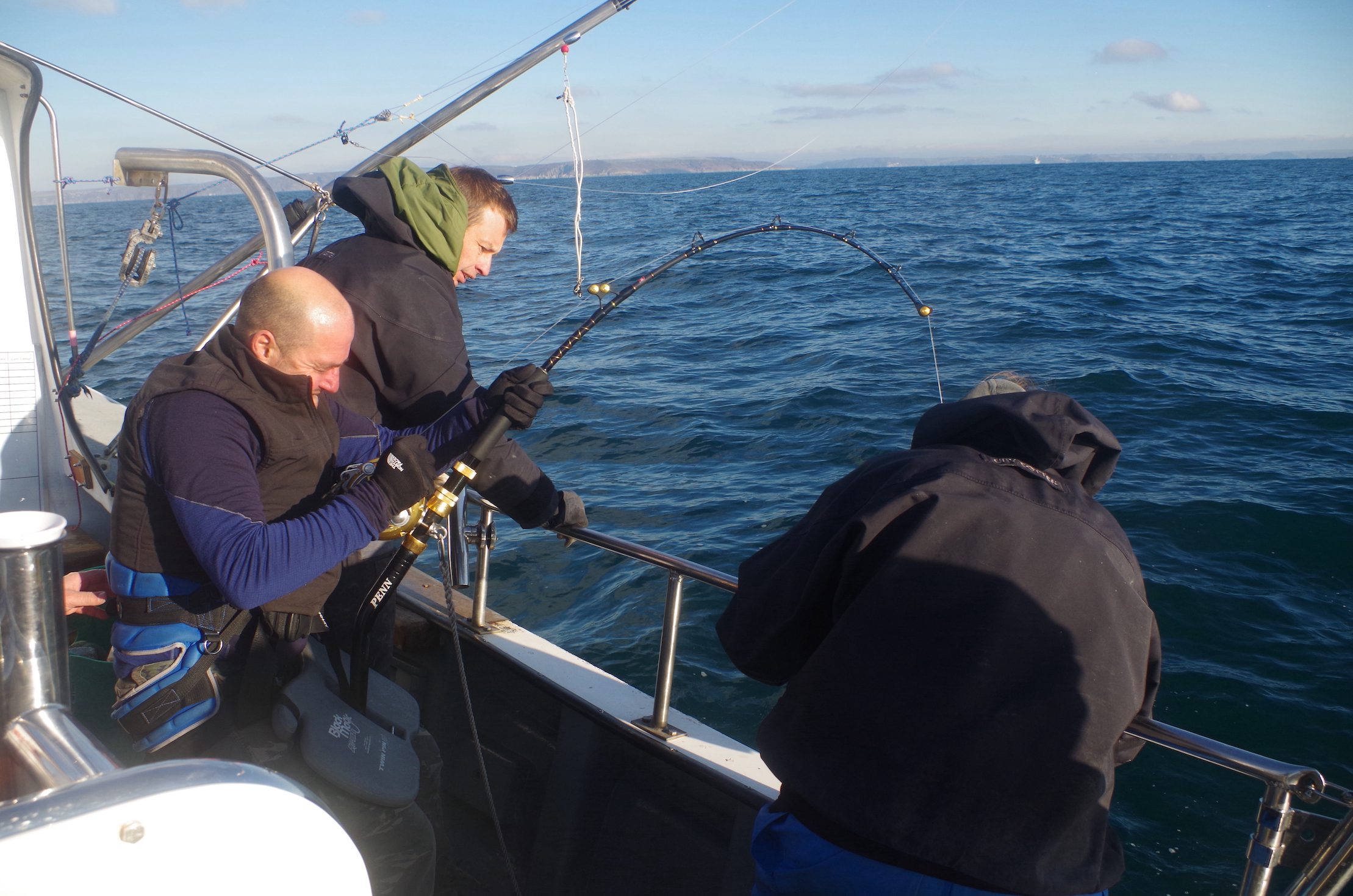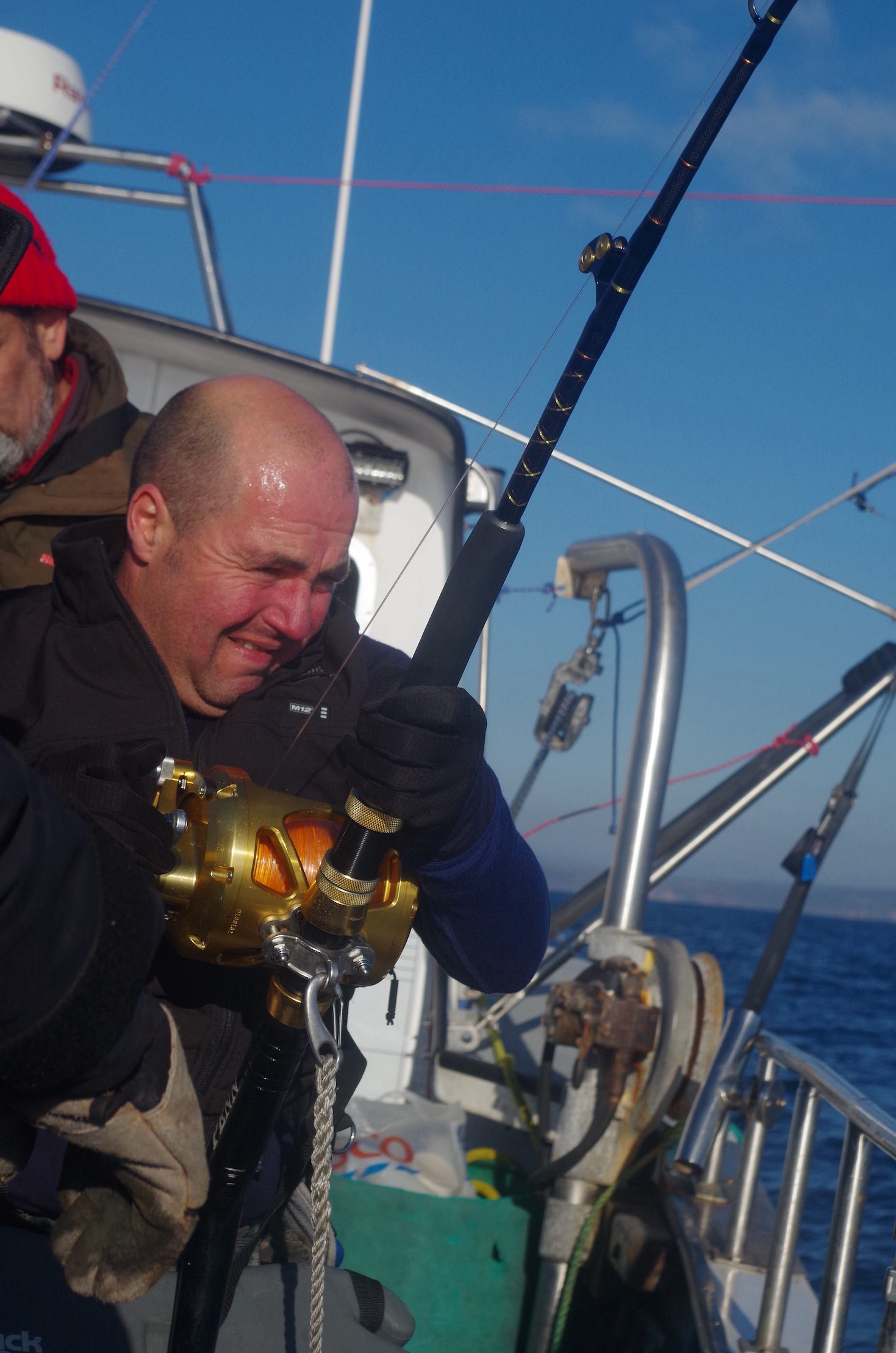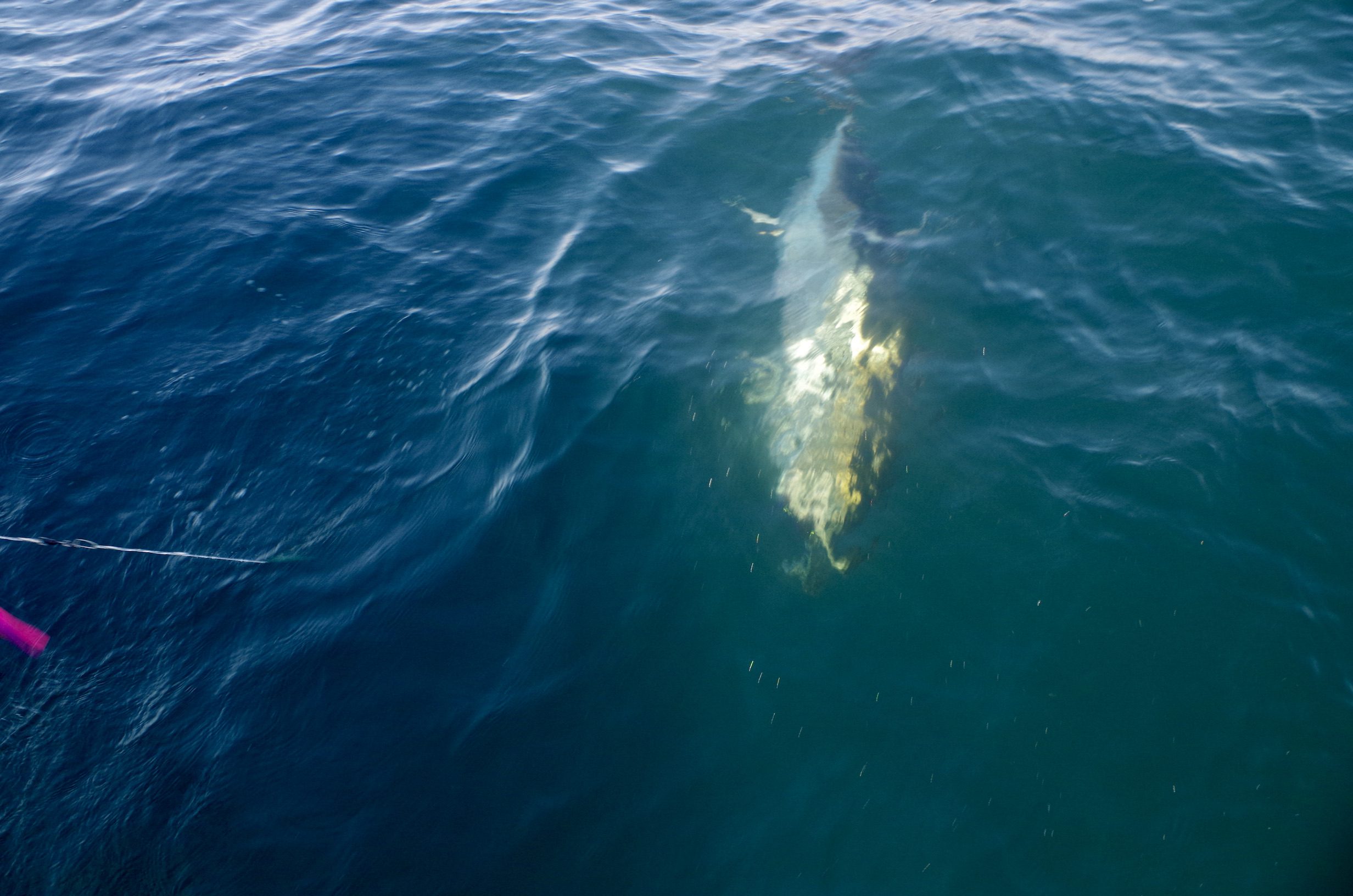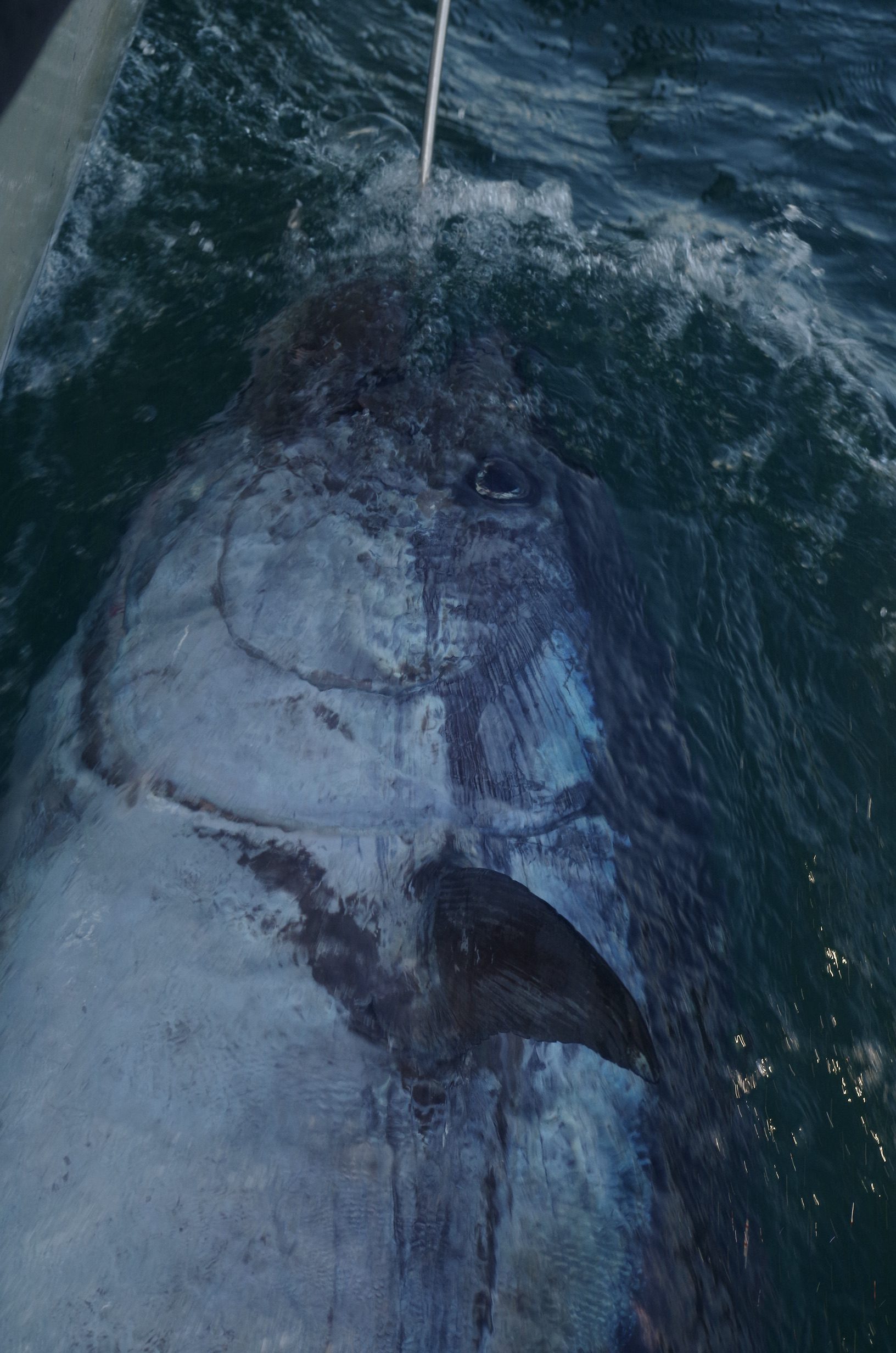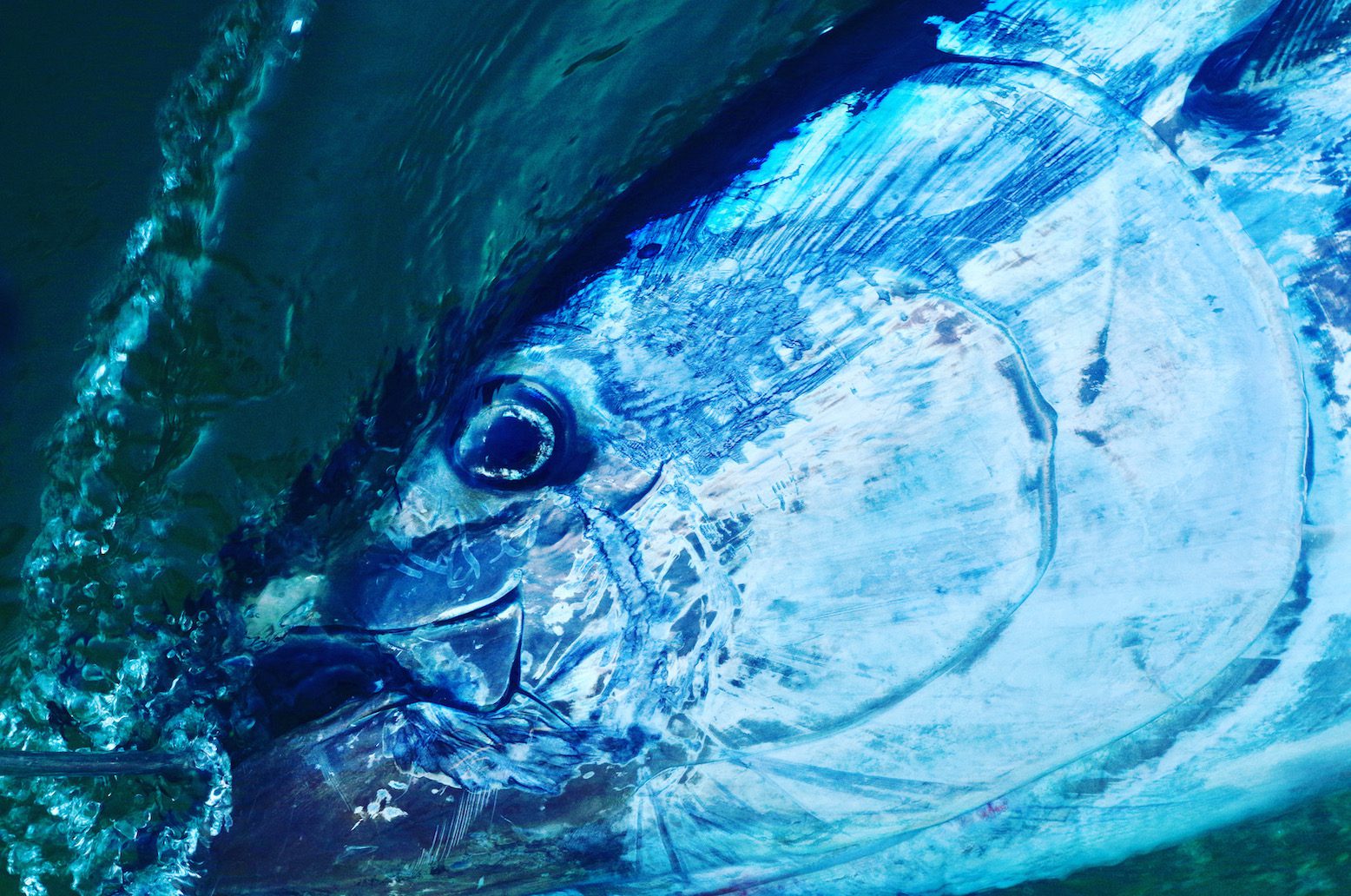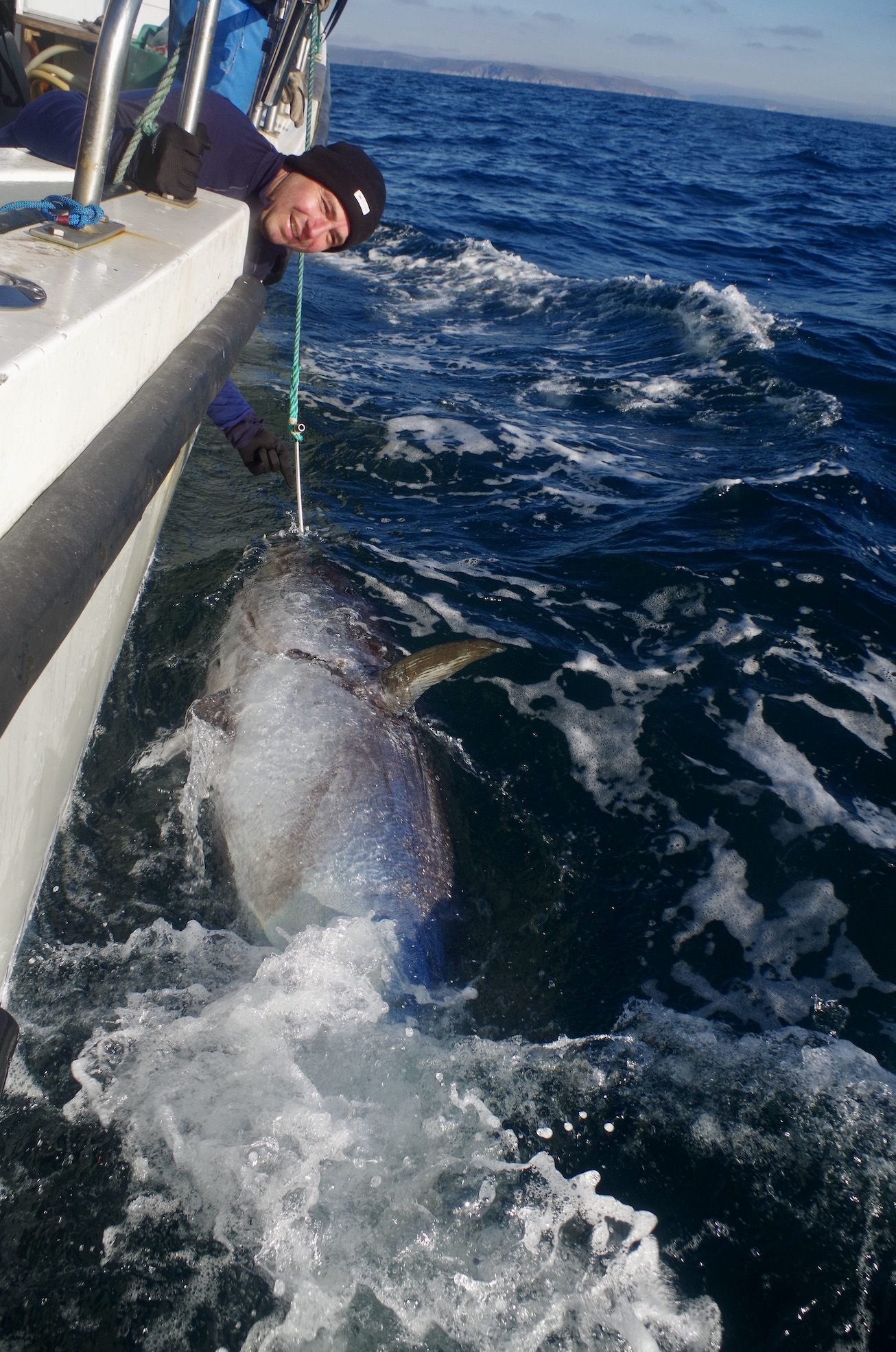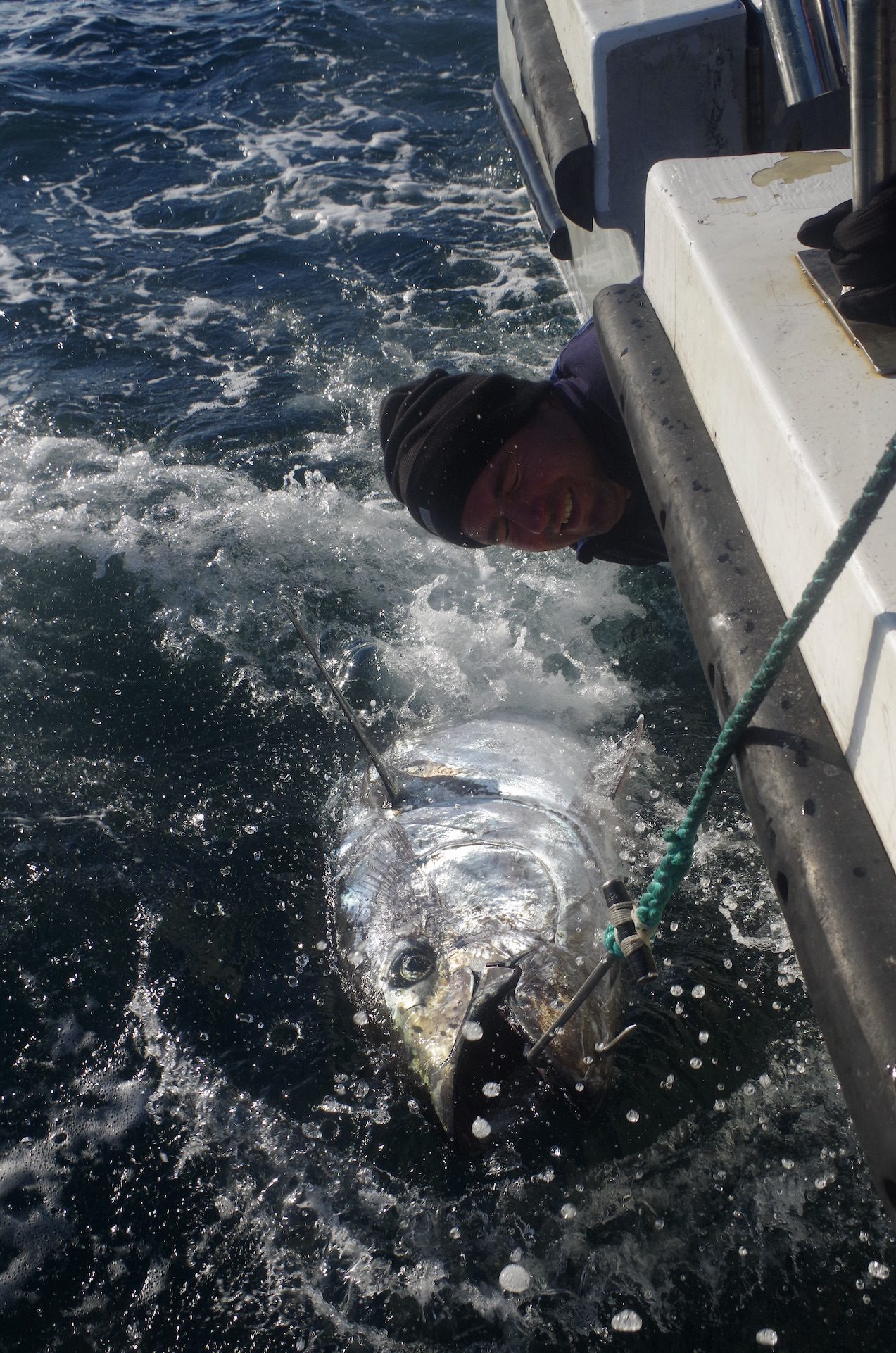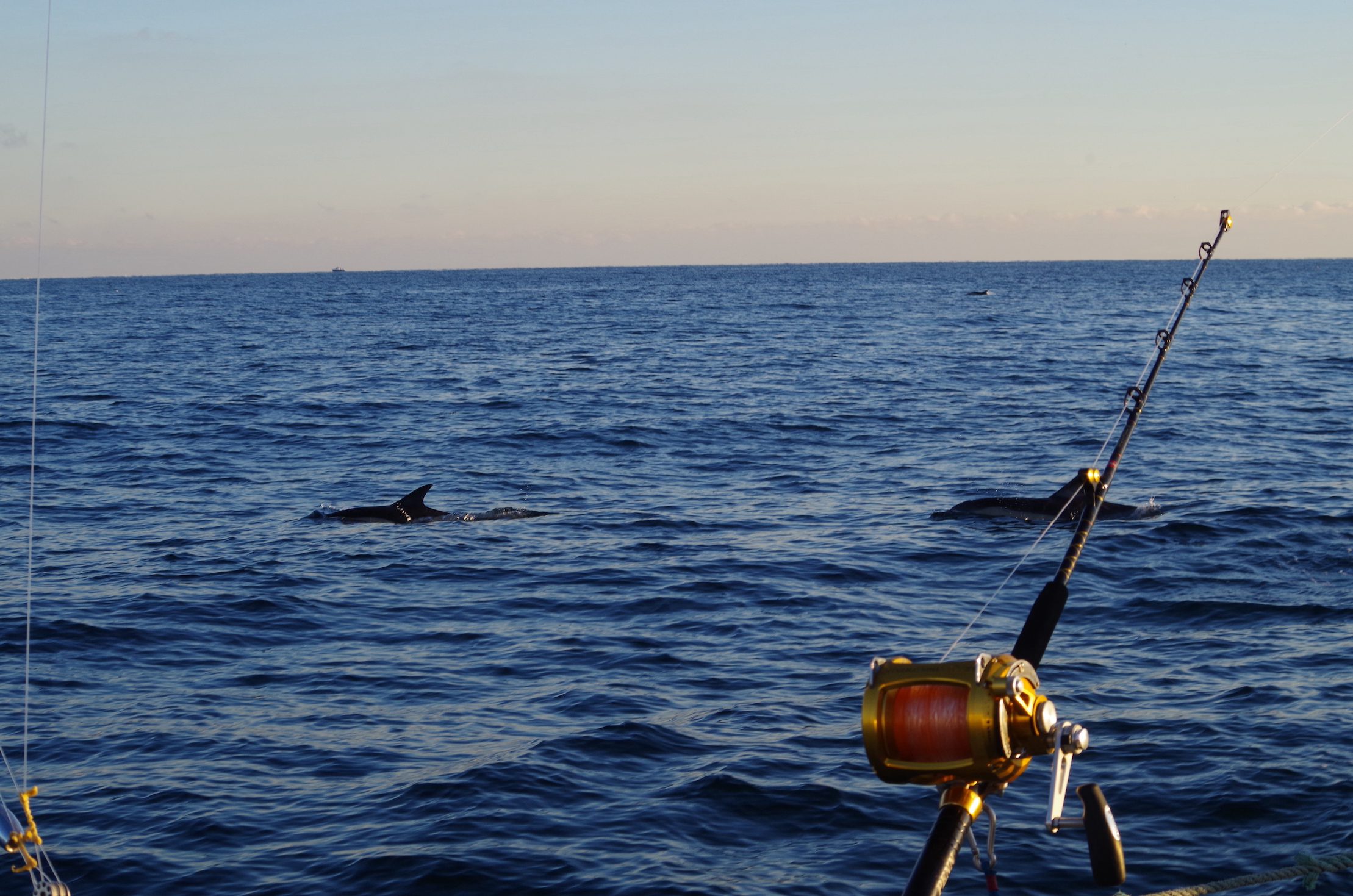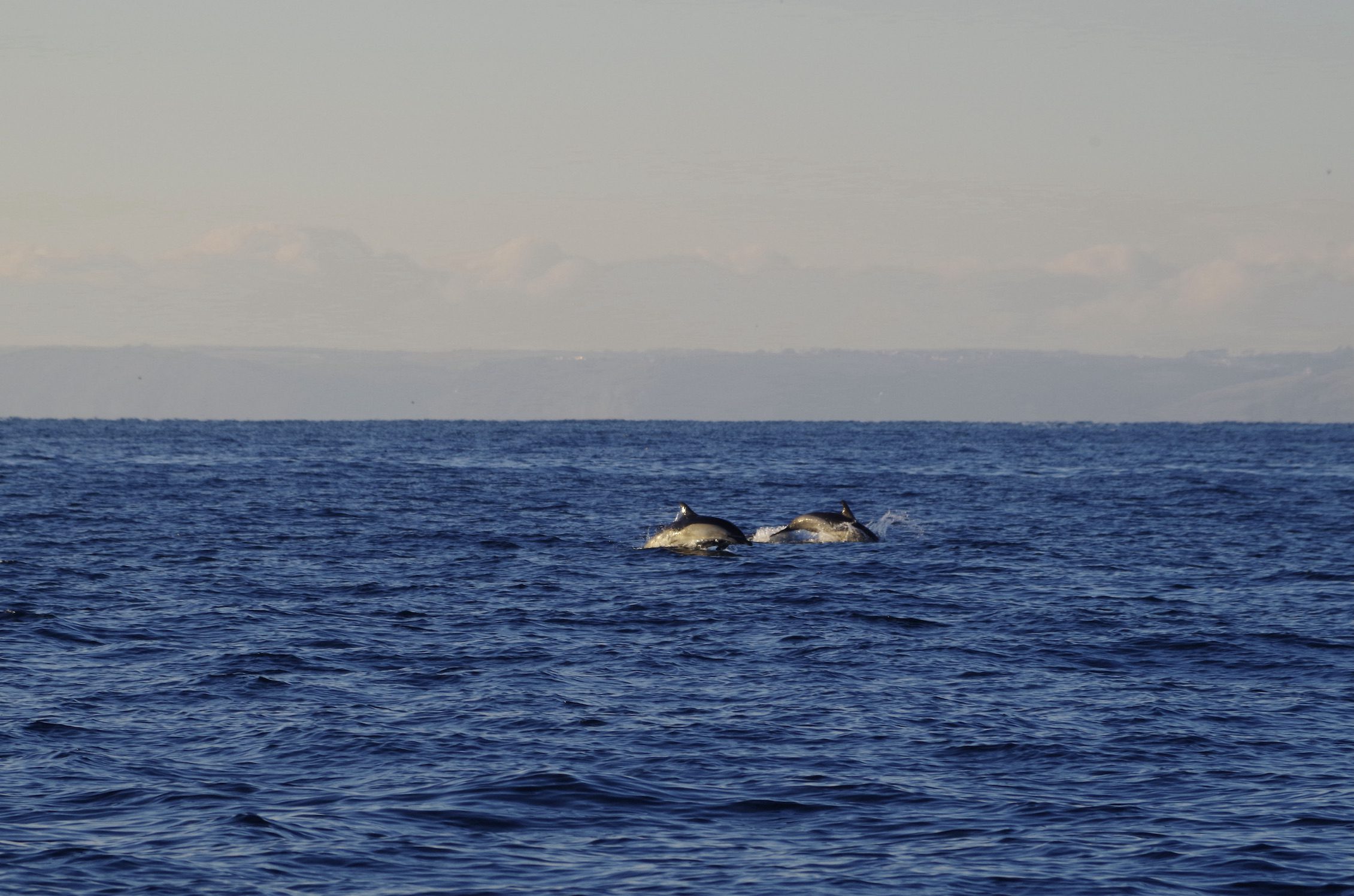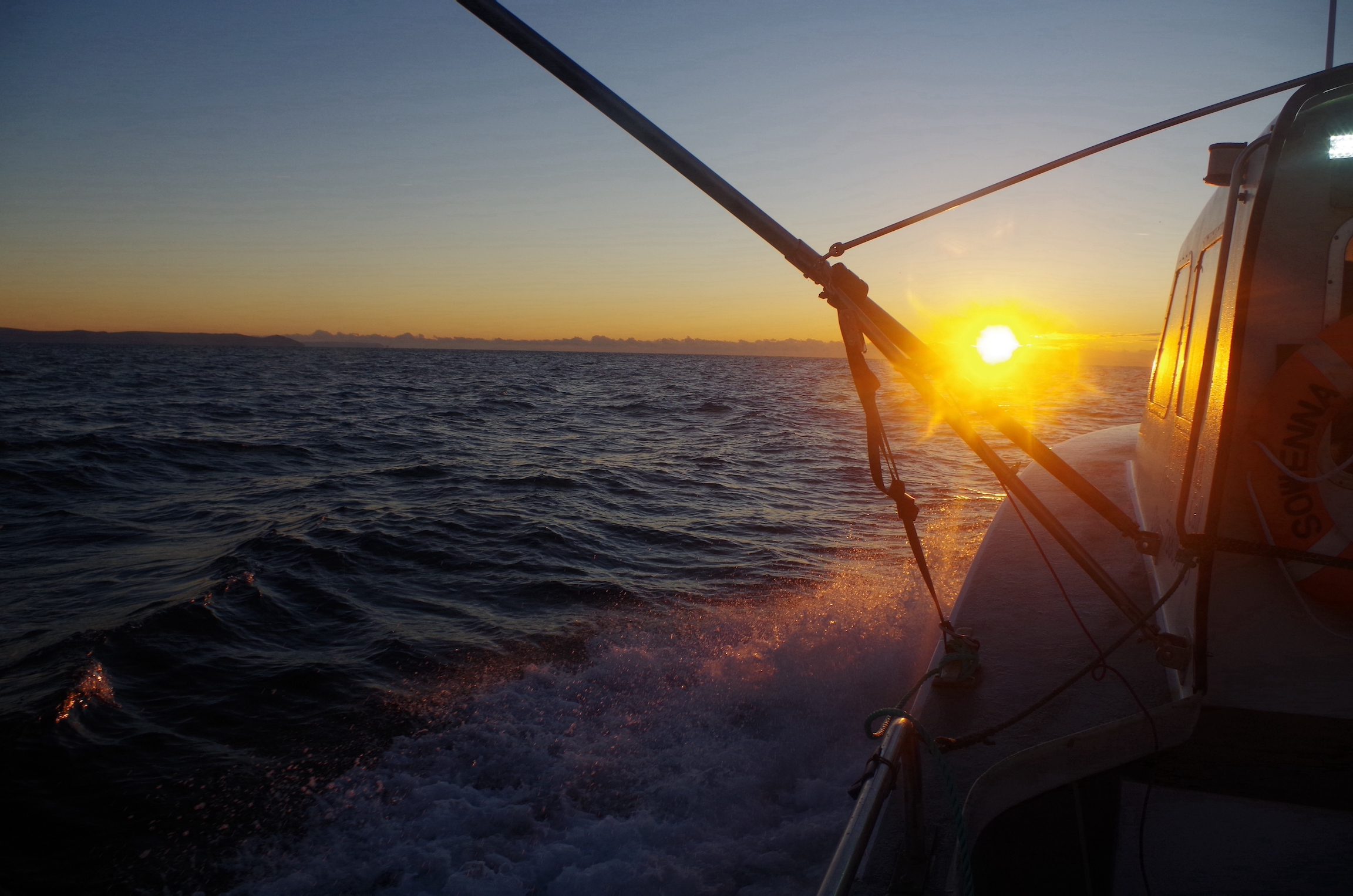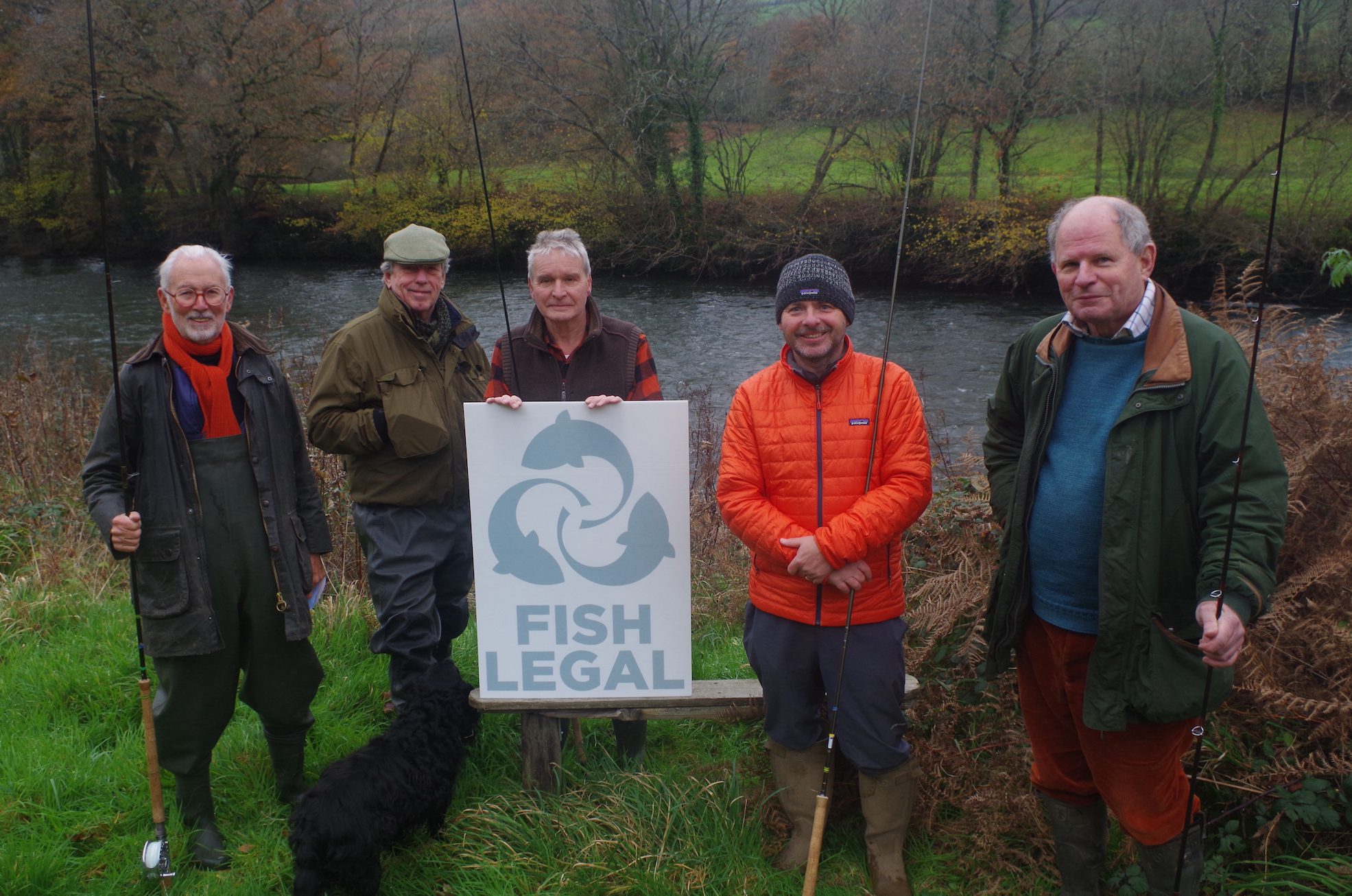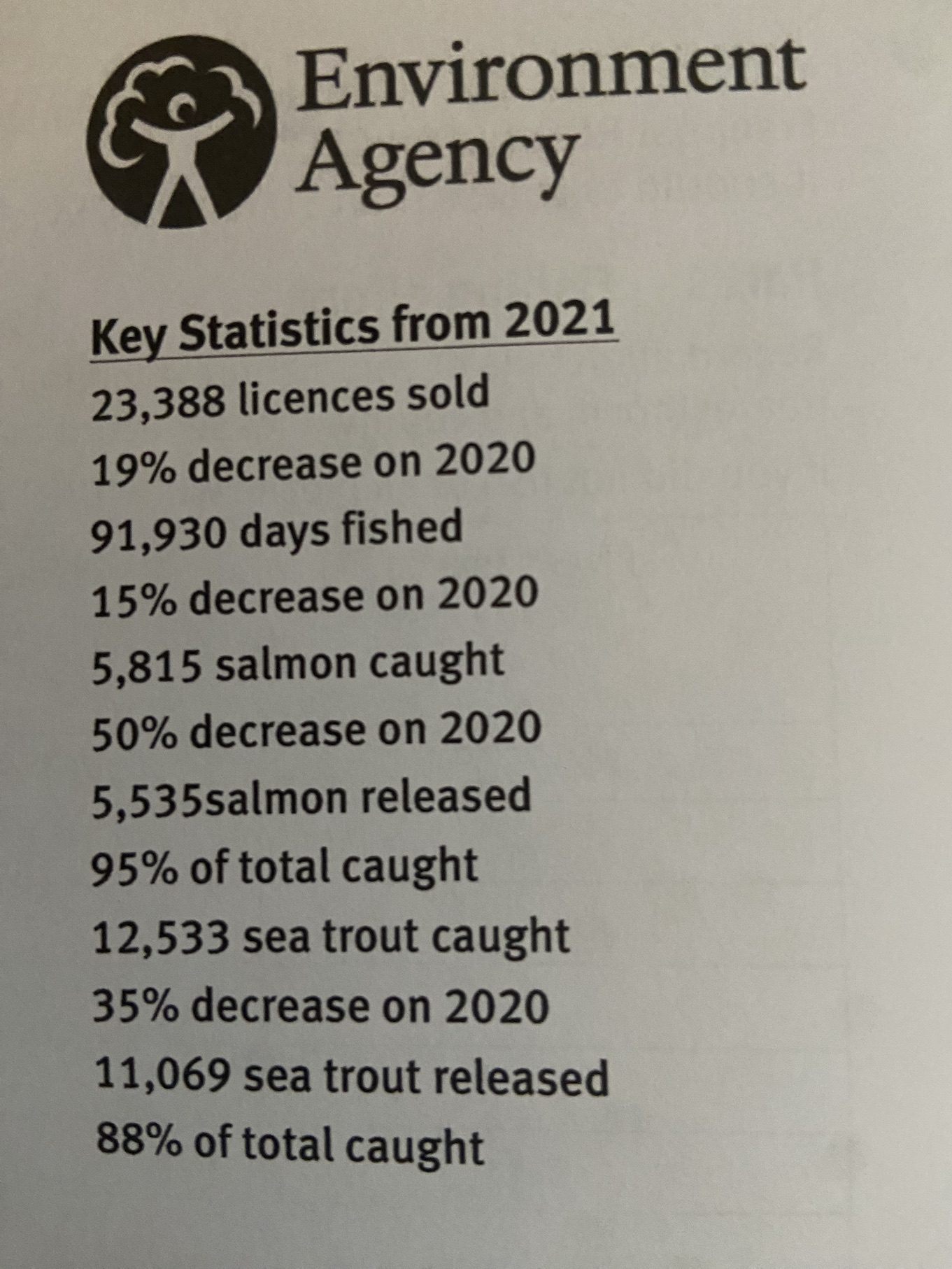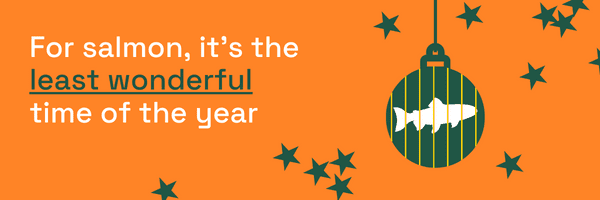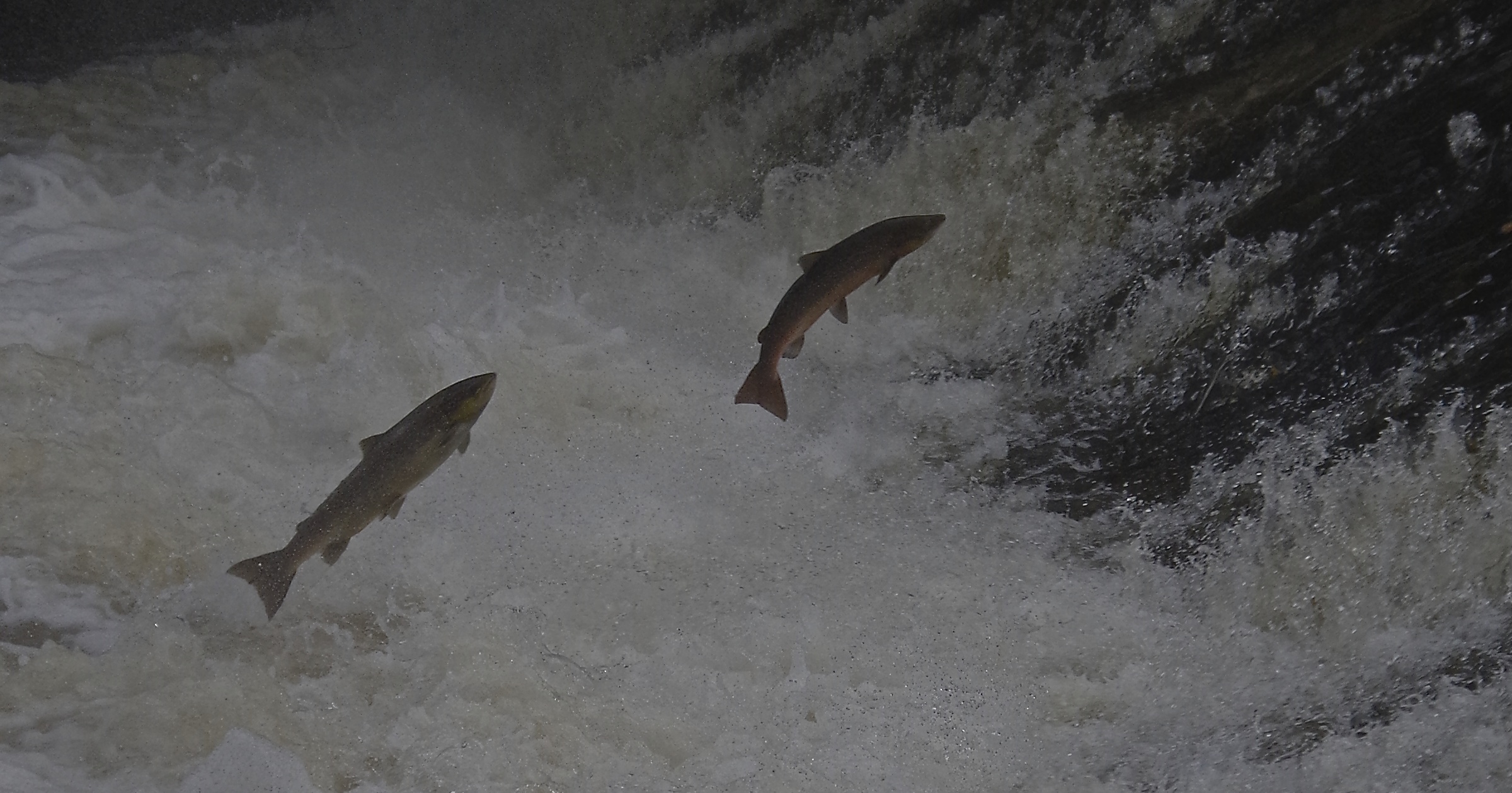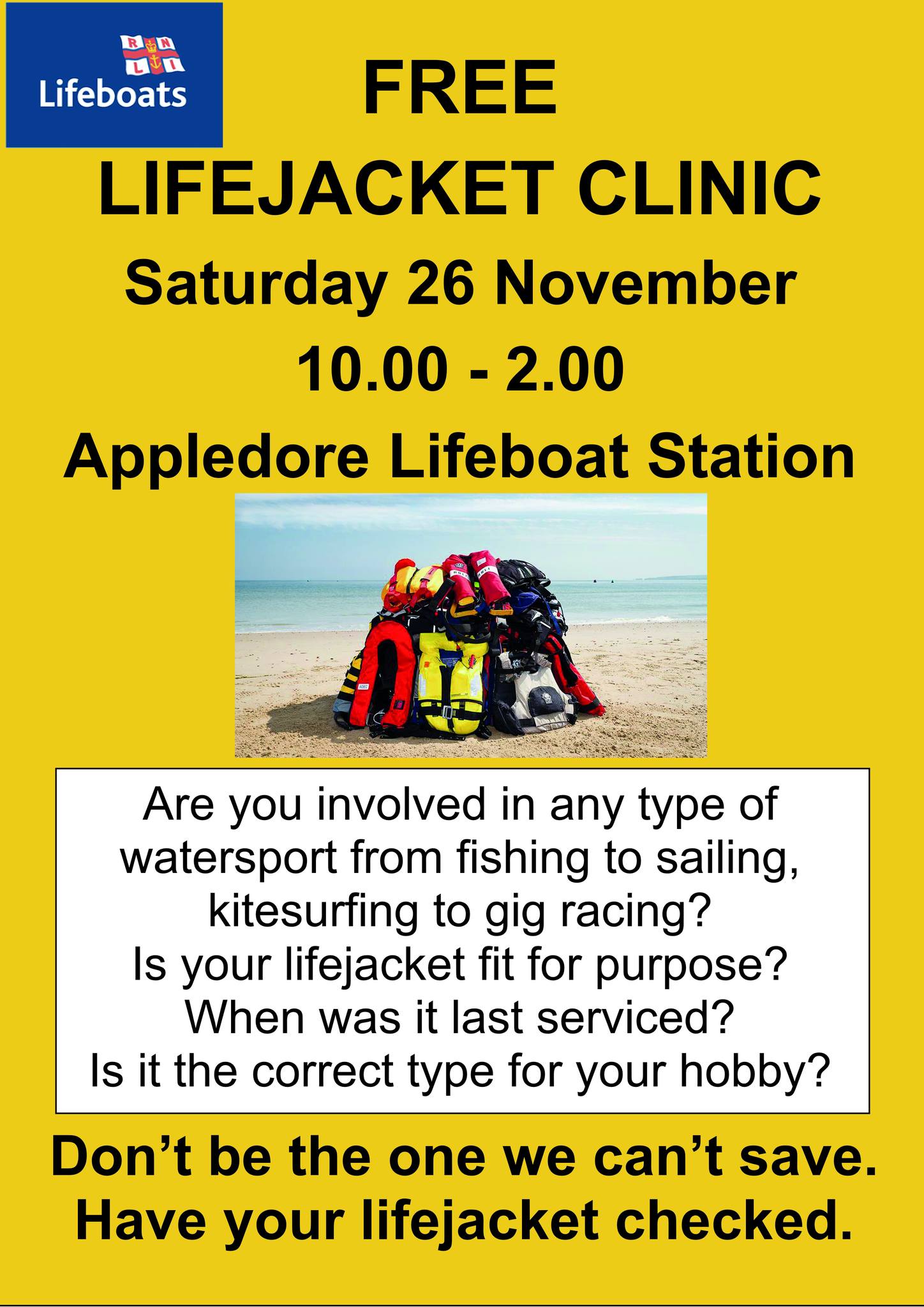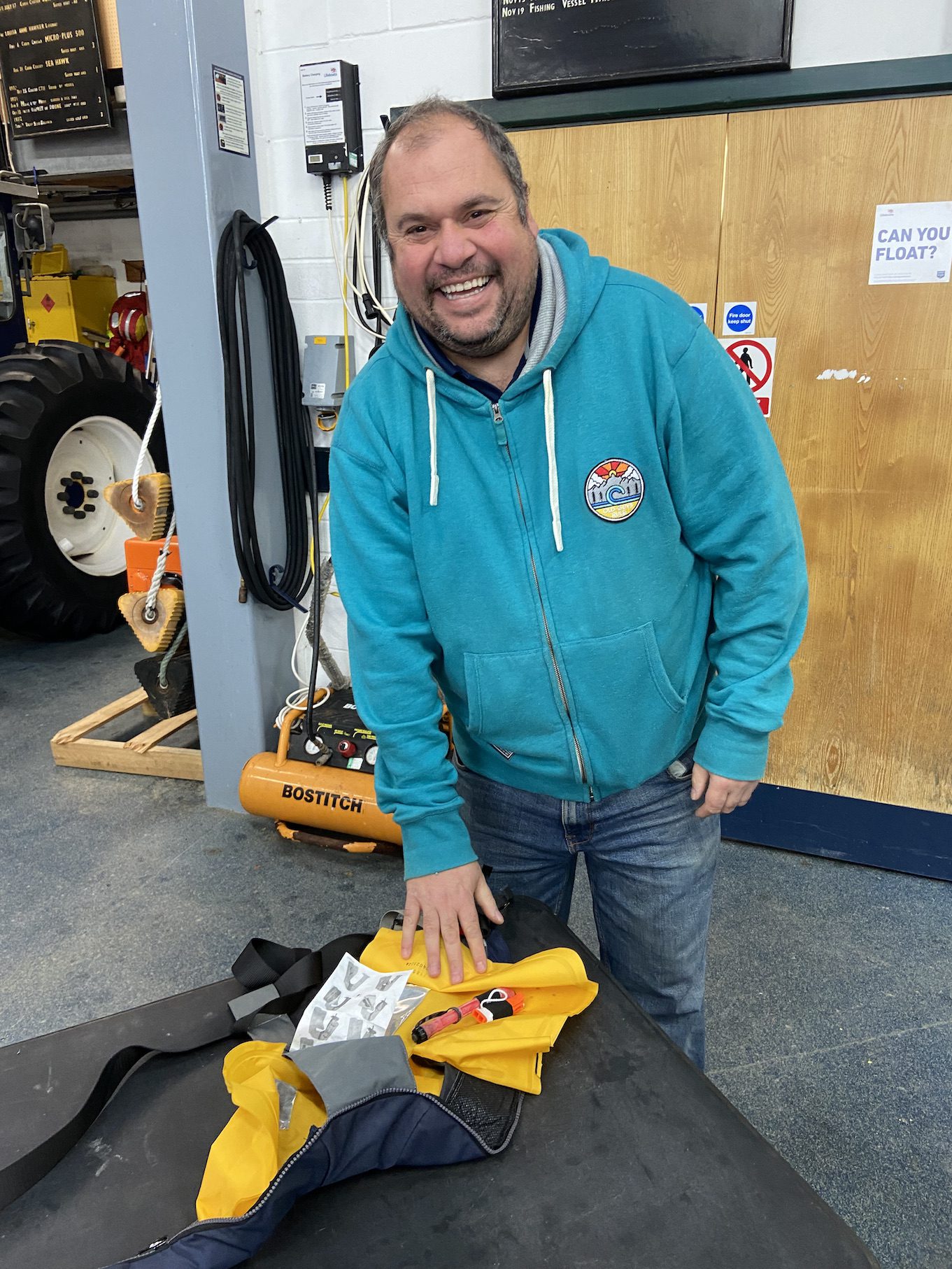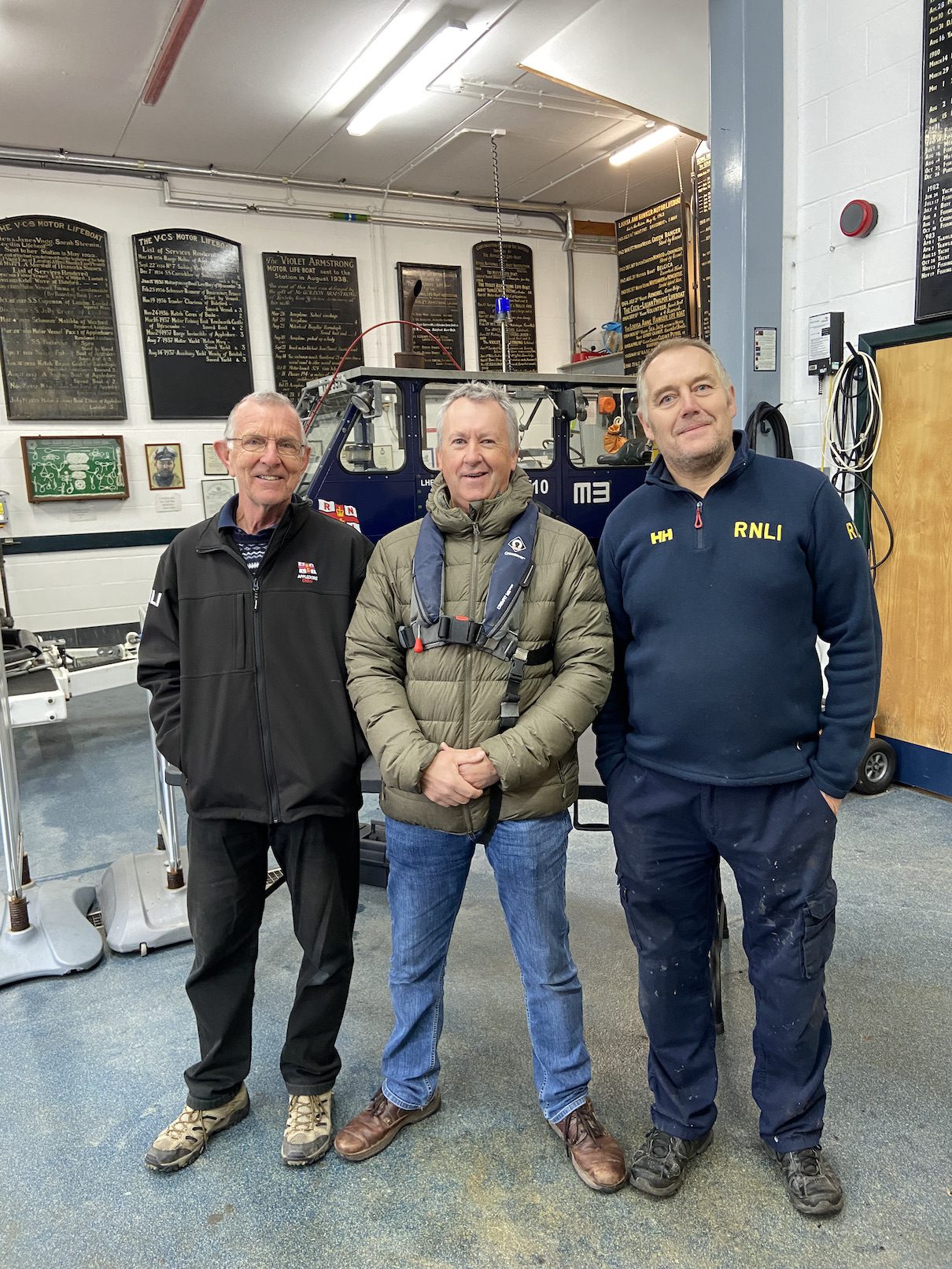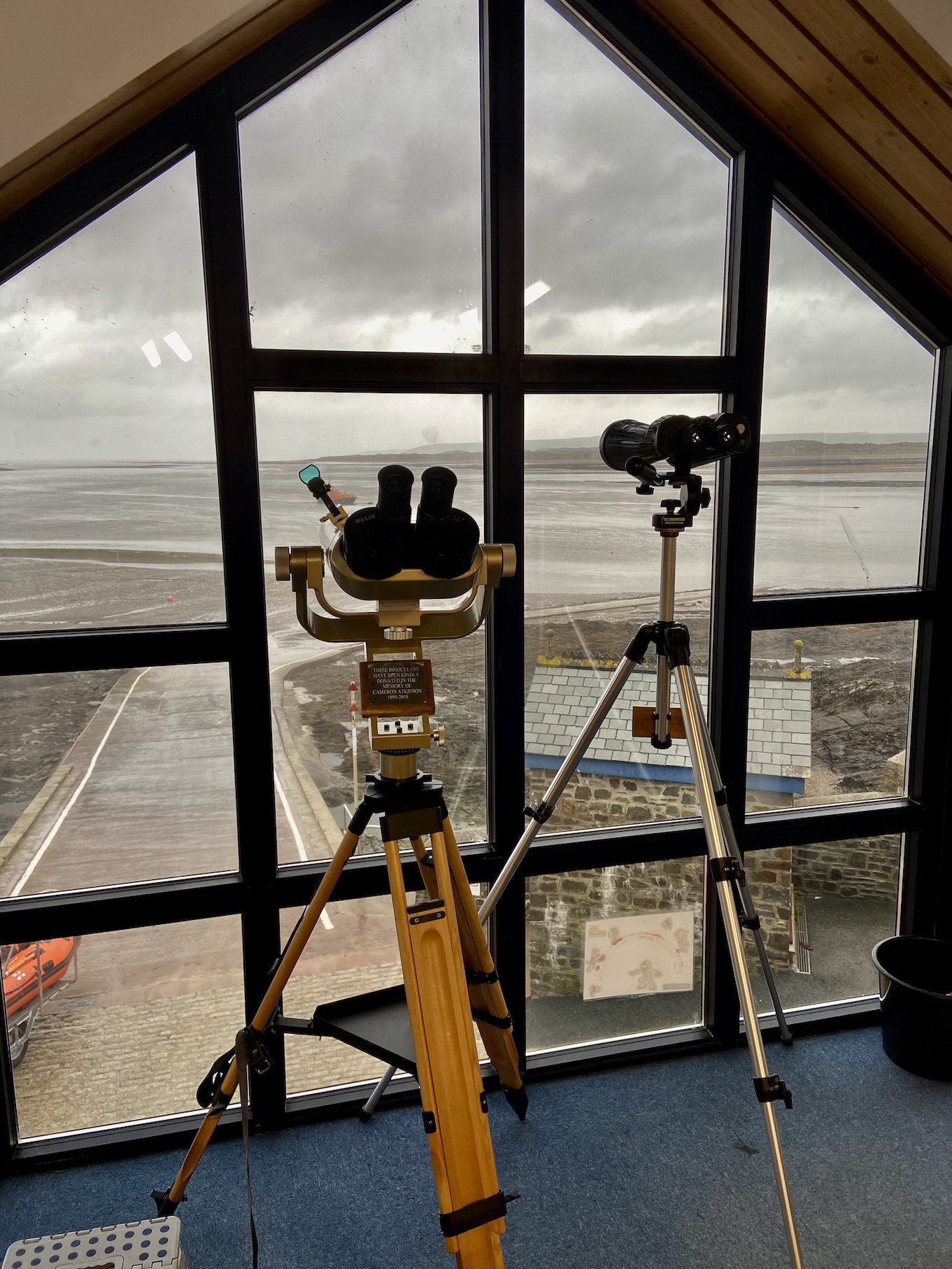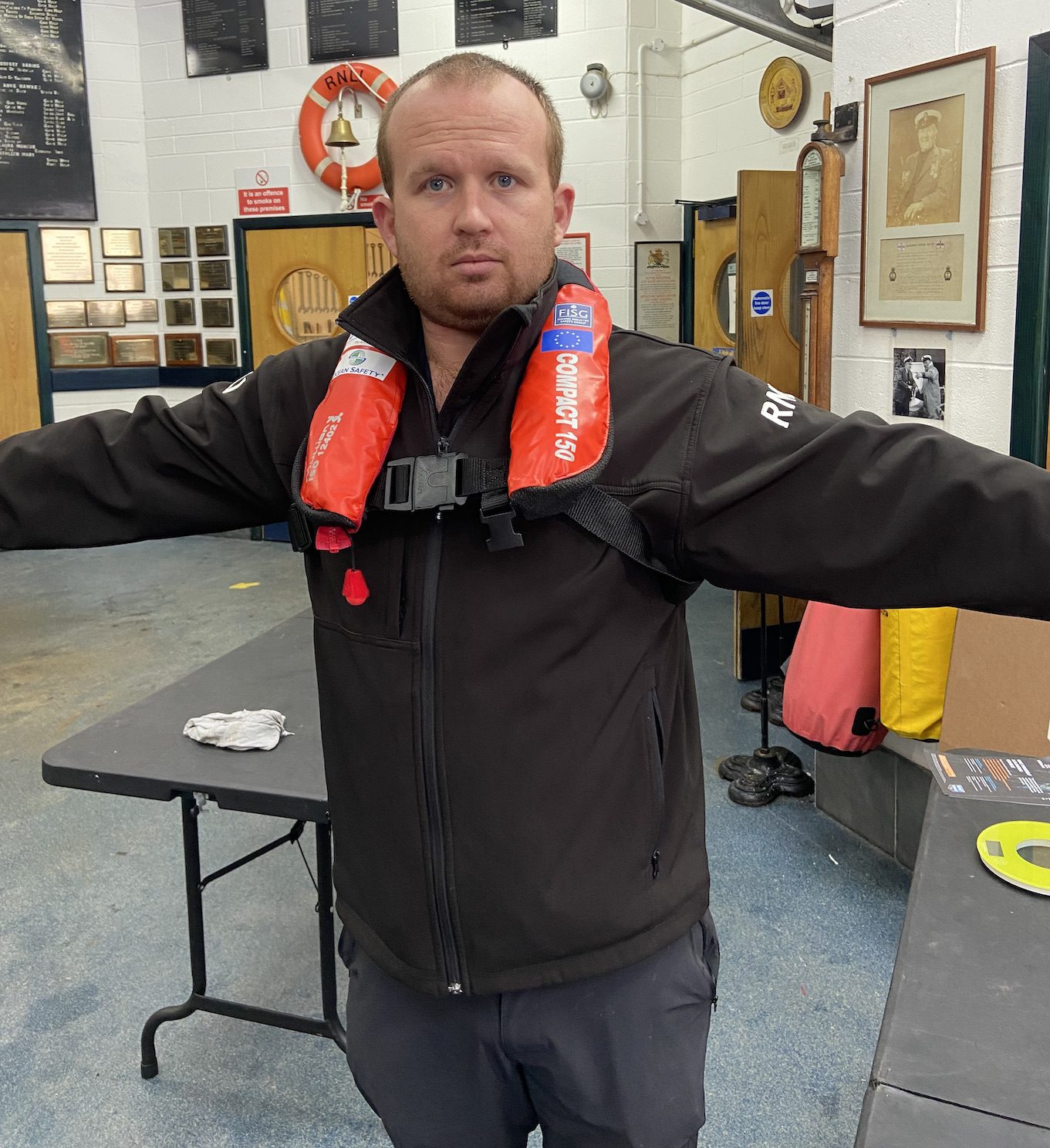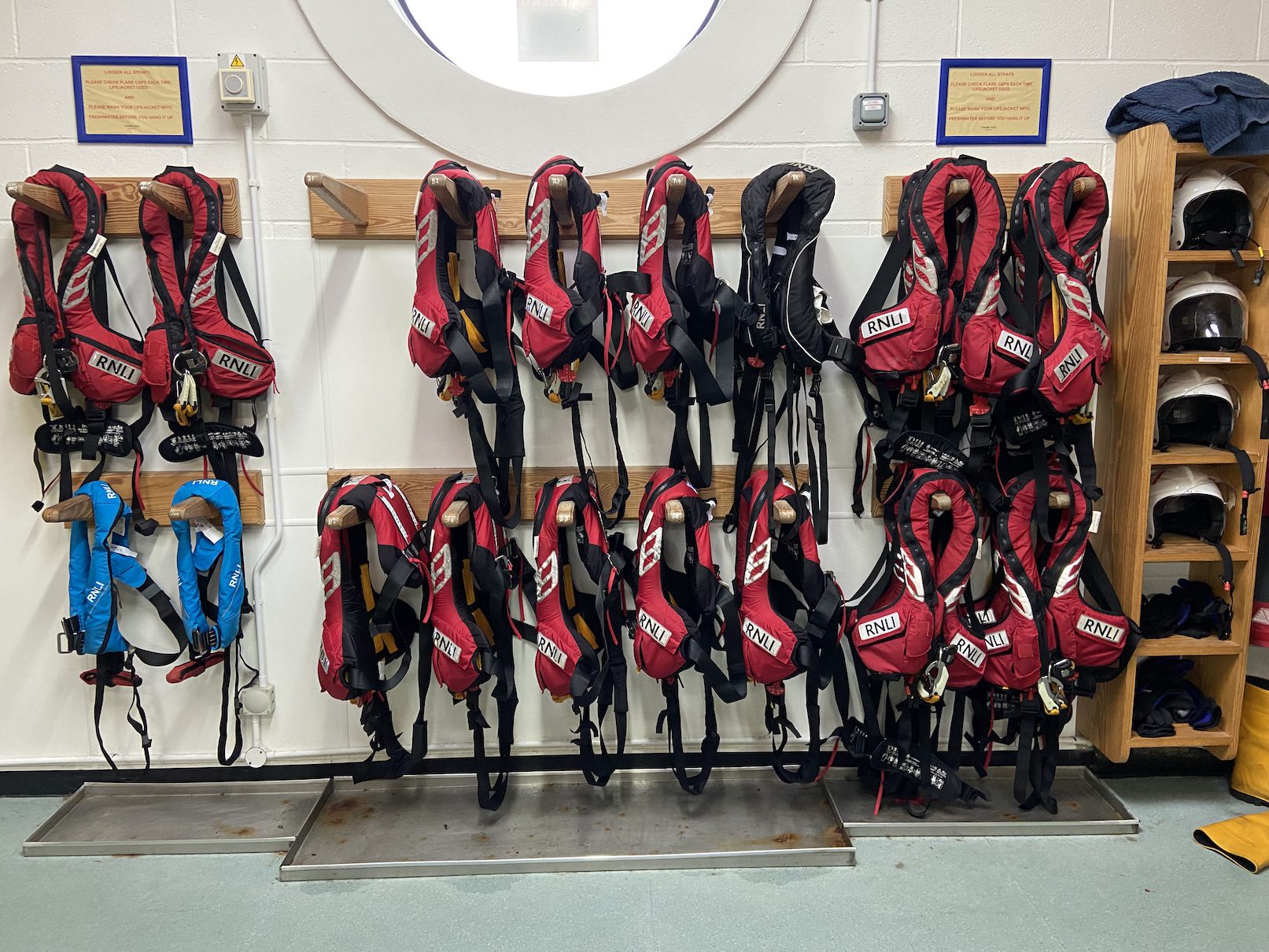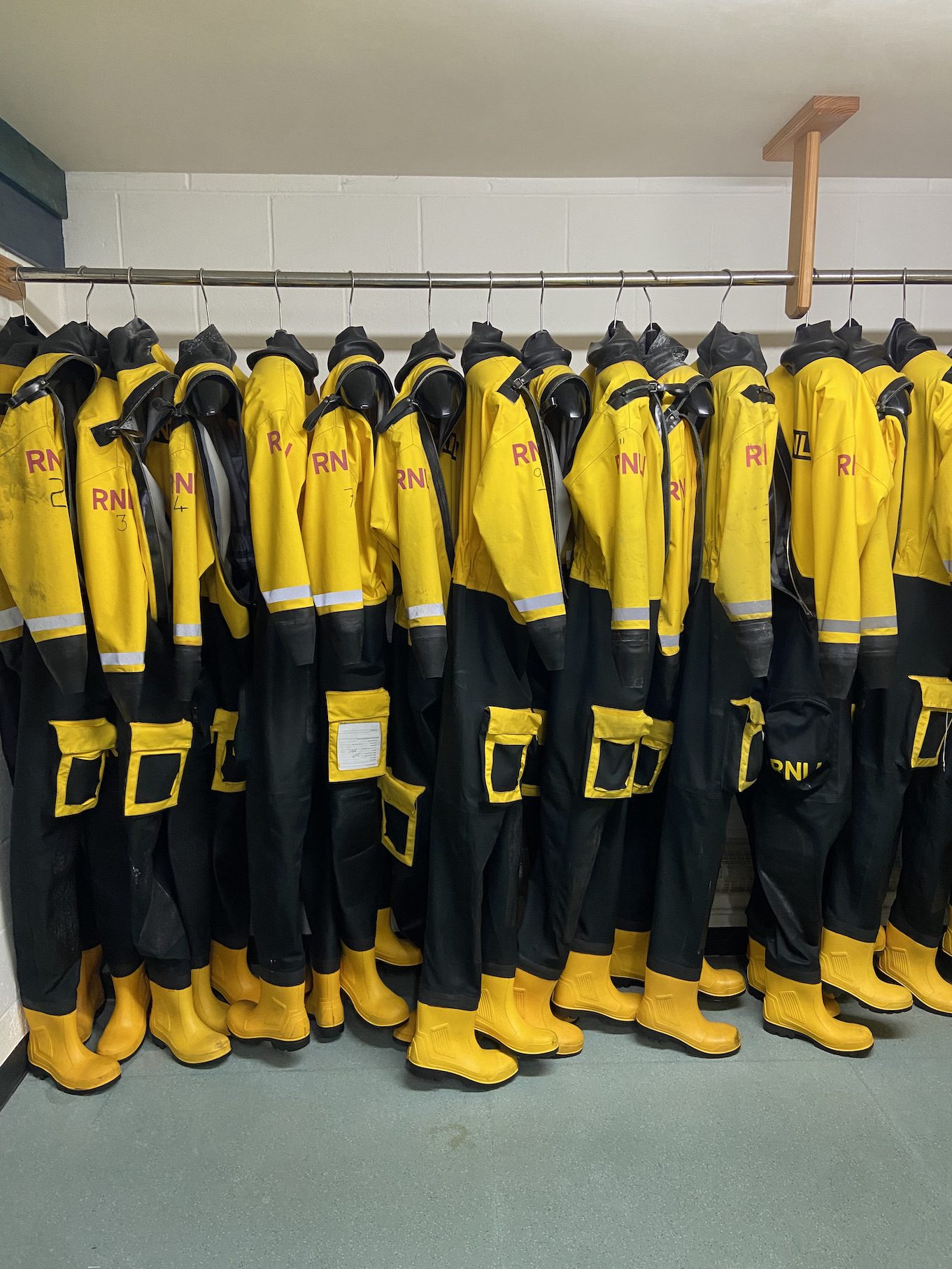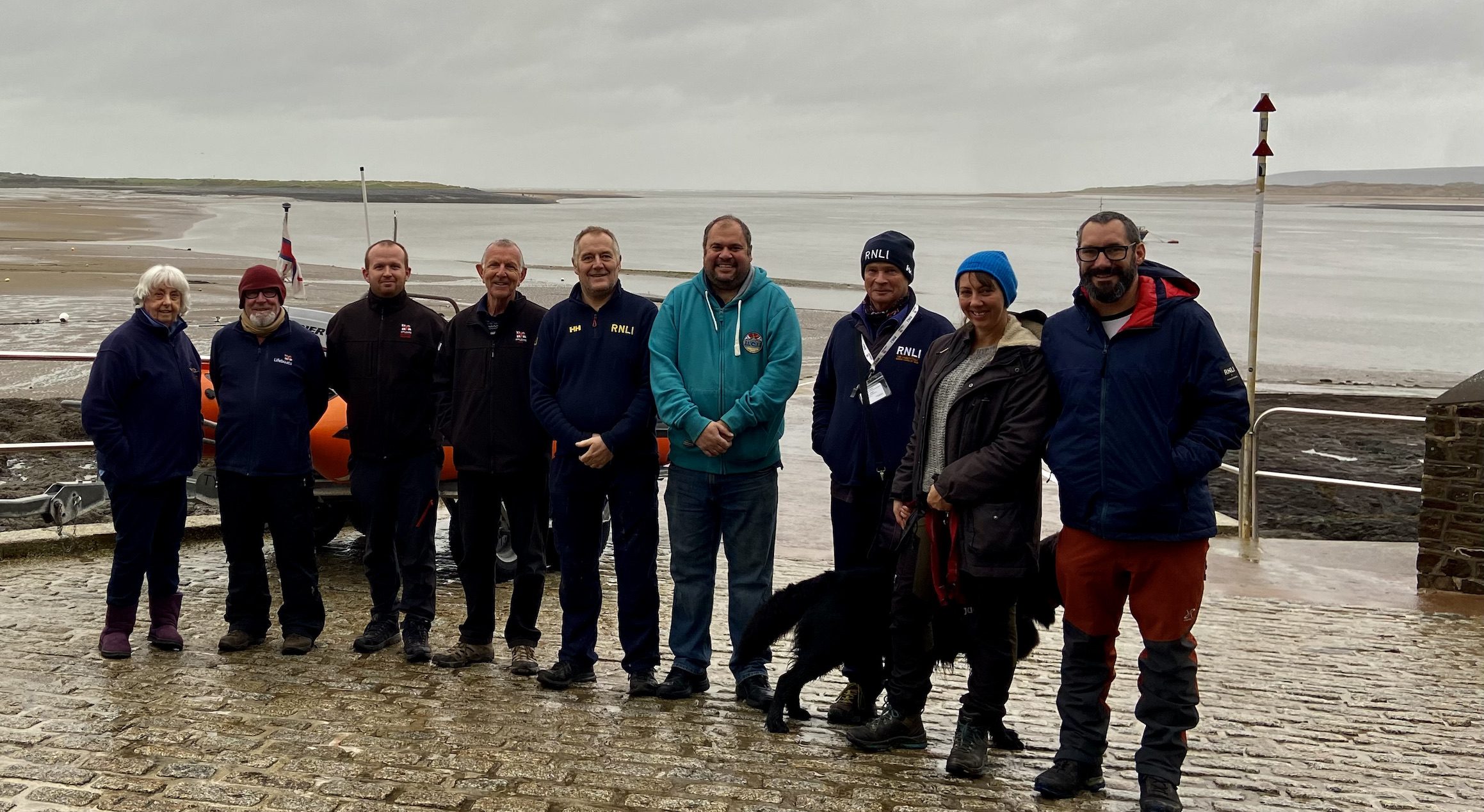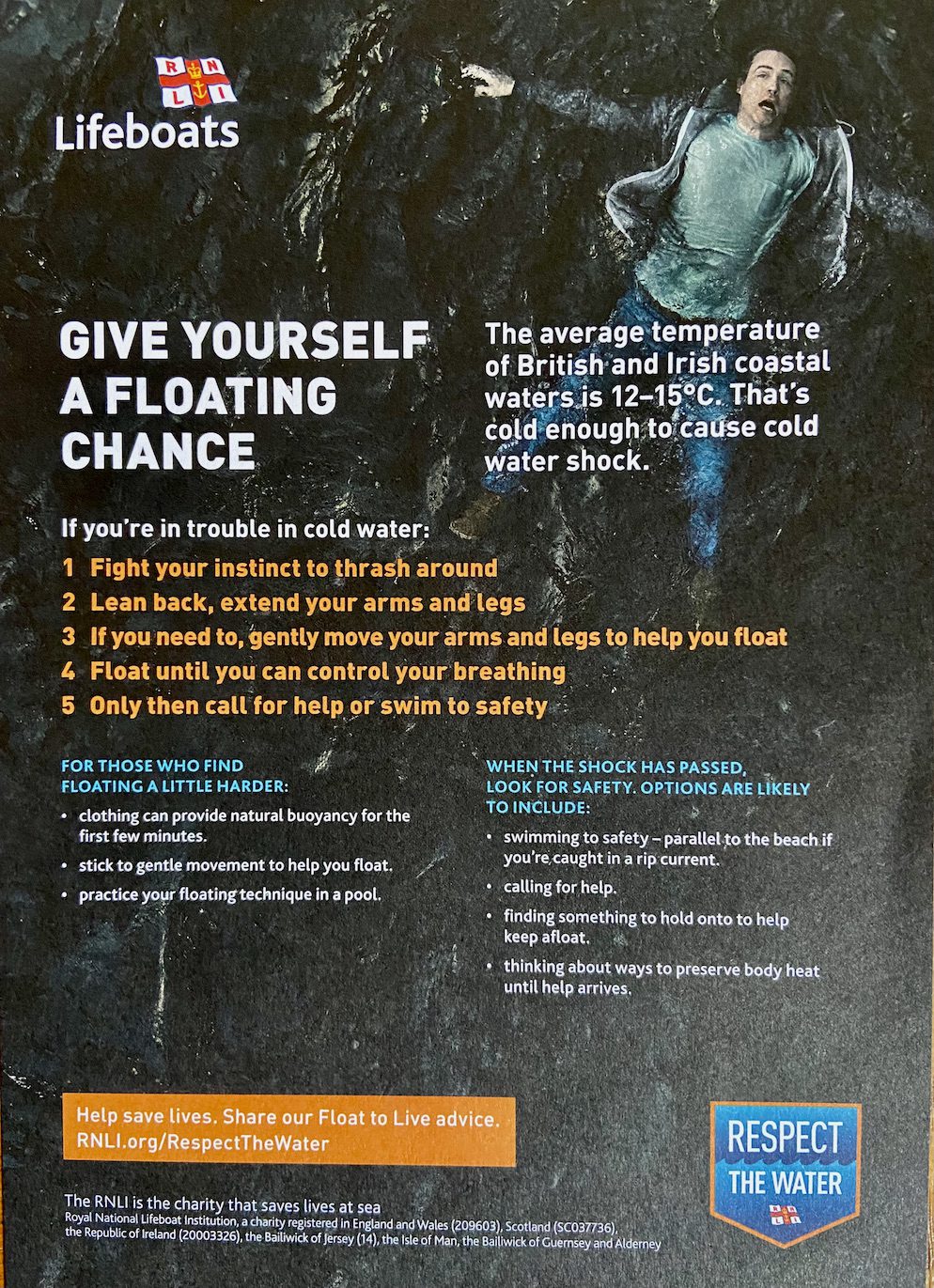I met Barry Bassnett on several occasions whilst fishing for trout at Blakewell Fishery. We exchanged stories of angling in North Devon and I was delighted to record some of Barry’s recollections in my book “ I Caught A Glimpse”. Barry recently expressed his opinion on fishing styles after I posted an image of static fishing. Fishing methods can to an extent be split between a trapping approach where the bait is positioned whilst the angler waits for an audible or visual indication before reeling in the fish. The other approach is to hold the rod and feel for the electrifying pull as the fish moves away with the bait or lure the angler driving the hook home with a strike. Many thanks to Barry for allowing me to reproduce his comments and recollections.
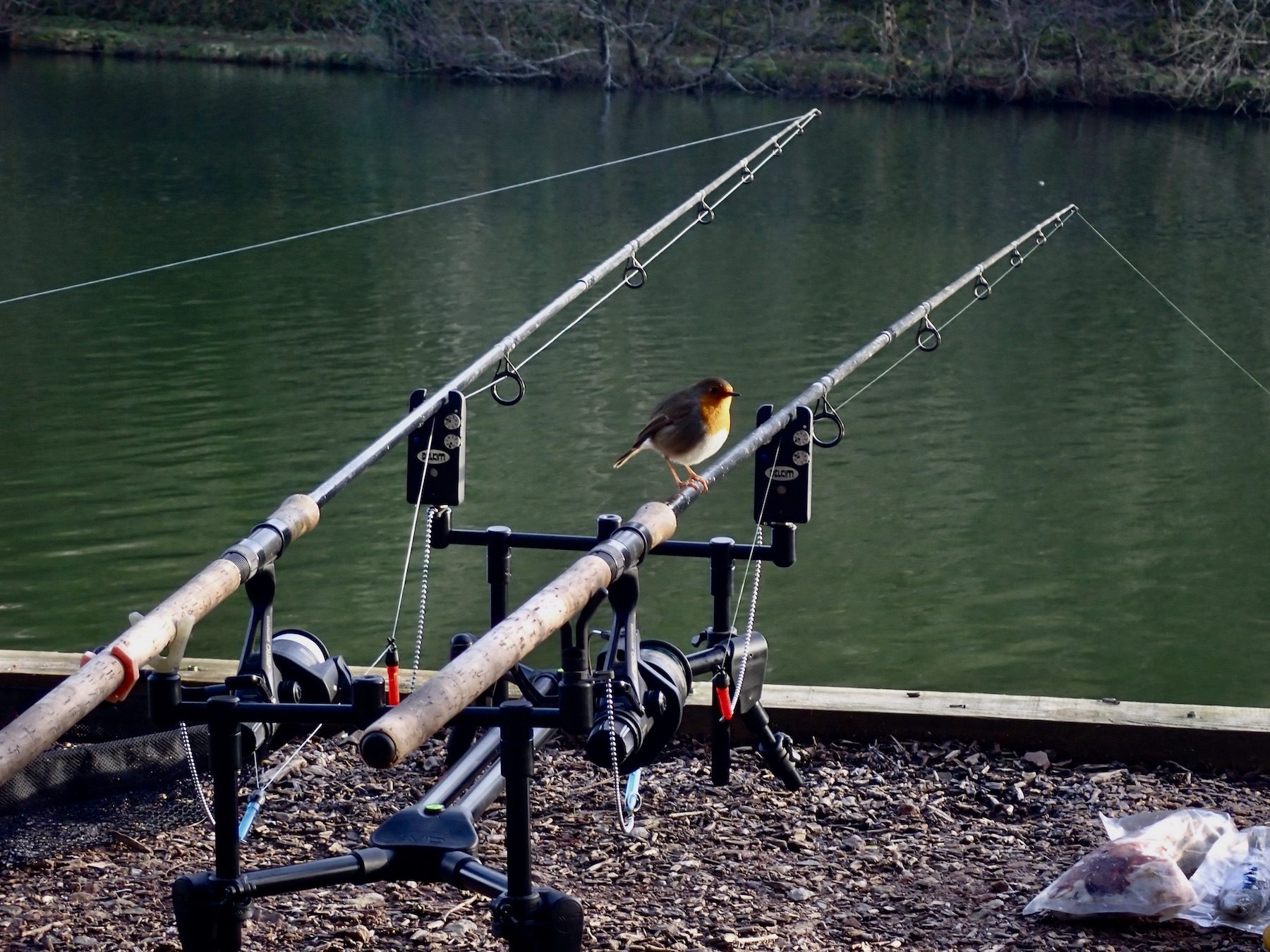
I use both approaches depending upon my preference or to what I think most likely to succeed. I remember my father preferring to hold the rod at all times waiting for that magical pull transmitted through the line. Barry’s comments and recollections are reproduced below.
A musical fish perhaps. Ha ha. But I can’t just sit there. Waiting for a buzzer to go off. It would drive me mad!!
I also can’t sea fish with a rod rest. I like the feel of a rod in my hand waiting for the bite. I want to lure fish this next summer. I’m hoping my neighbour Andy. Across the road will help me get started and I want to get out on the Lyn again .
I found out I’d got a Morecambe book about fishing. The Morecambe of Morecambe and Wise. It’s a brilliant book
And a great read.
I also have somewhere, an old book of old salmon fishing flies. I’ll have to try and find it some time.
Does Barnstaple have an angling club. And if it does what waters do they have and do they have many waters. And sections of the club is coarse fly and sea. Included.
Barnstaple & District Angling Club
https://barnstapledistrictangling.co.uk
Do you remember Bill Leg? A chap I fished with many many years ago.
We were with Owen another friend. It must have been in the seventies. We went to an open sea competition at Saunton. And there was a severe gale blowing. They decided to stop and cancel the competition. But our bunch decided they were all soft. So, we had to wade all the way to where we decided to fish .it was extremely hard going even up on the dunes was deep sea water. The wind was so strong. All along the beach we were wading in our waders. The water knee high.
When we decided we’d trudged far enough to start fishing. We got set up with four ounce weights on the end and started to cast
But however hard we tried to throw the weights out they ended up on the beach behind us. The odd one did get into the waves a couple of yards out.
Of course, eventually we had to give up it was humiliating as we had told the rest we were going to fish it. As it couldn’t beat us.
It was a struggle to get all our stuff in hand and make our way back to Owens car. It seemed miles in the very strong gale. Walking against the wind. We got back to the car soaked and shattered. And totally beaten.
It was so great to be let out of the car outside my home.
And into the warm again.
I learned my lesson .
It was years after since I was young and had fallen into the river East Lyn. And spent the day with wet clothes on And soggy socks. Fishing.
But this experience was far worse. I don’t let myself get soaking wet now. I’ve a full waterproof suit now. That floats me.
Happy memories. I often sit and smile of my times in the water. When I’ve fallen in or been out in storms too stupid to give in and stop fishing.
And I now also stop fishing during lightening storms.
But in the early days I was using my mother’s old greenheart fly rod. That was safer it was only six foot six long and a great rod for under the low trees and bushes on the Lyn on our own stretch. Casting over my shoulder with my right hand. Holding the rod. That was back when I lived at Millslade in Brendon. I used to get a lot of free flies on the Lyn back then when there were loads of visitors staying at the Staghunters. And they used to lose their flies up in the trees and bushes from where I collected them.

Oh, happy days! Back then the Staghunter’s rented all the Halliday water . The water now known as the Glenthorne fishery was connected to Glenthorne down beside the sea below county gate. My great grandfather. Used to be the butler at Glenthorne before he bought the three cottages that he turned into the Staghunters Inn hotel in Brendon. Of course, that did mean I got to fish all of the East Lyn for free plus we had two fields with our own fishing with Millslade. It was paradise for me for all my childhood days. I so miss it now.
It’s such great memories. And I fell into the east Lyn many times. When I was young or got a boot full of water.
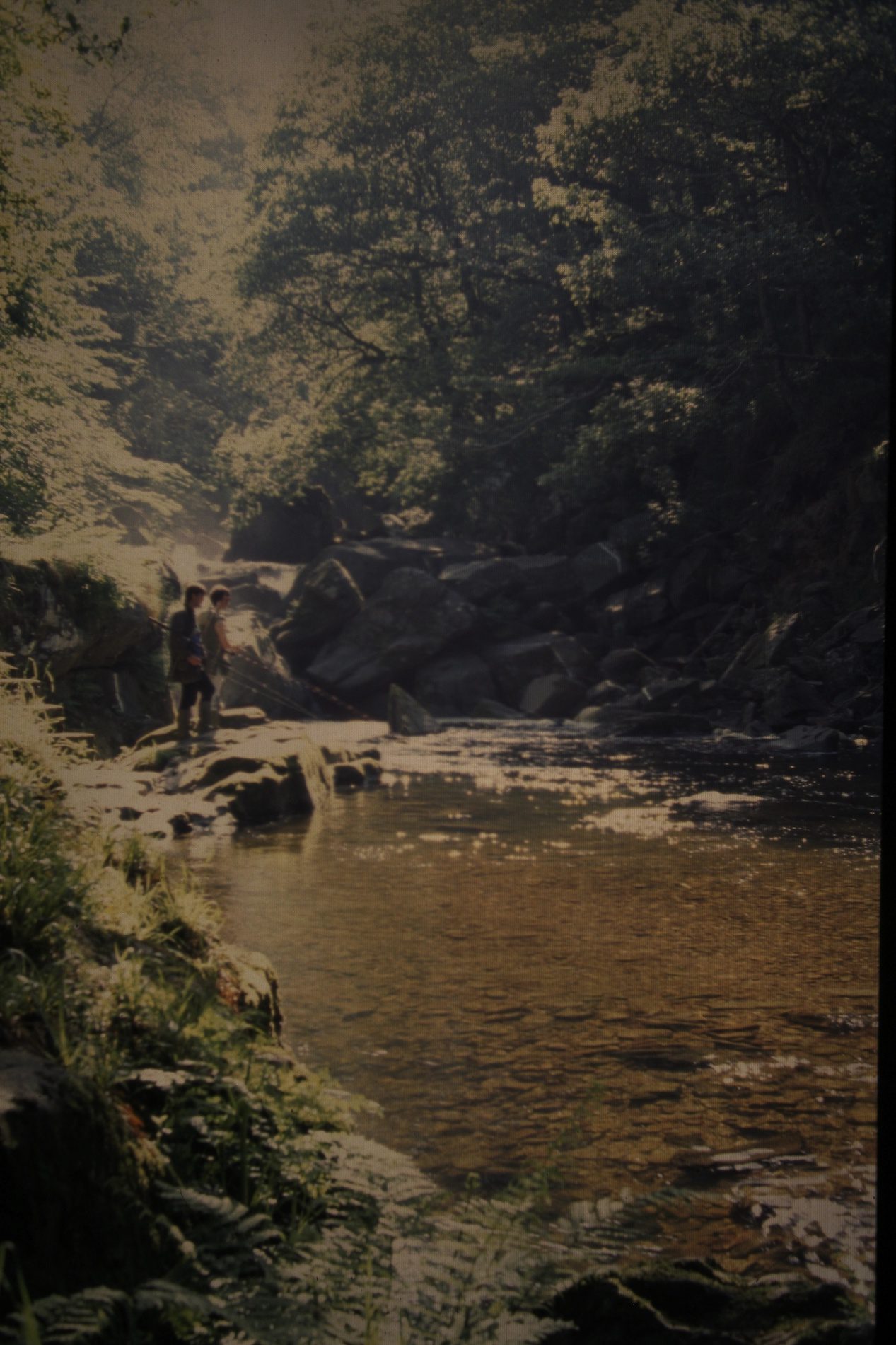
On one occasion I was in the field opposite Leaford. One field up and I was stood on a narrow pointed stone and one of the old hunter air craft flew up the valley extremely low. Just above me and I lost my Ballance. And of course, fell in. .and again was wet for most of the day. My feet didn’t dry out. .but if I went home to change my father would put me to work. Again. Mowing the lawn or gardening or cleaning the shippens out moved a huge amount of cow muck over the years. When I was young on to a large heap to rot down a bit for the fields and the veg garden .
Take care Barry
